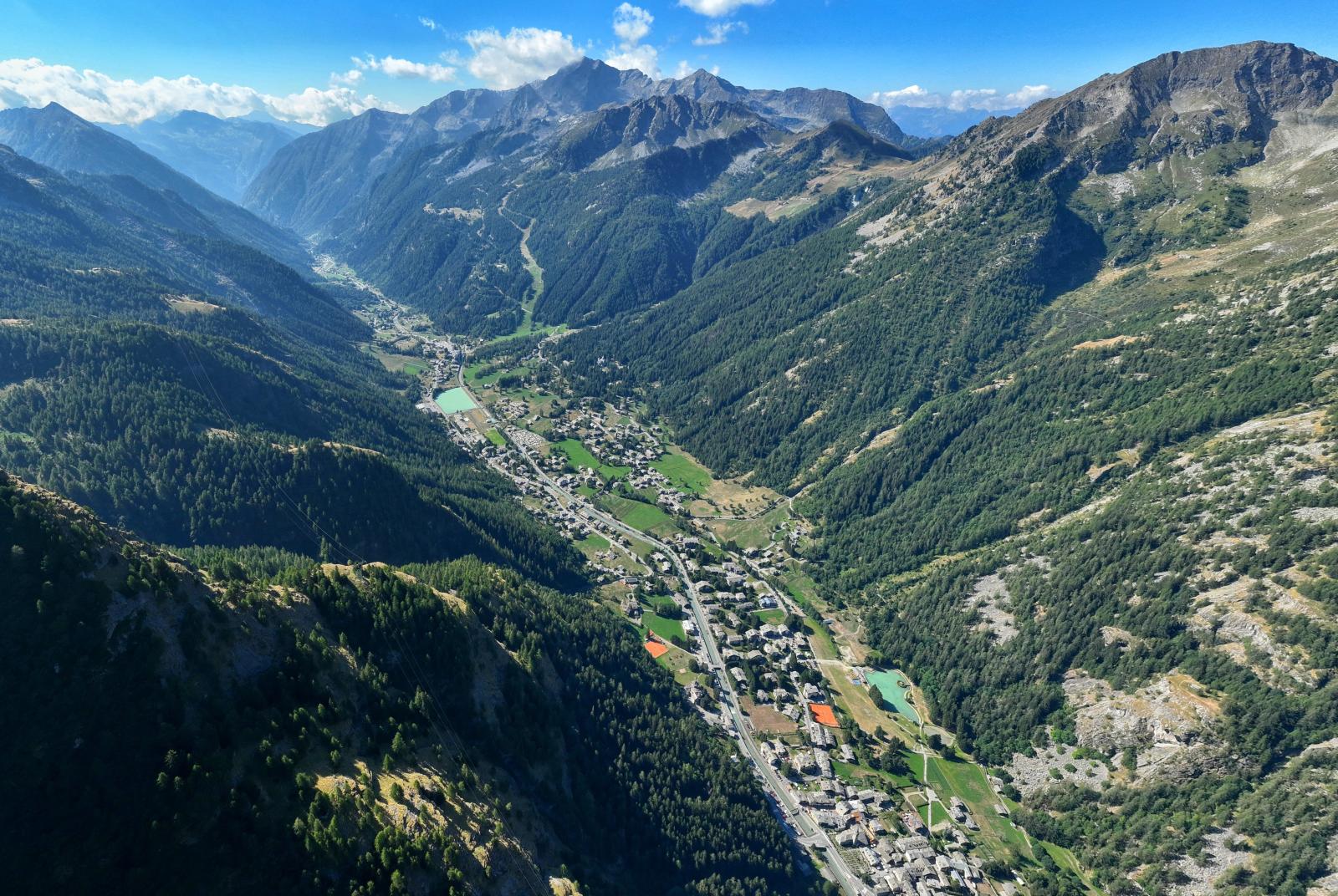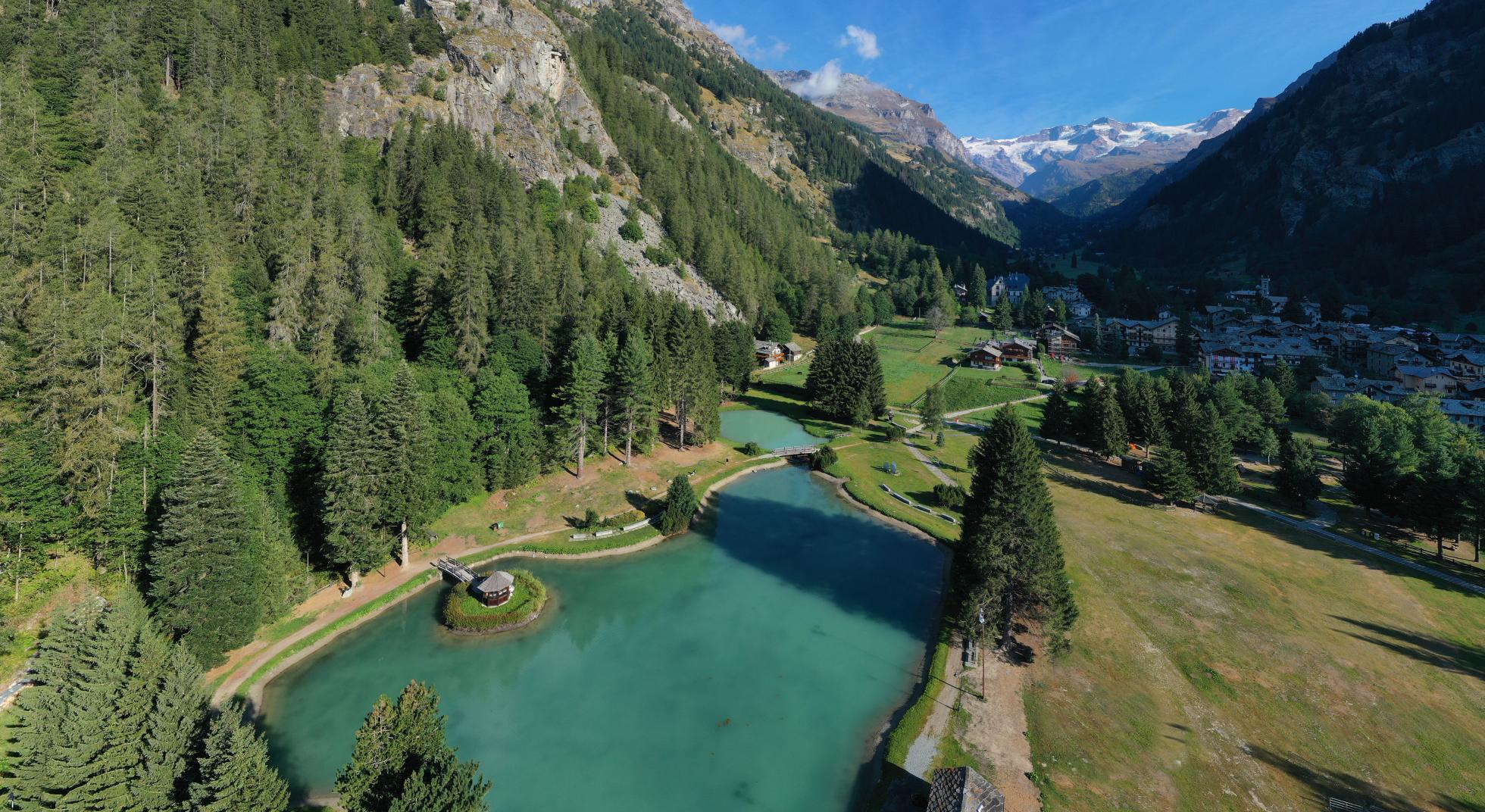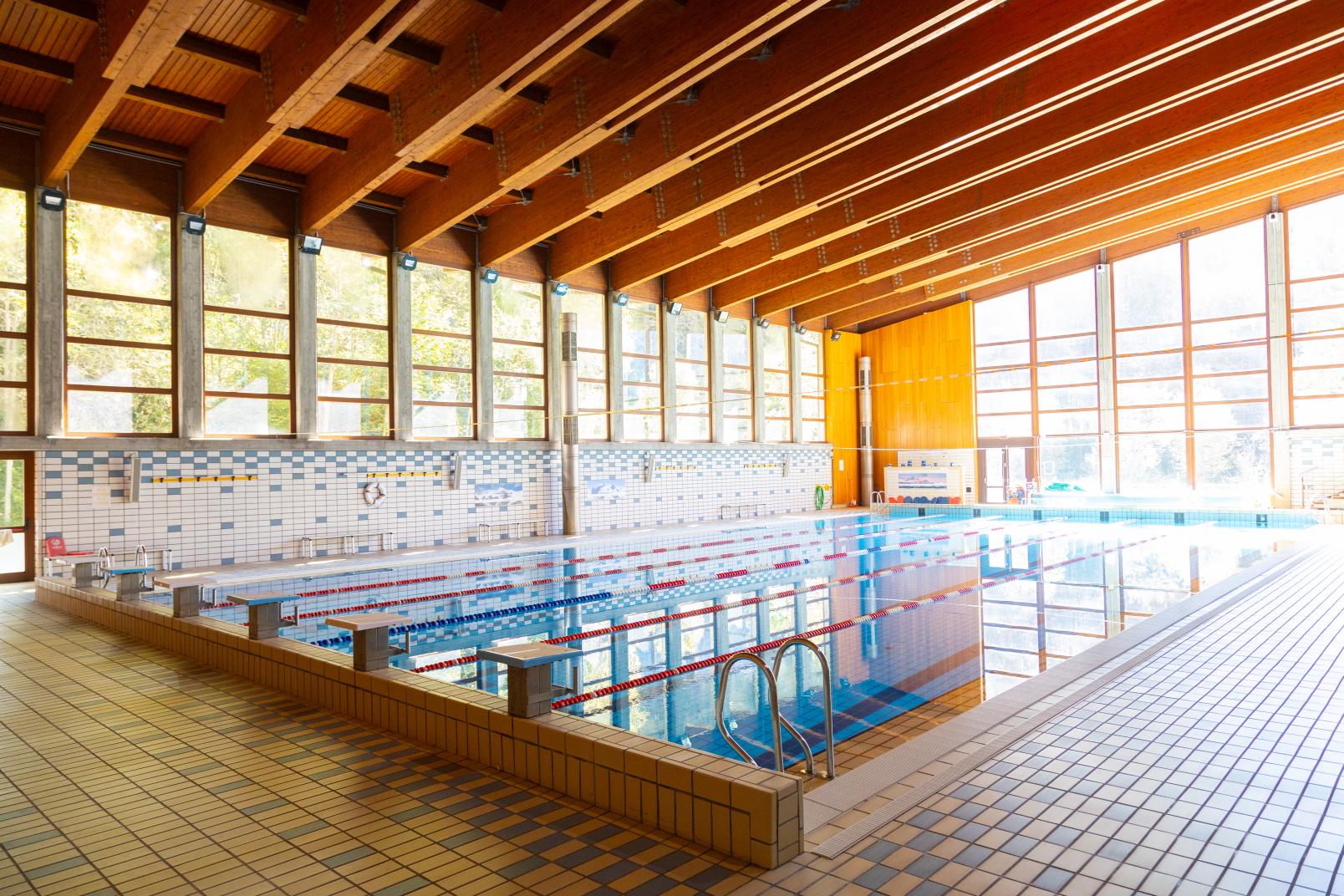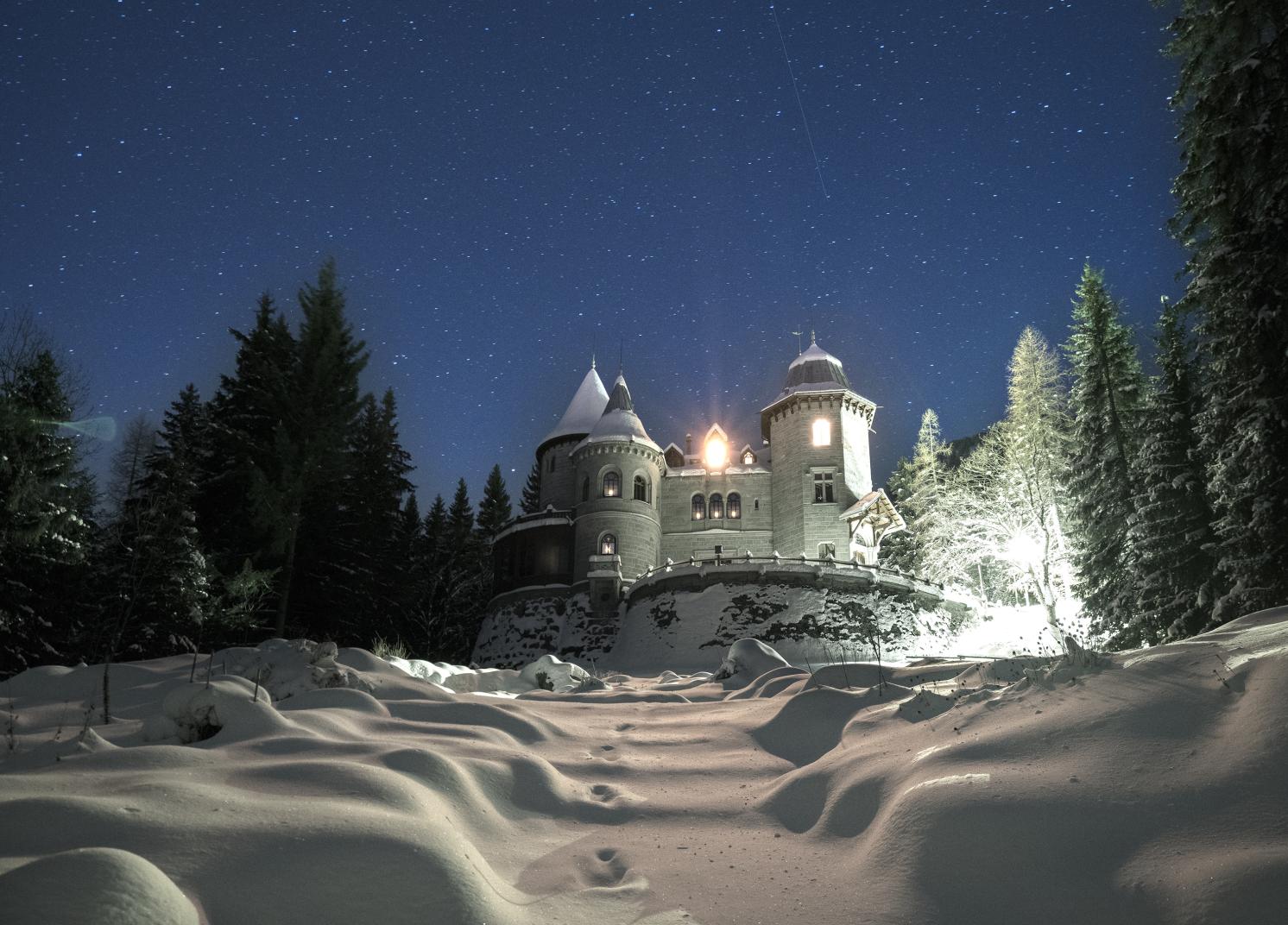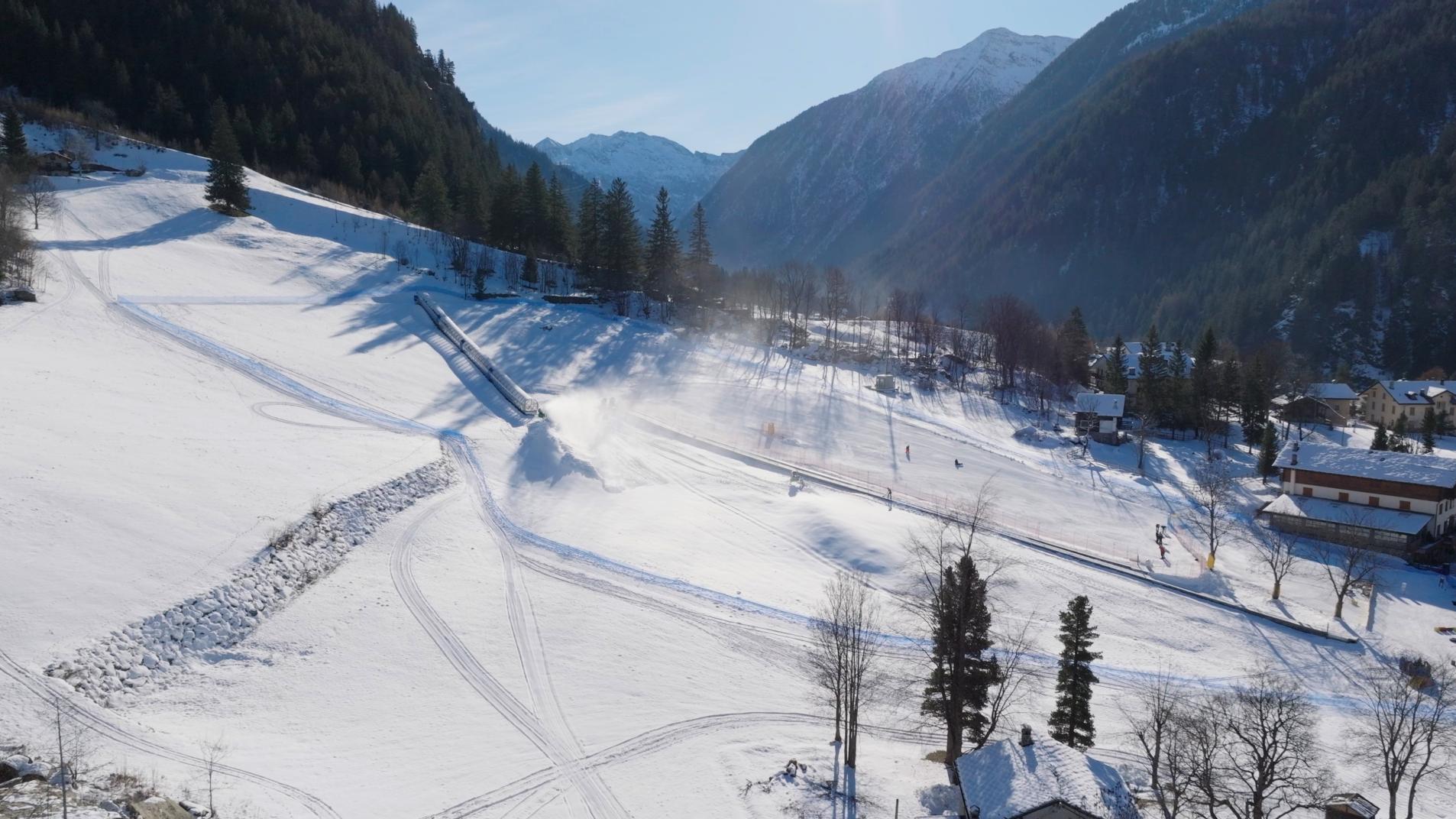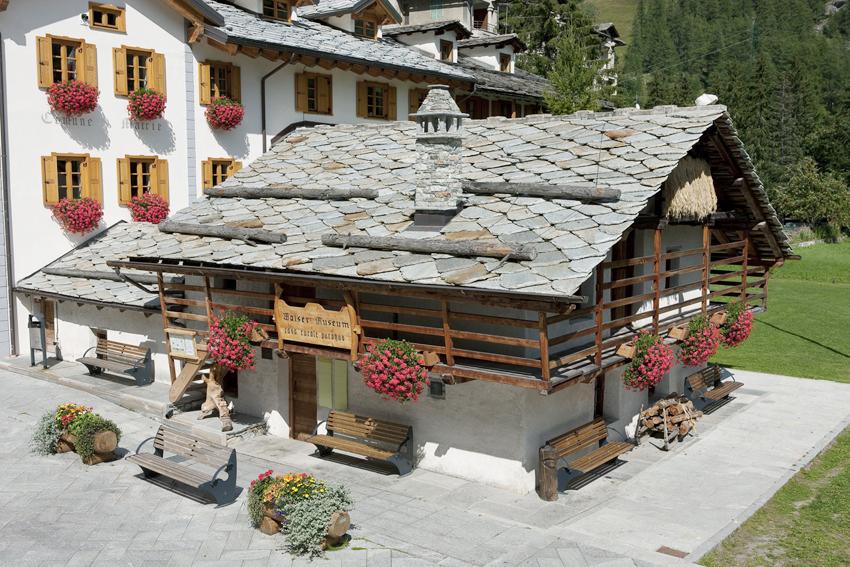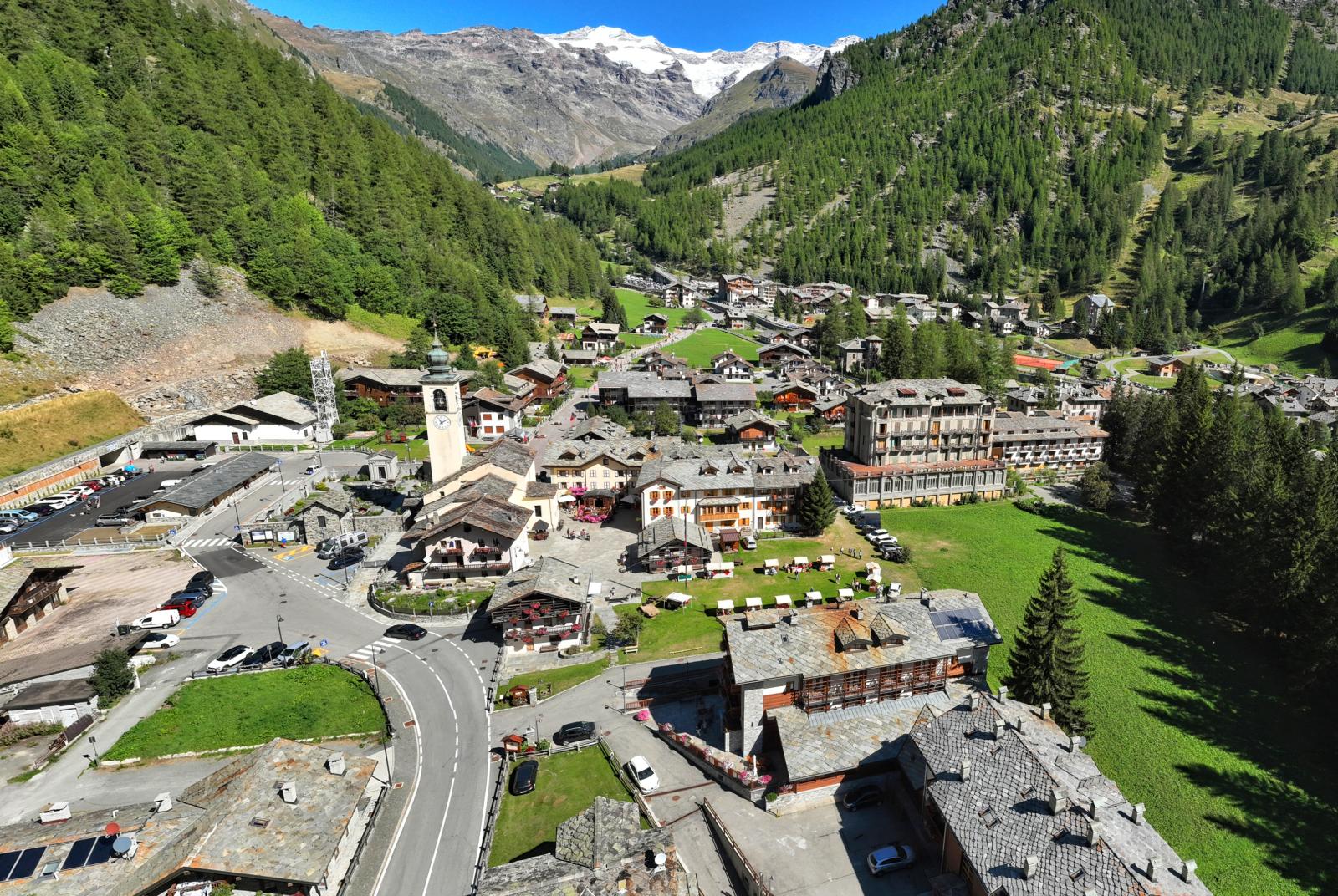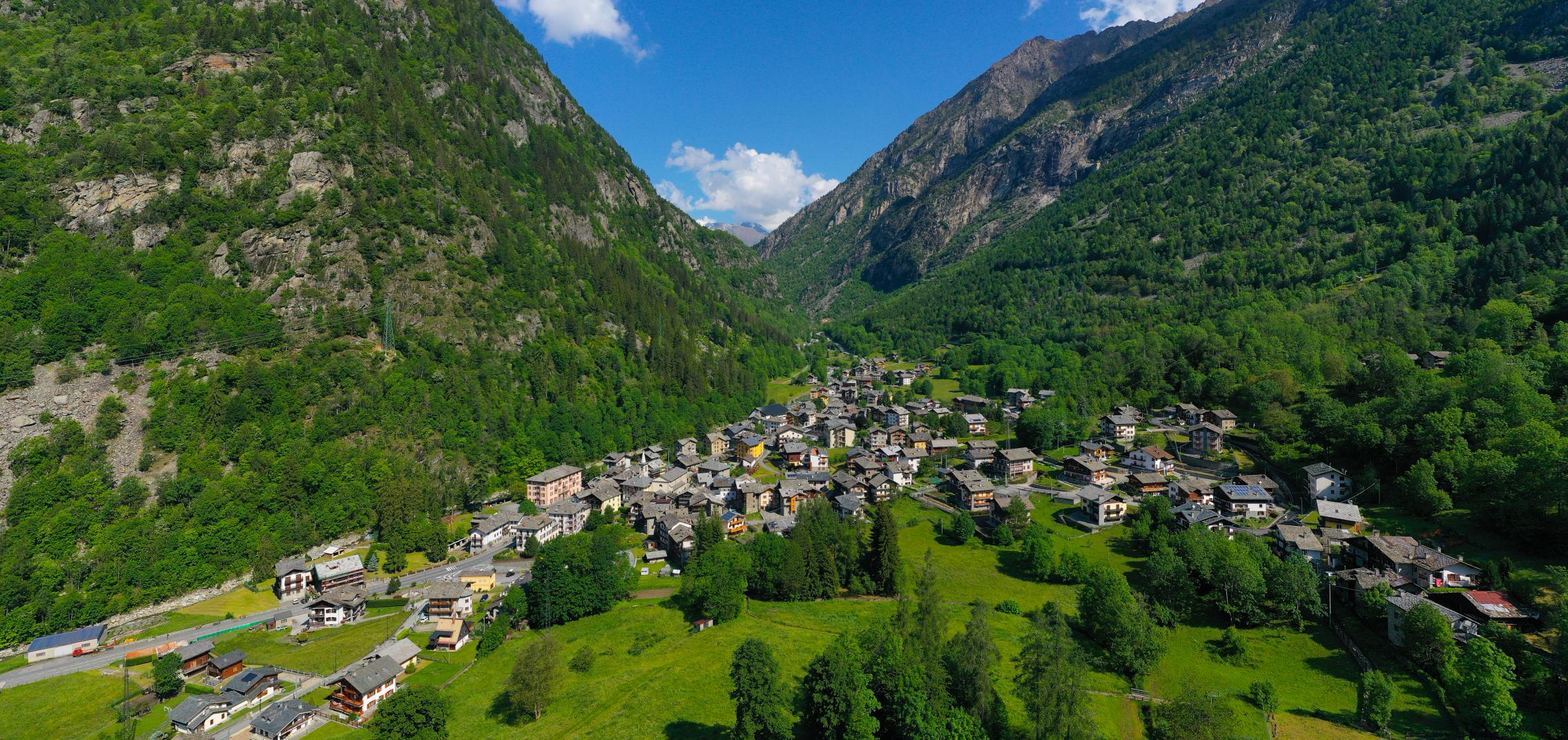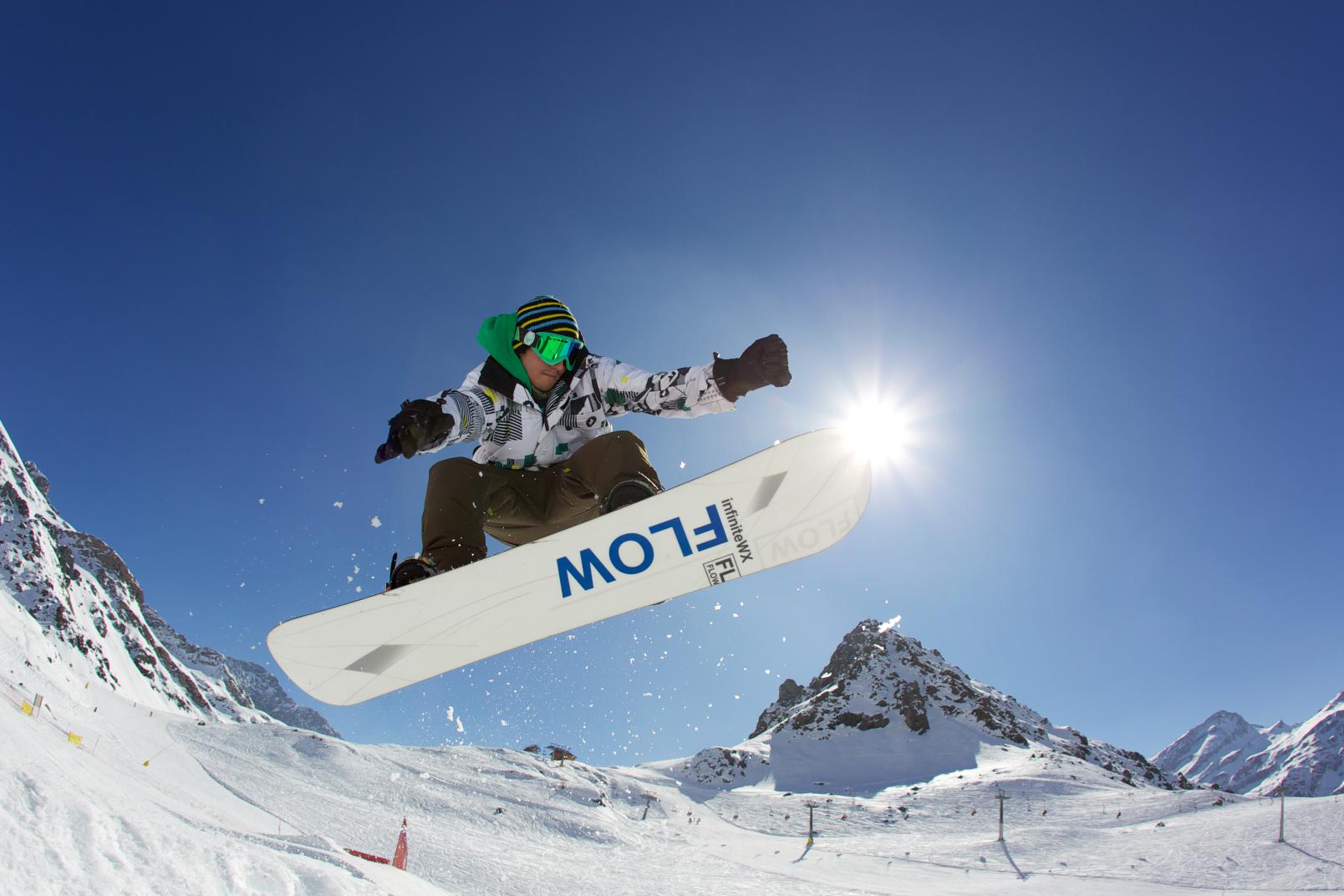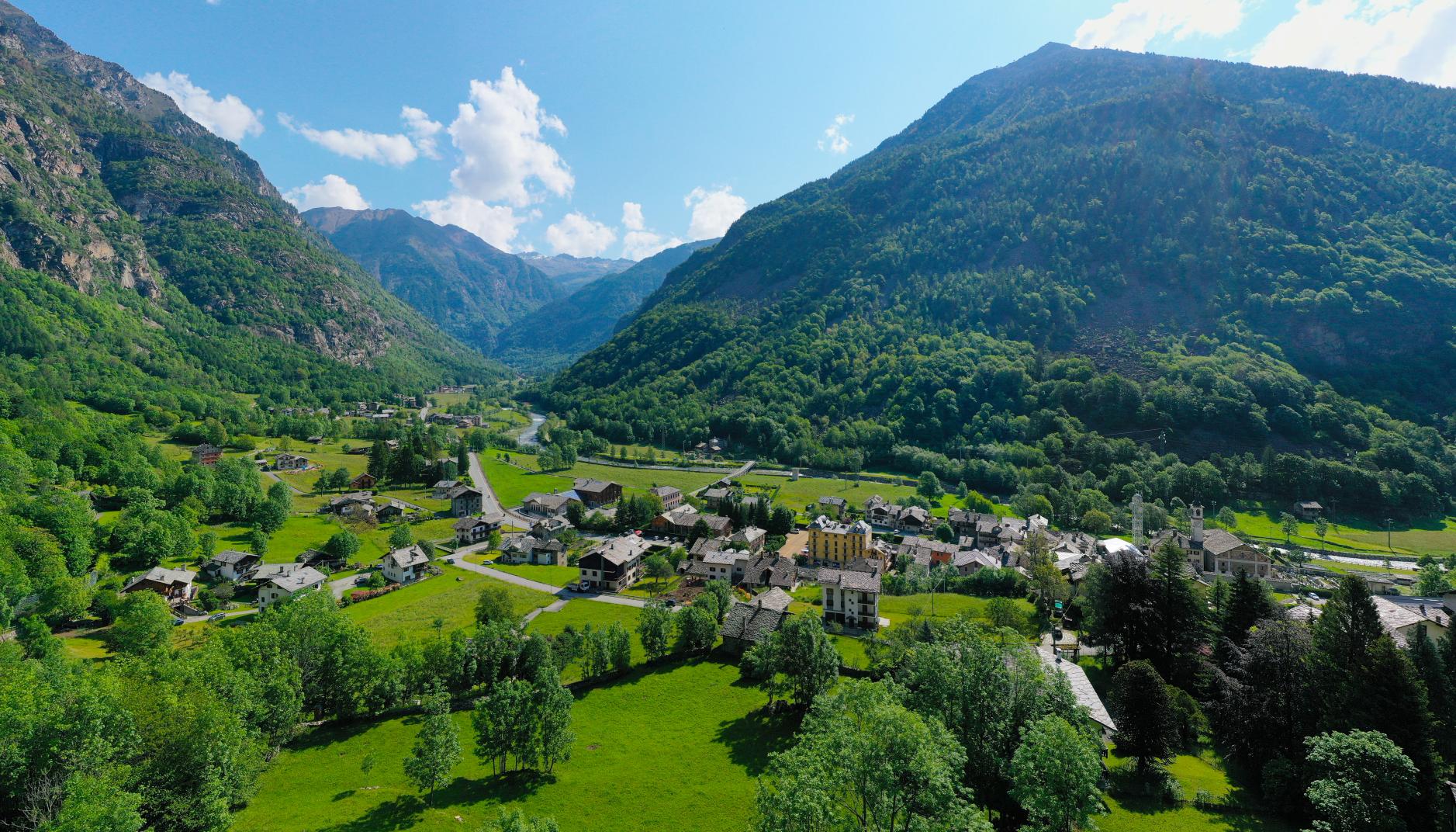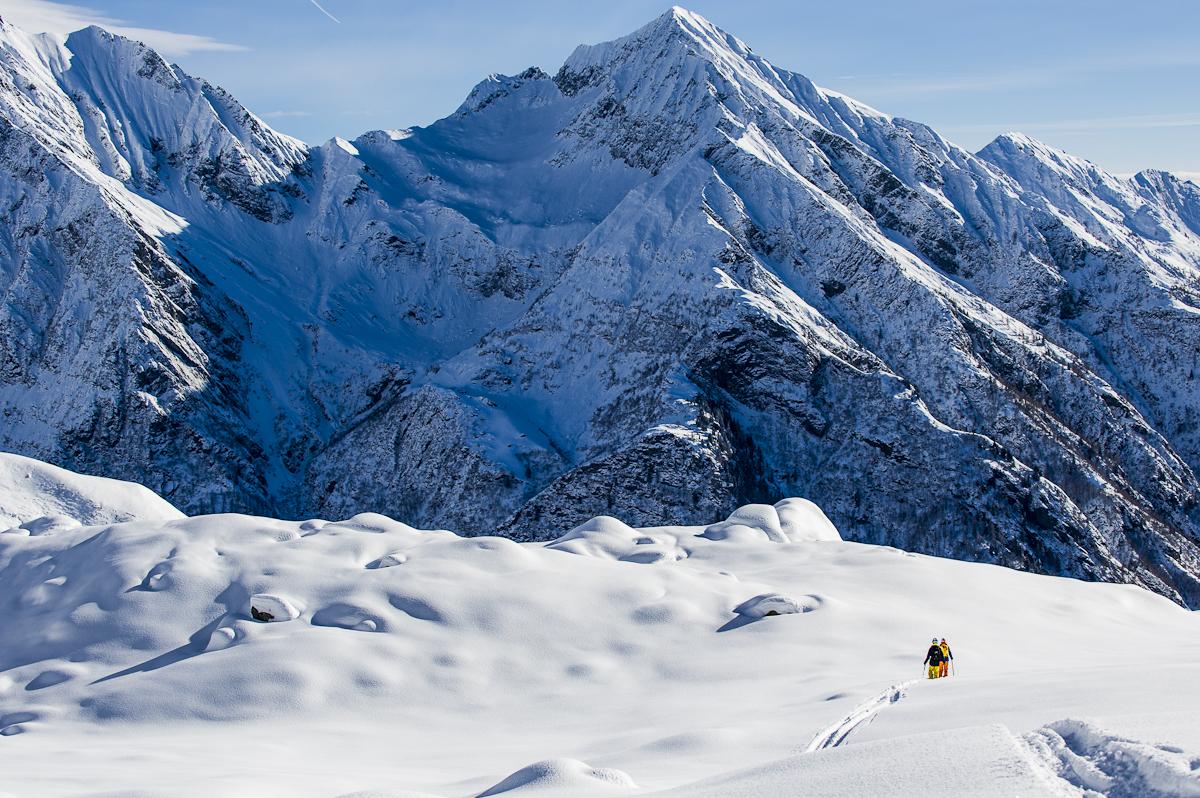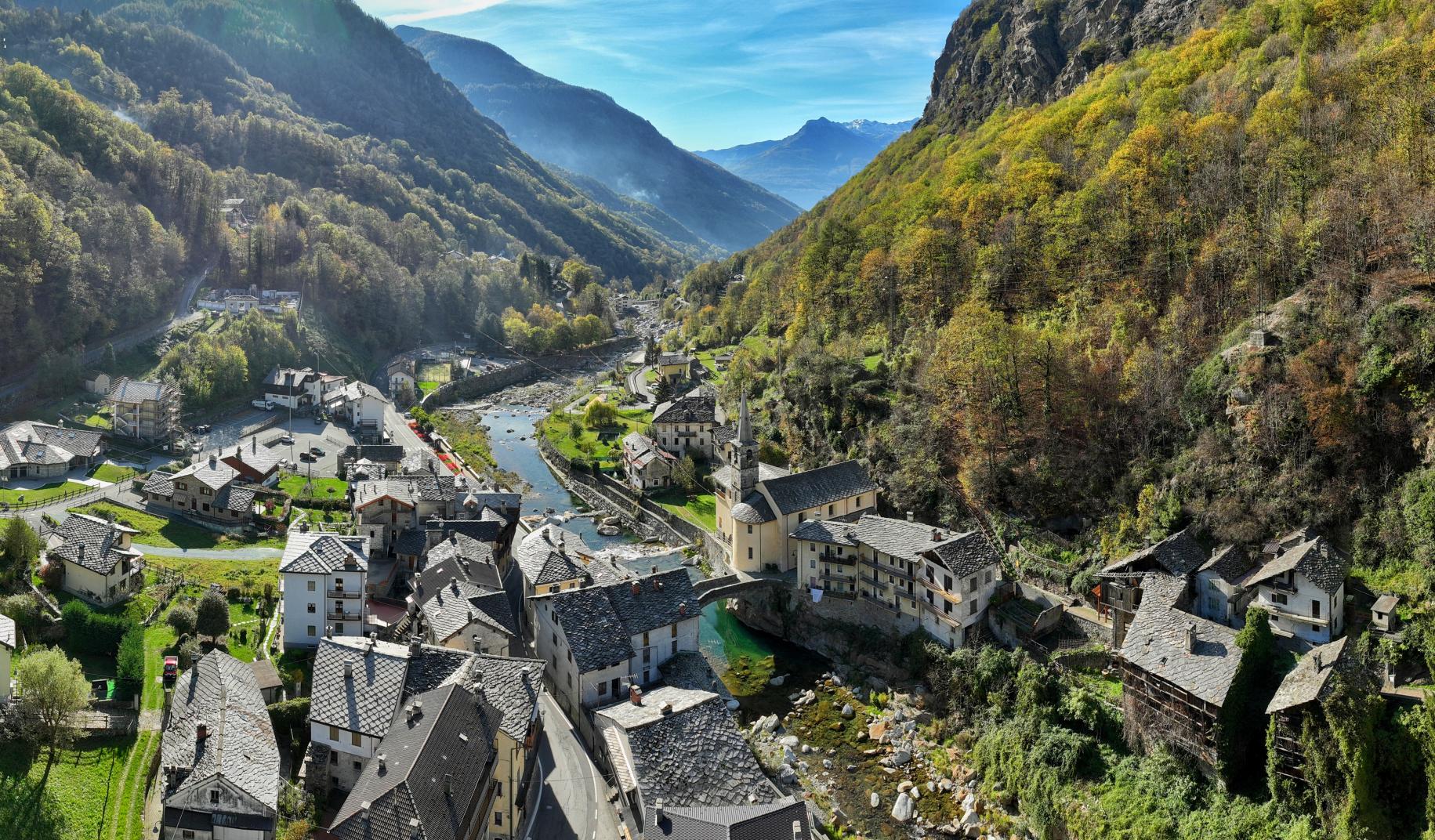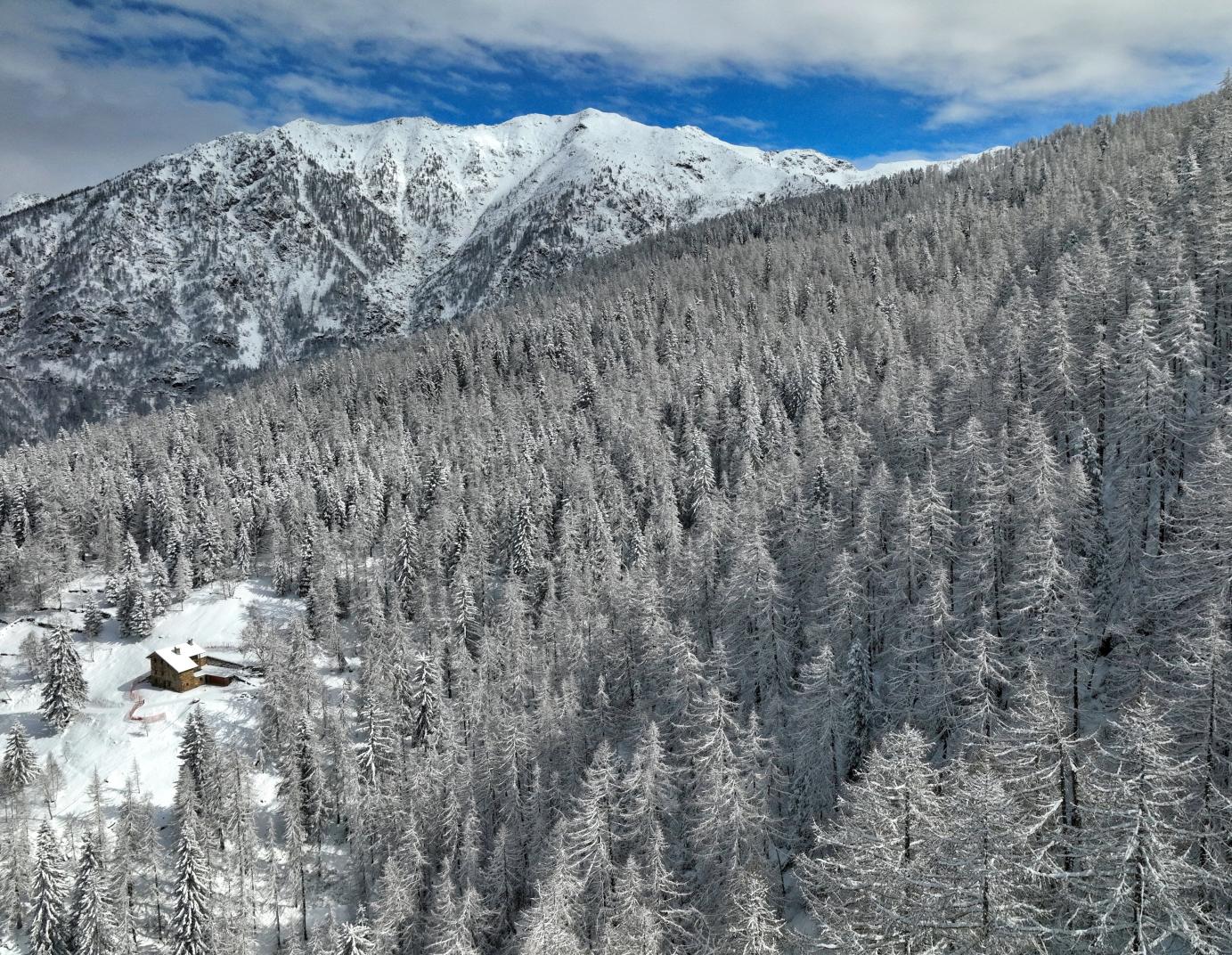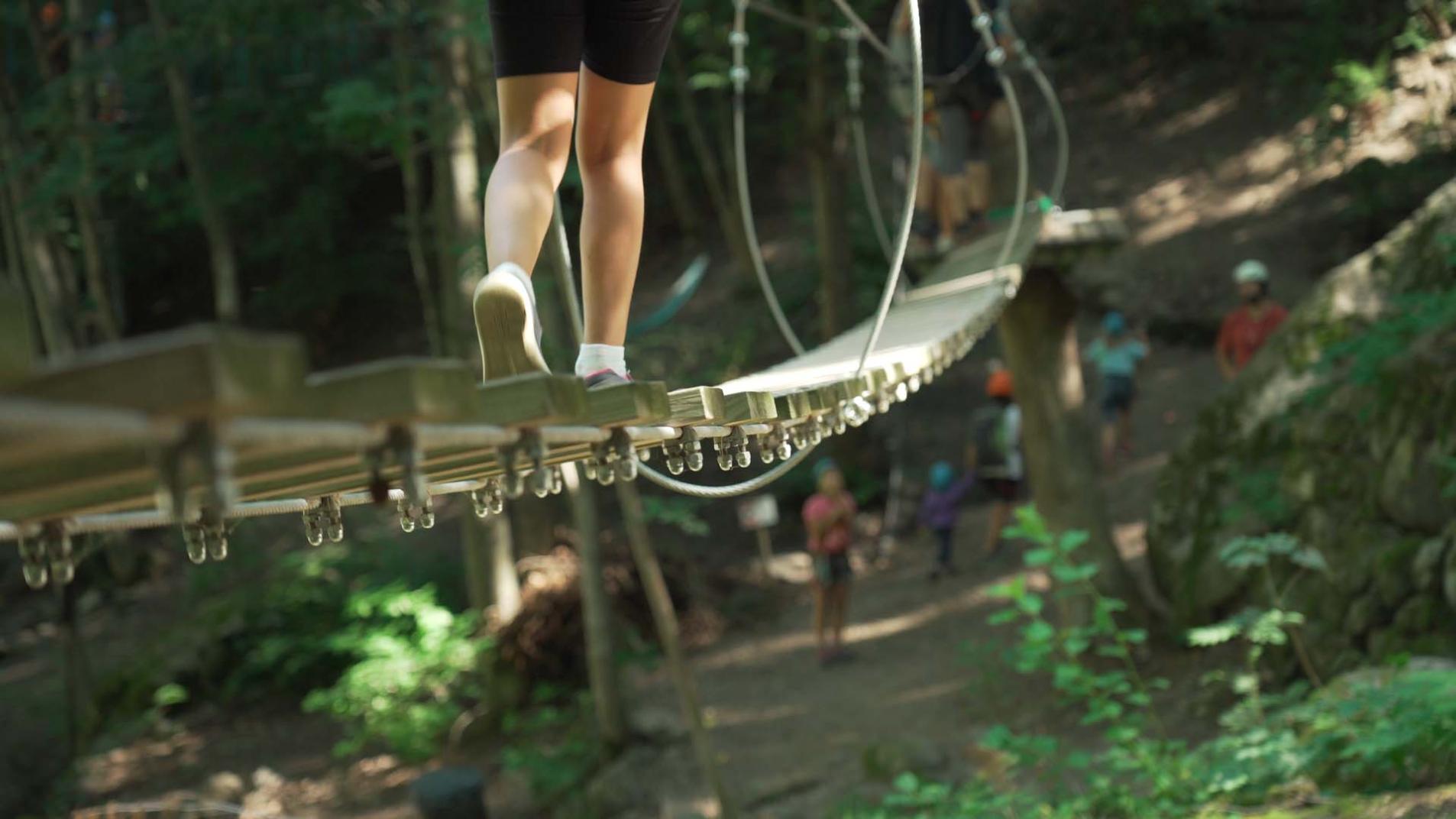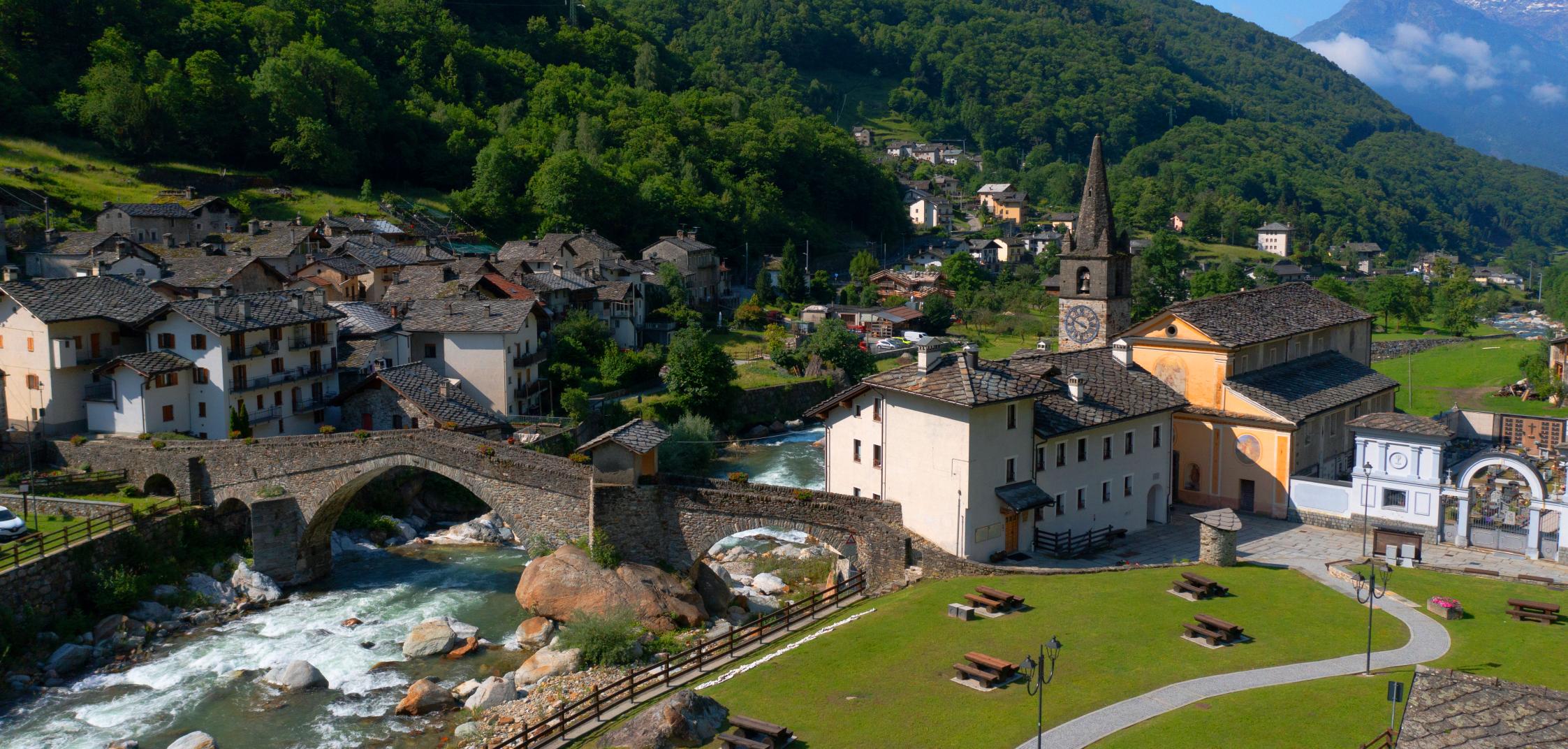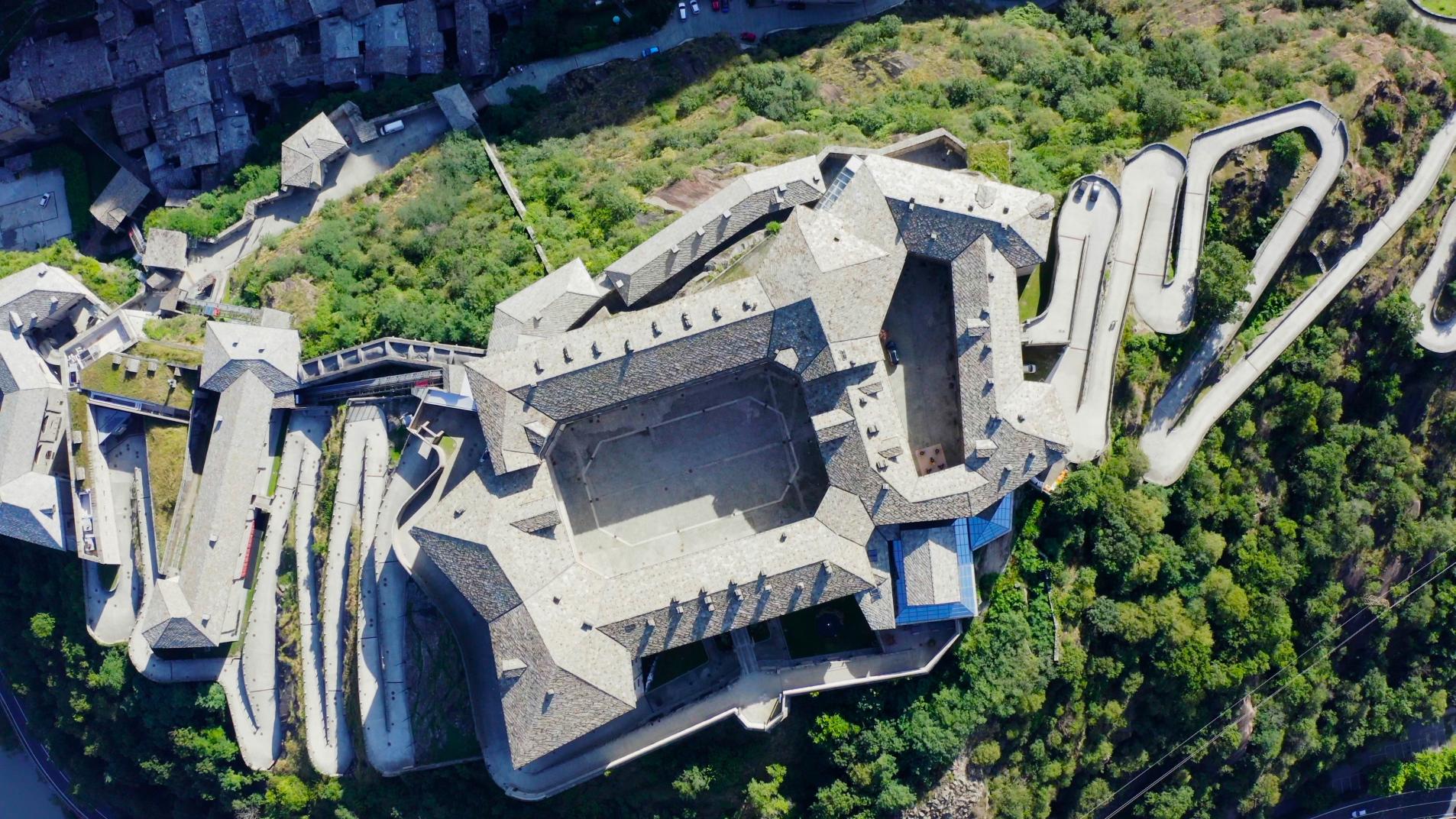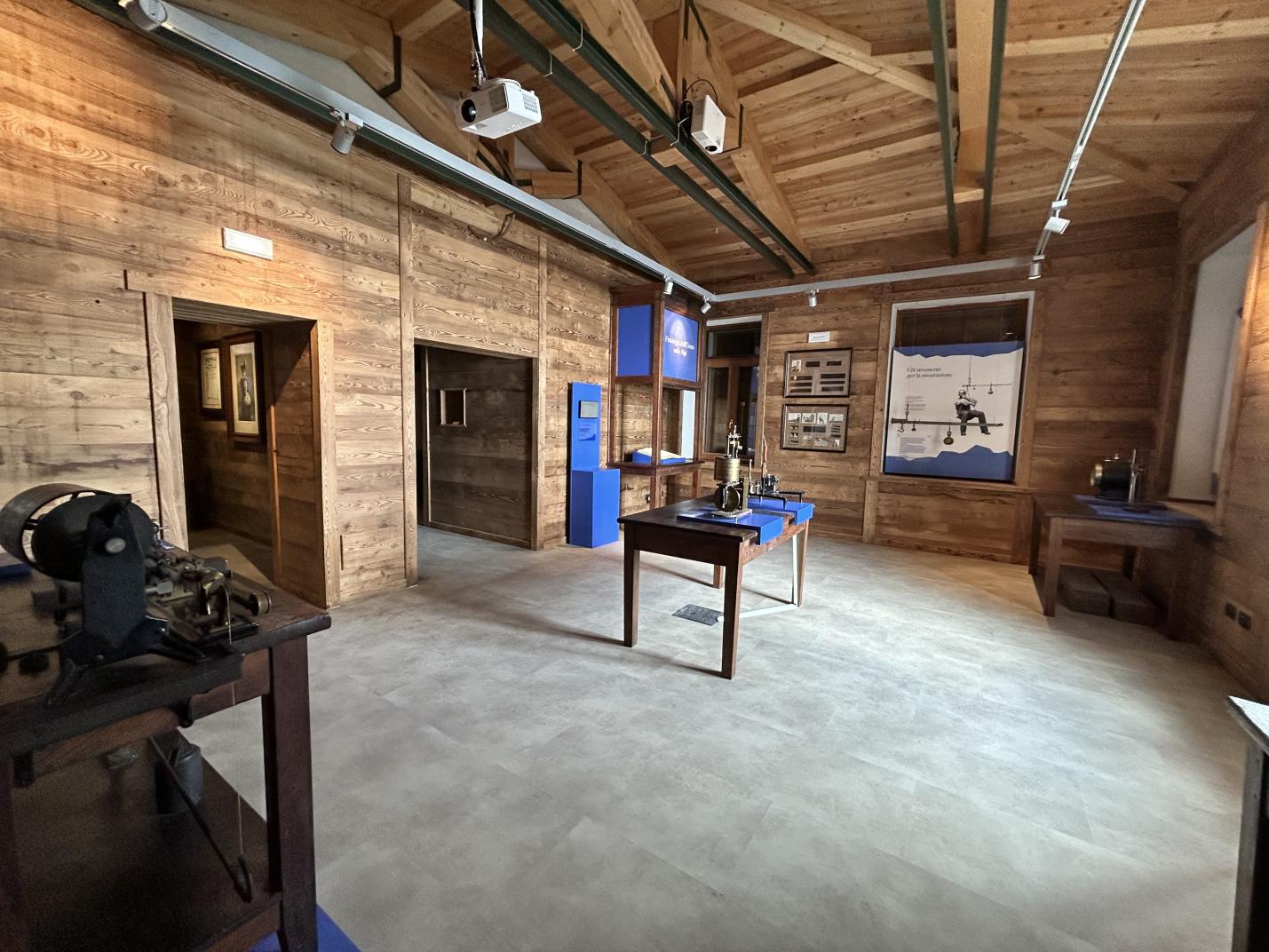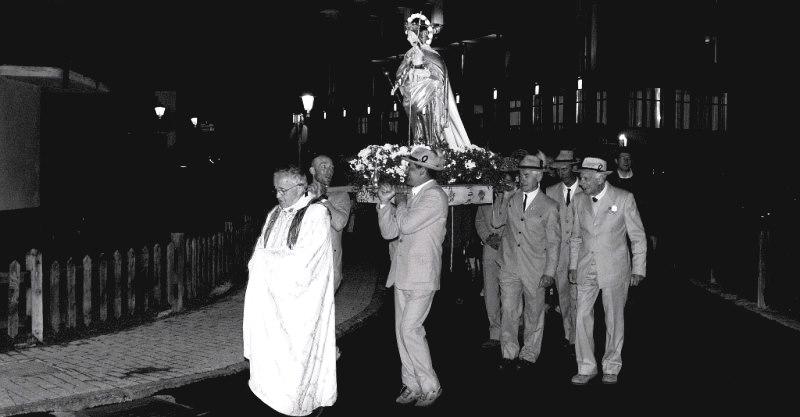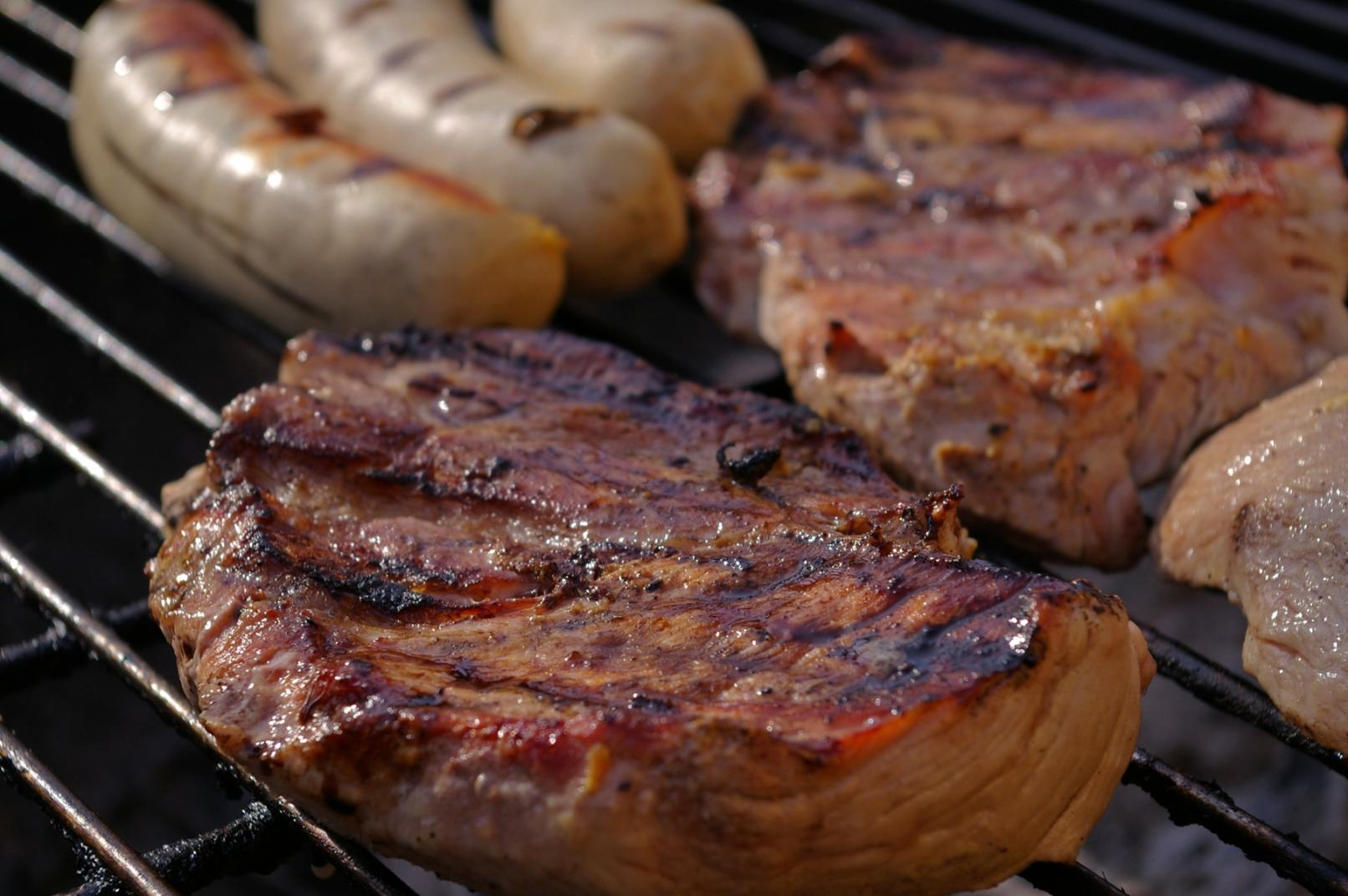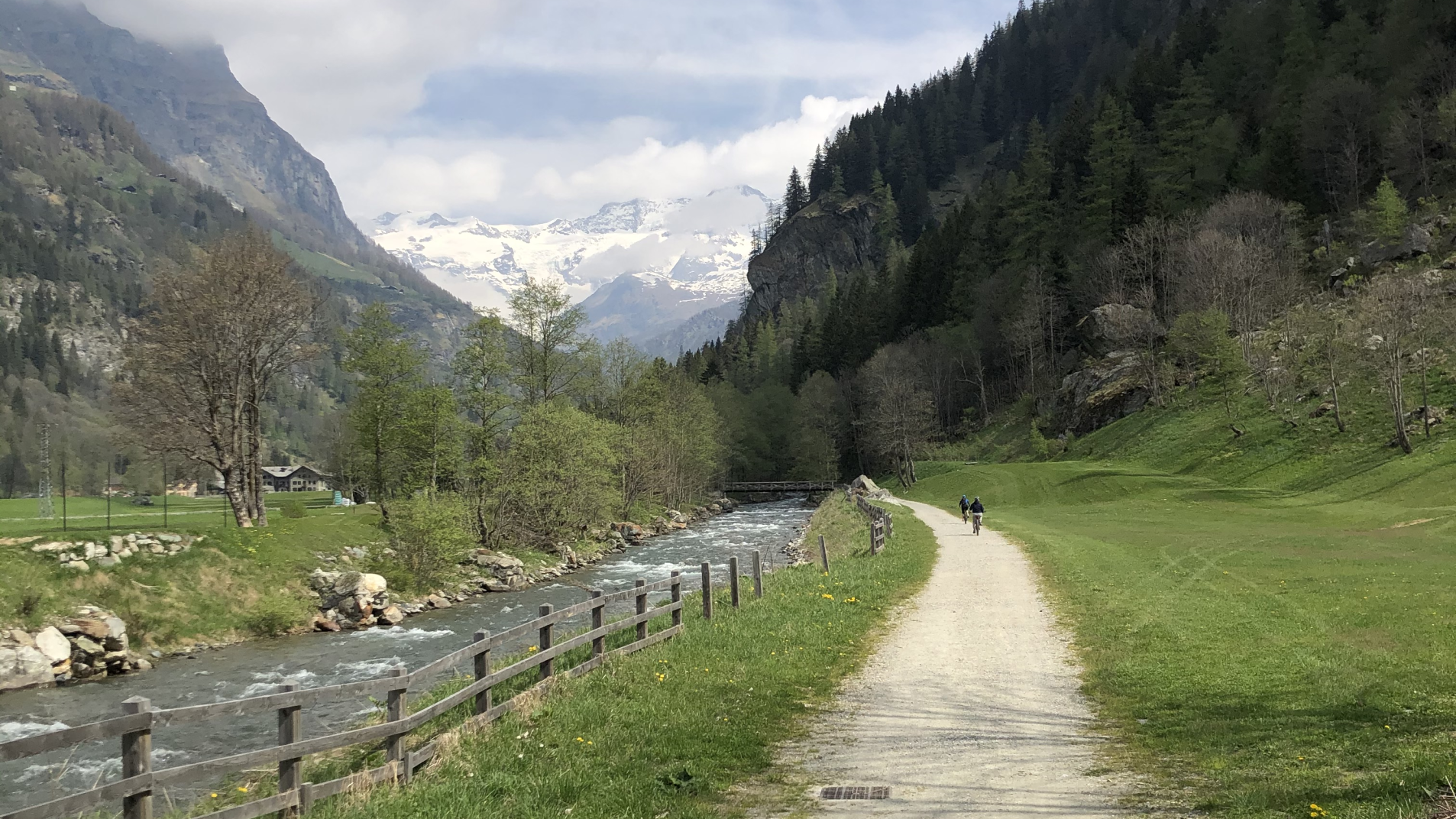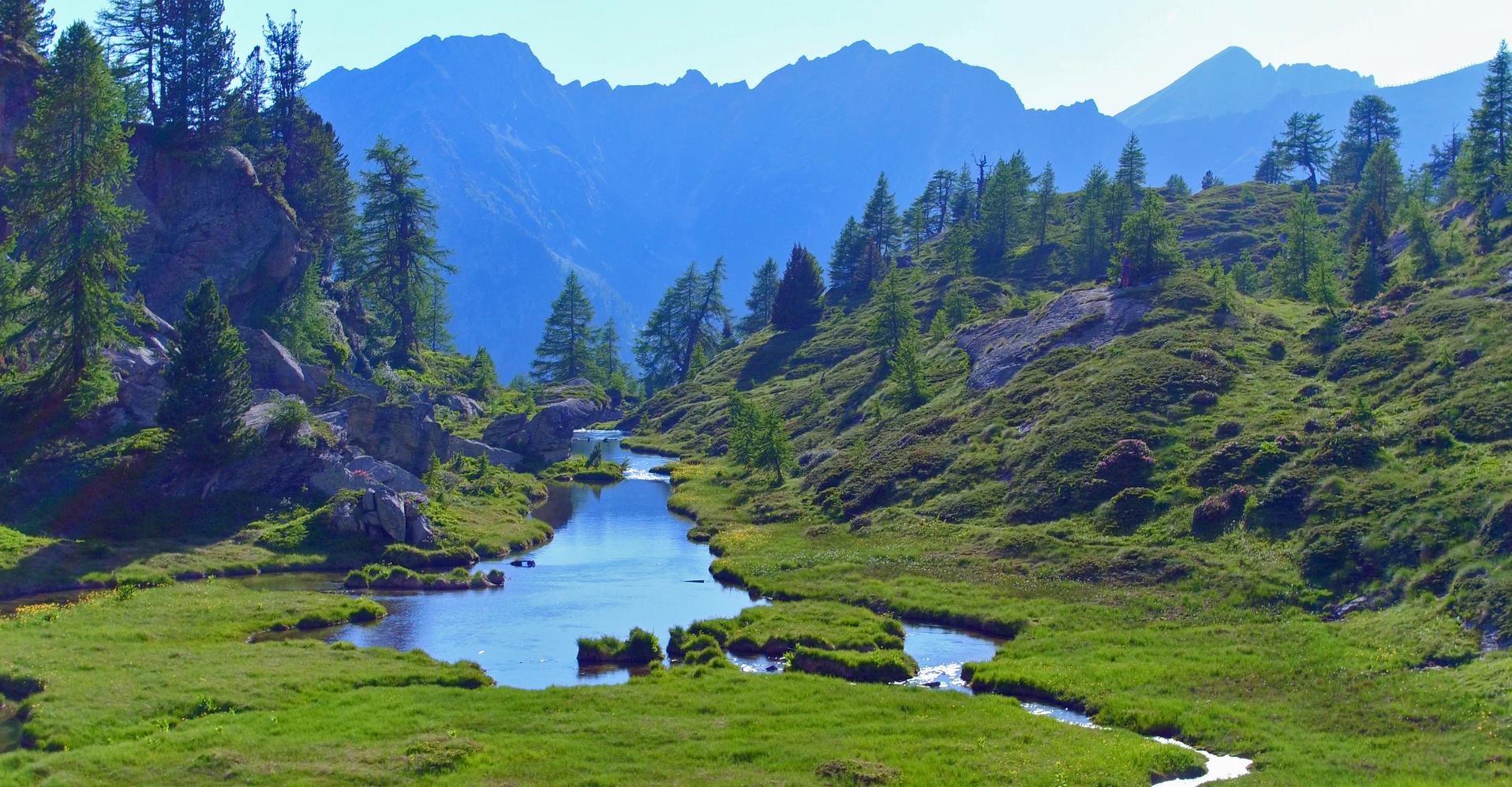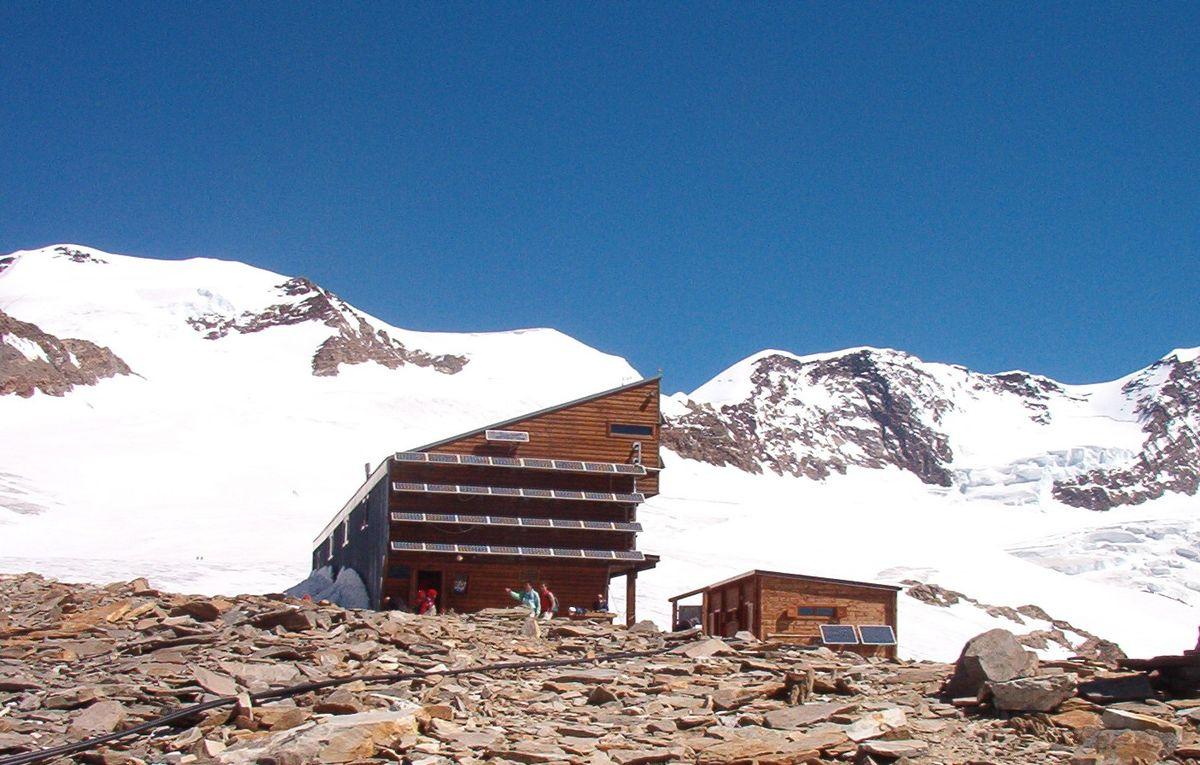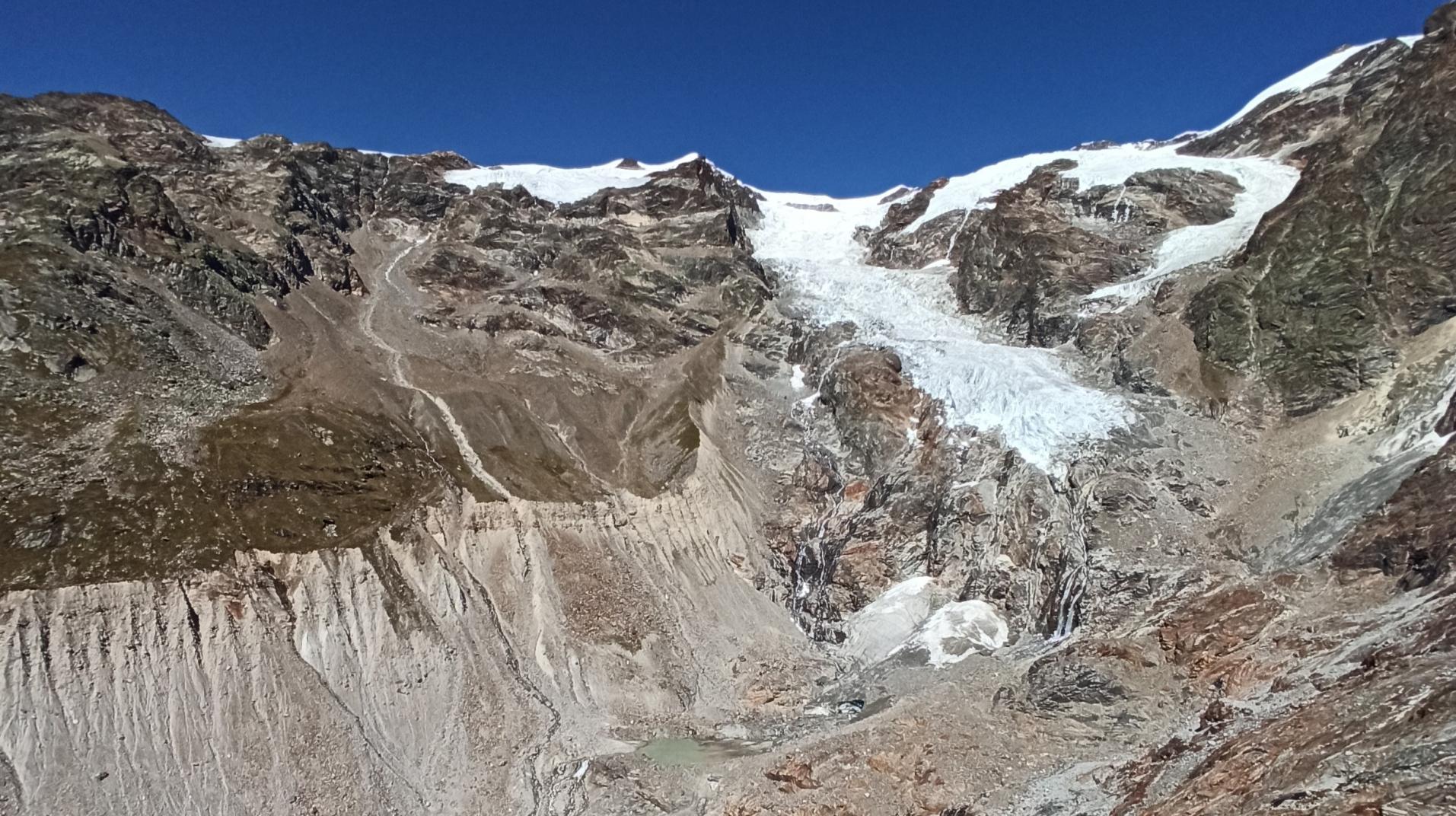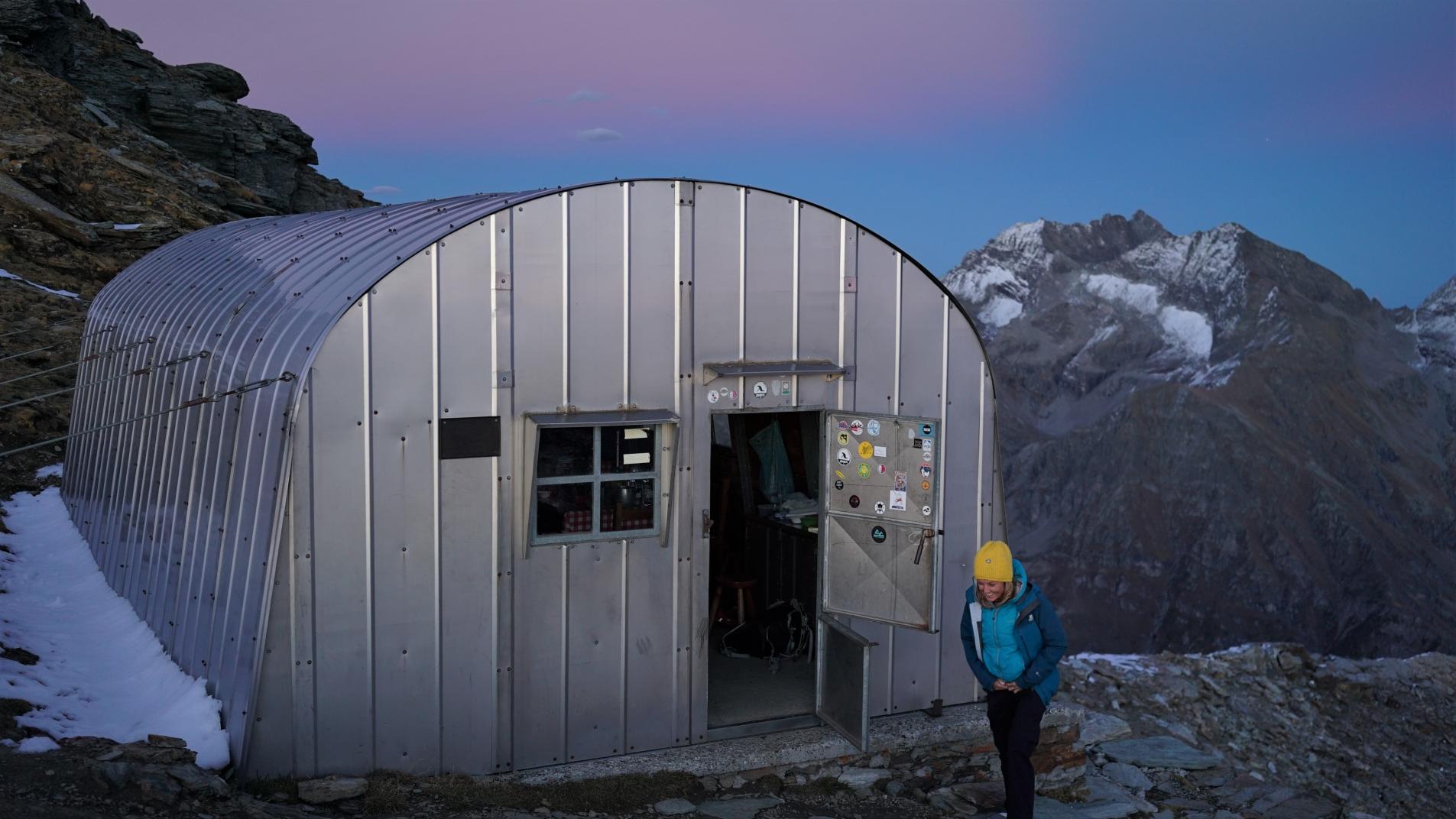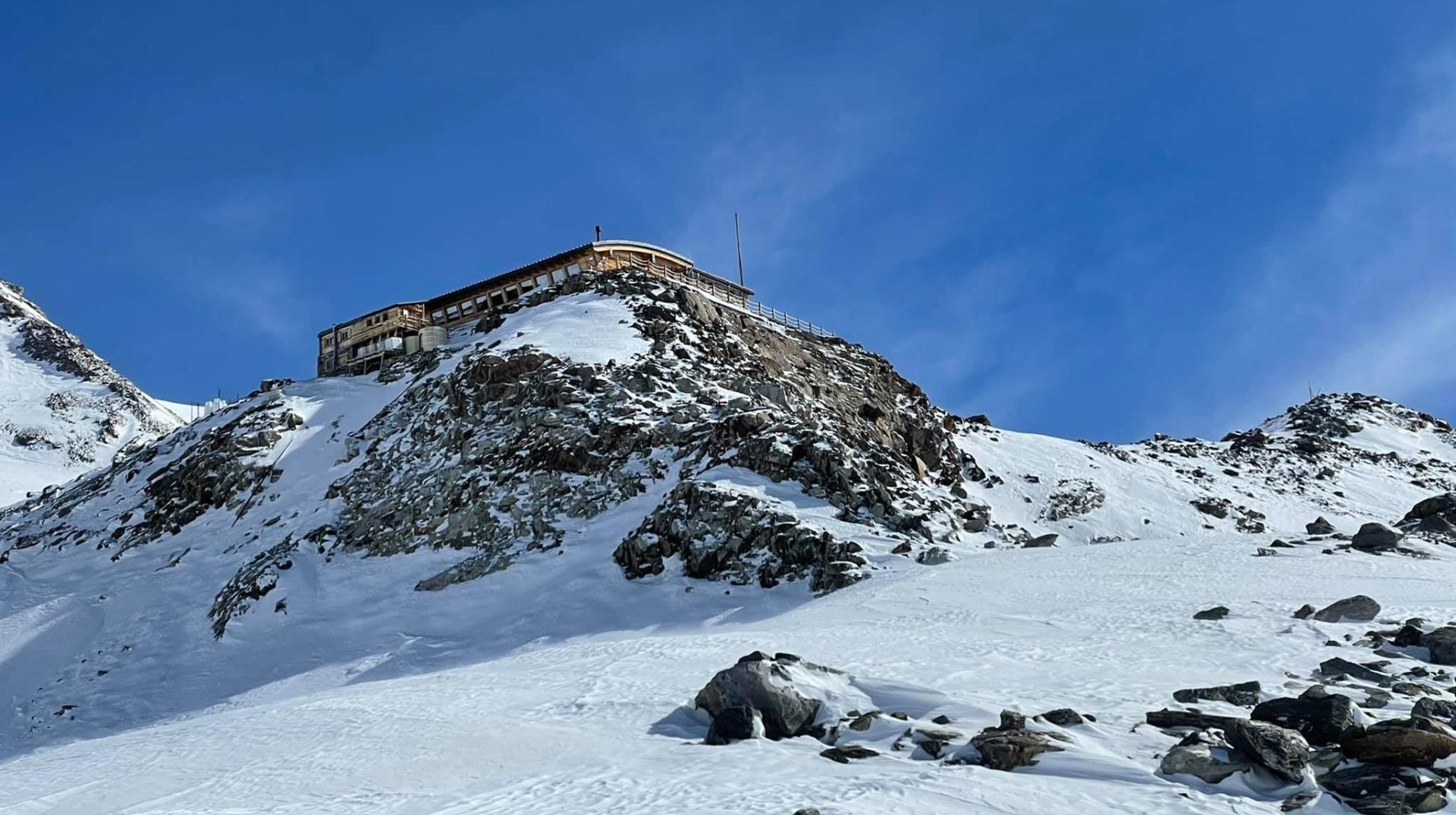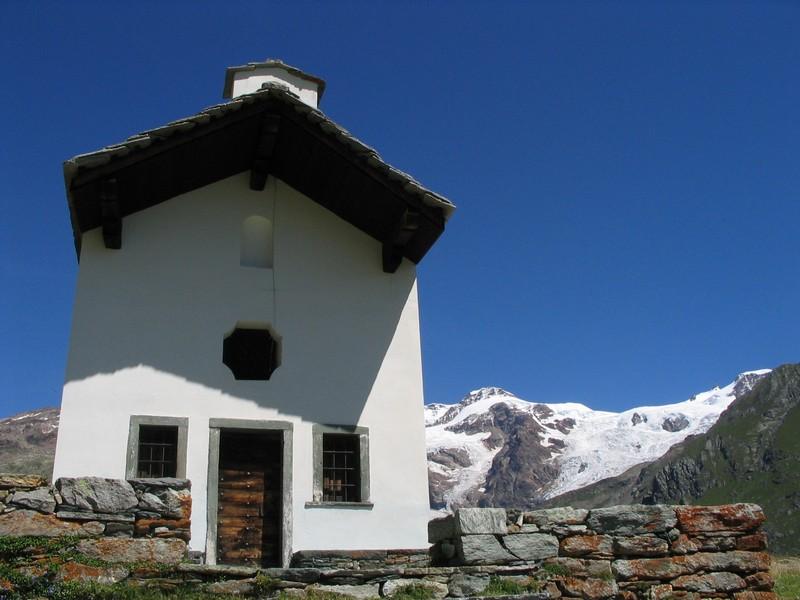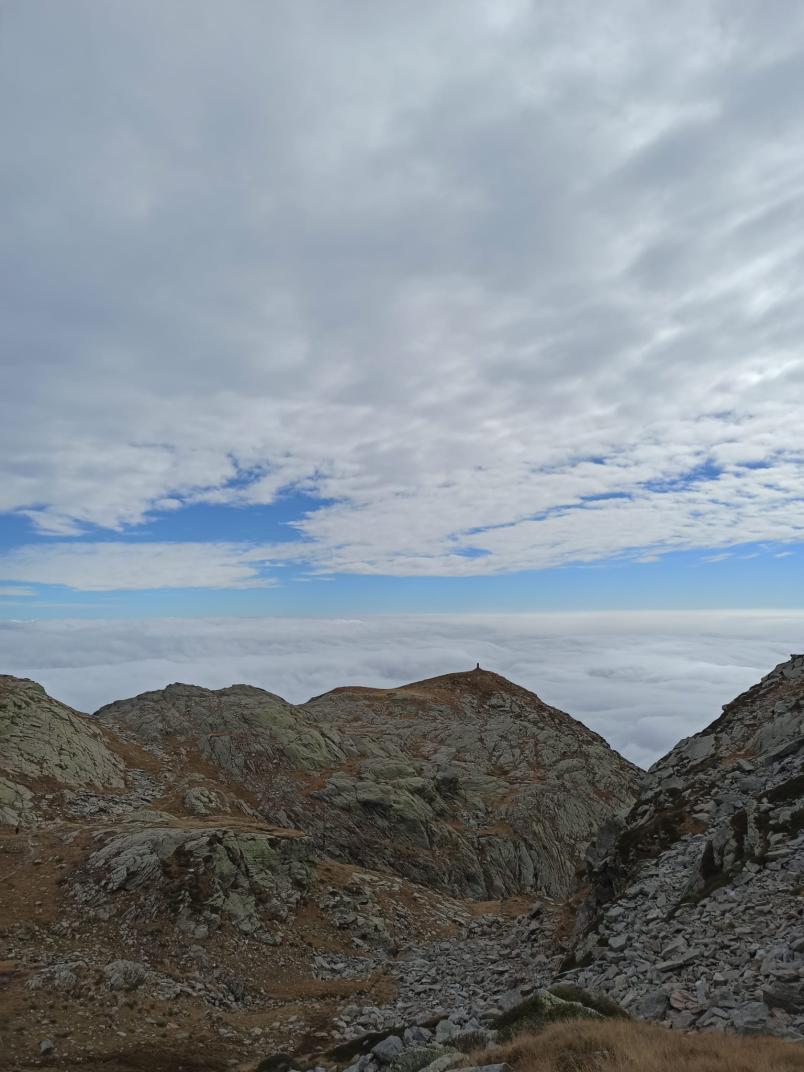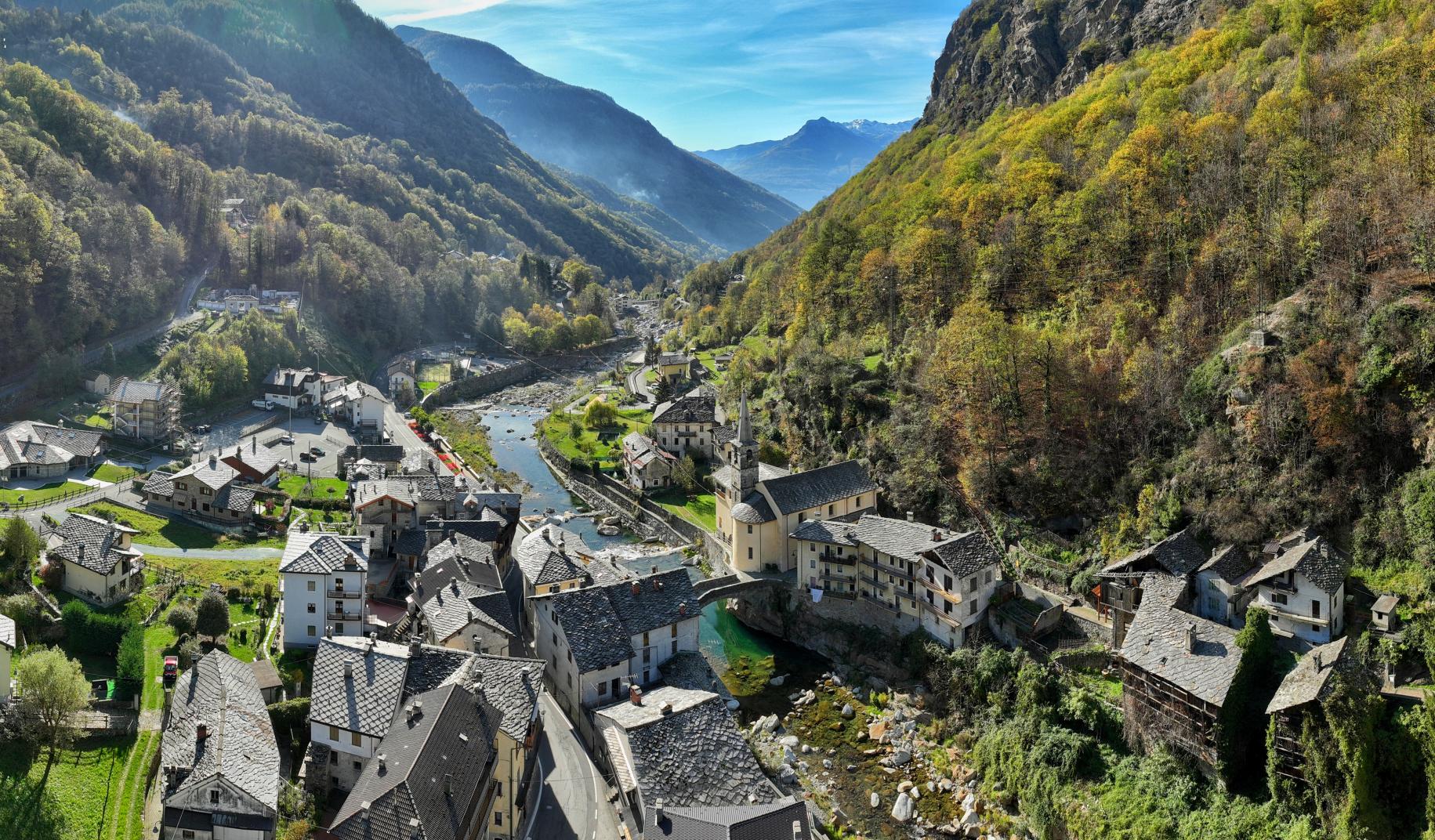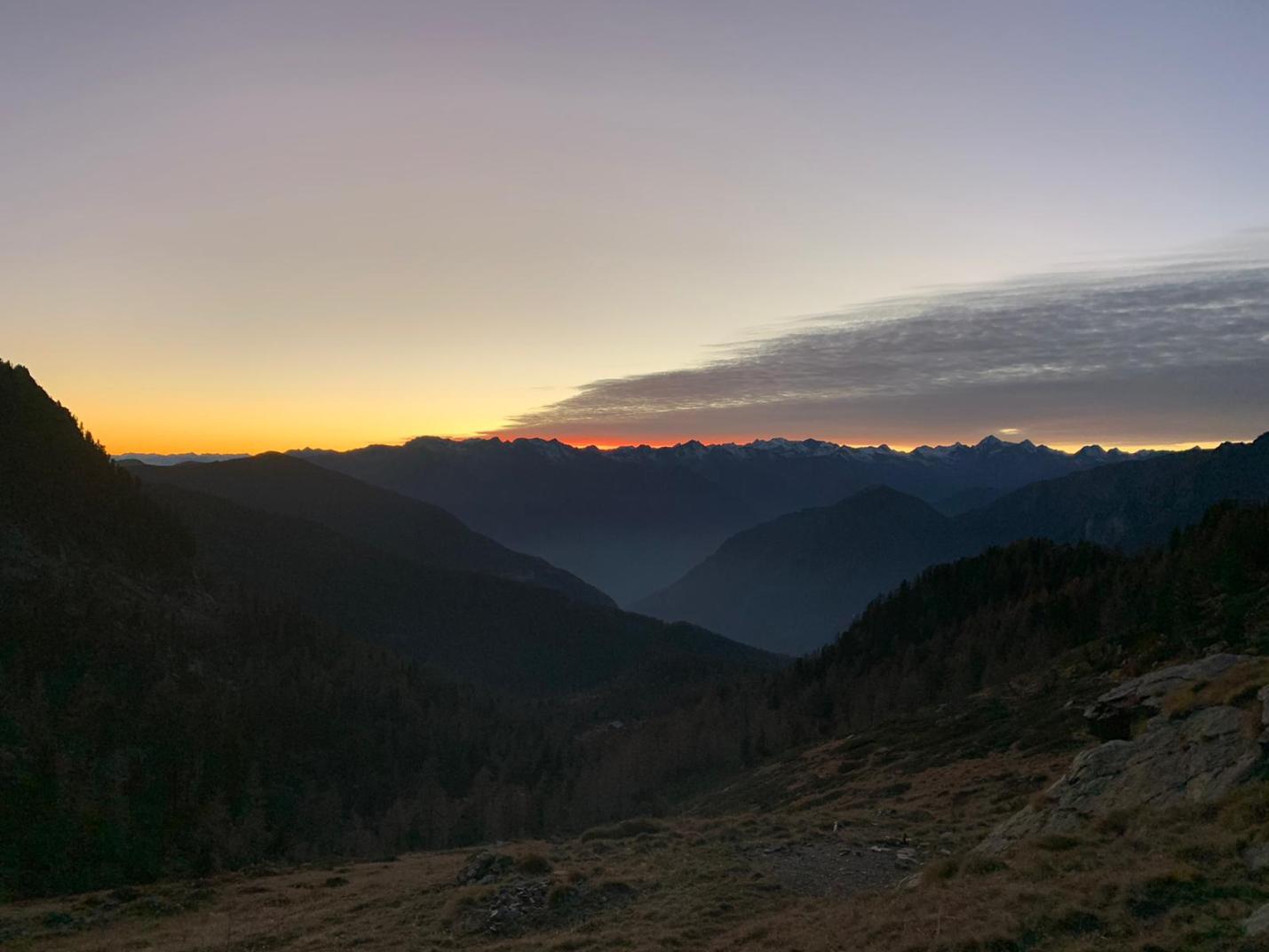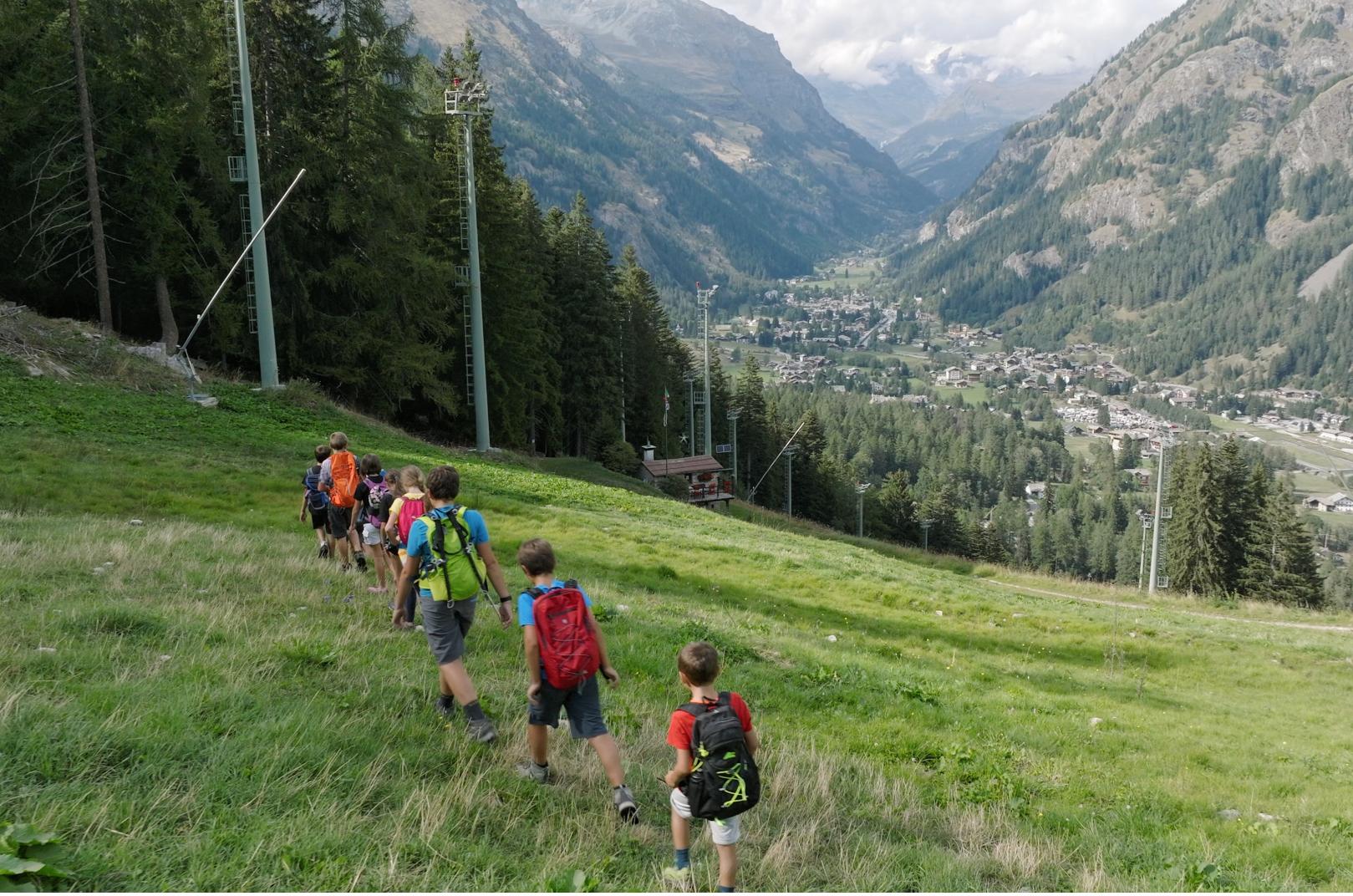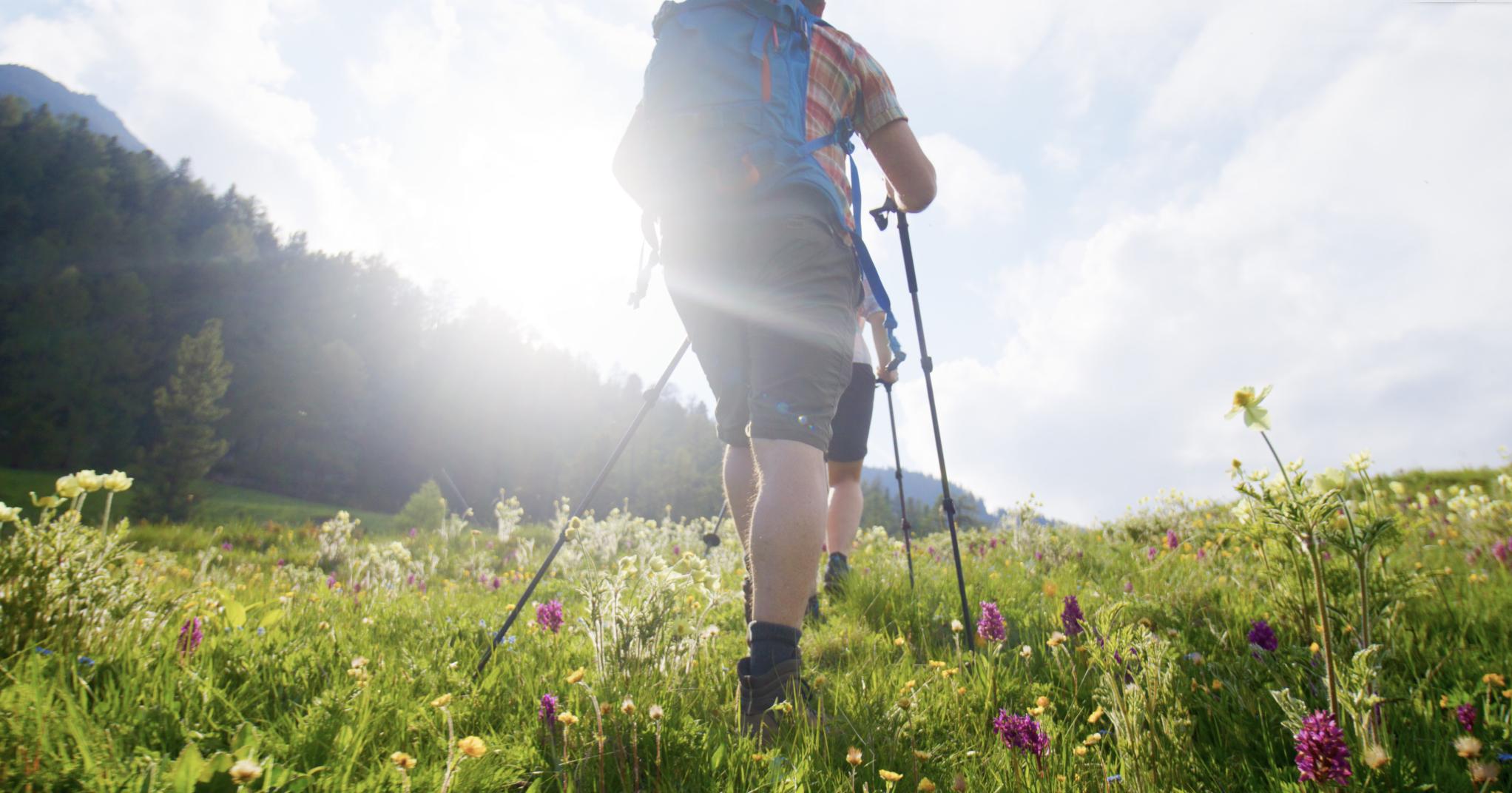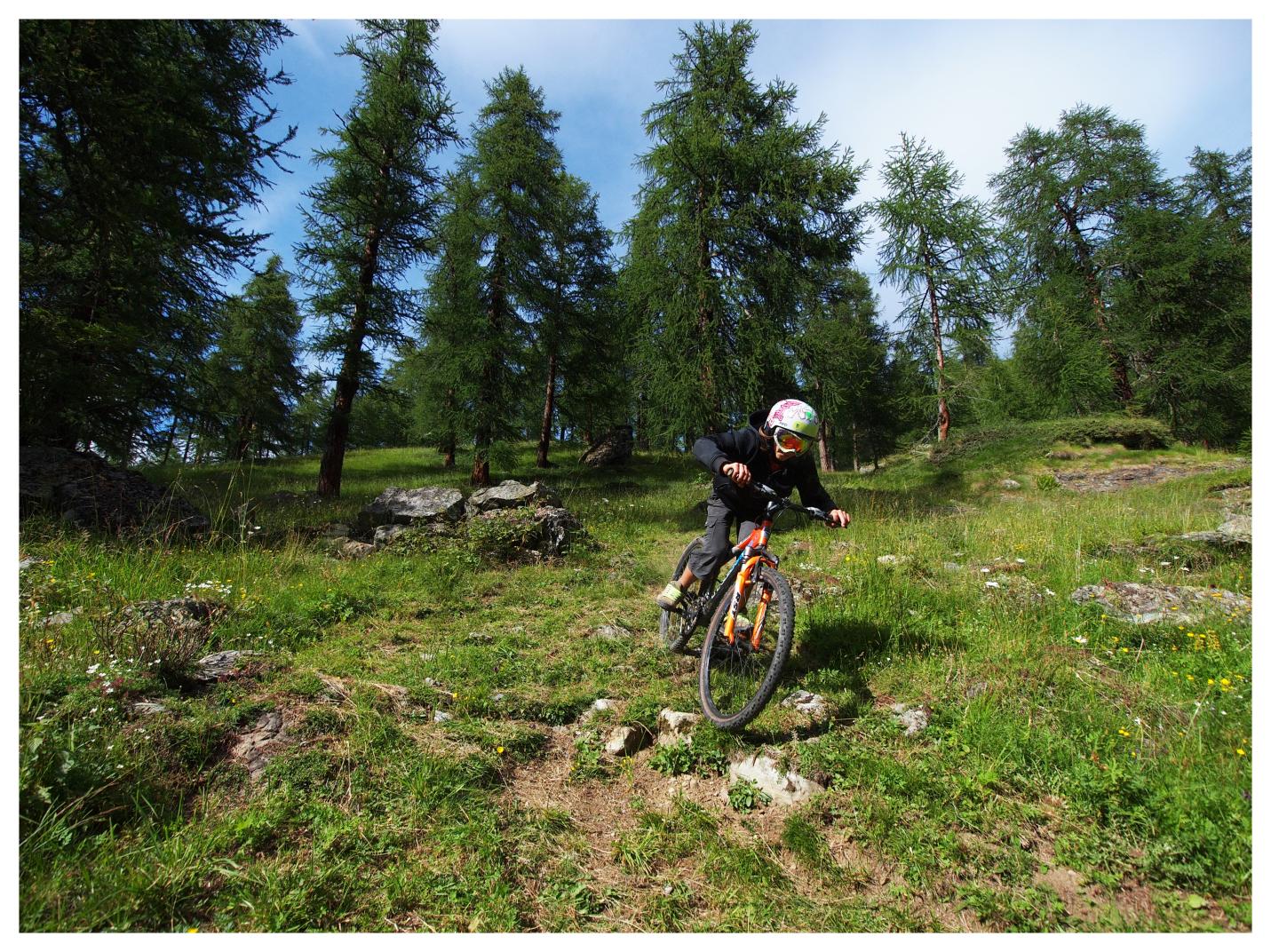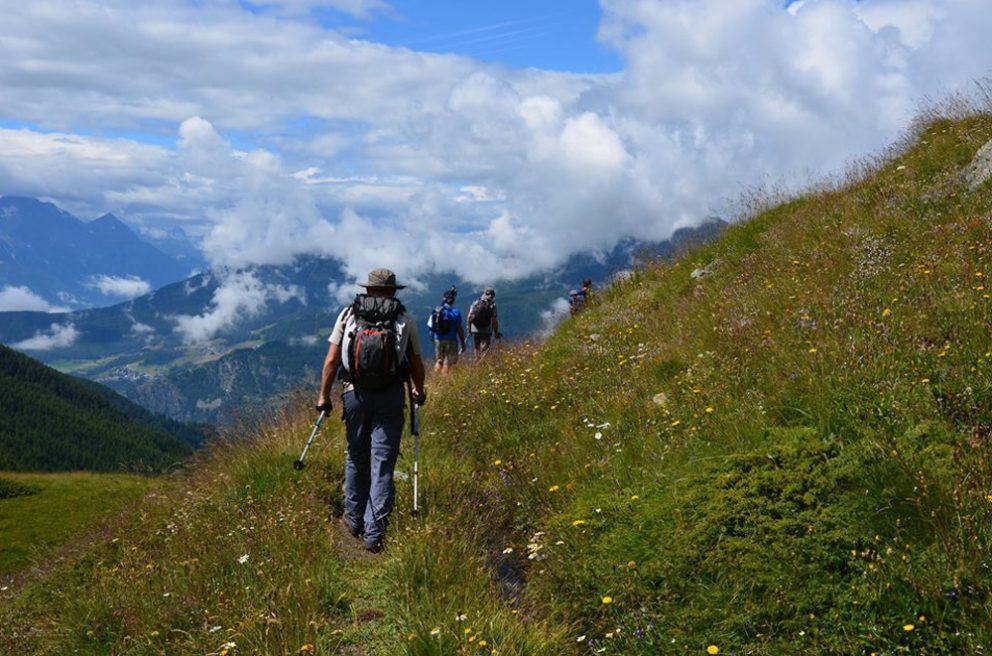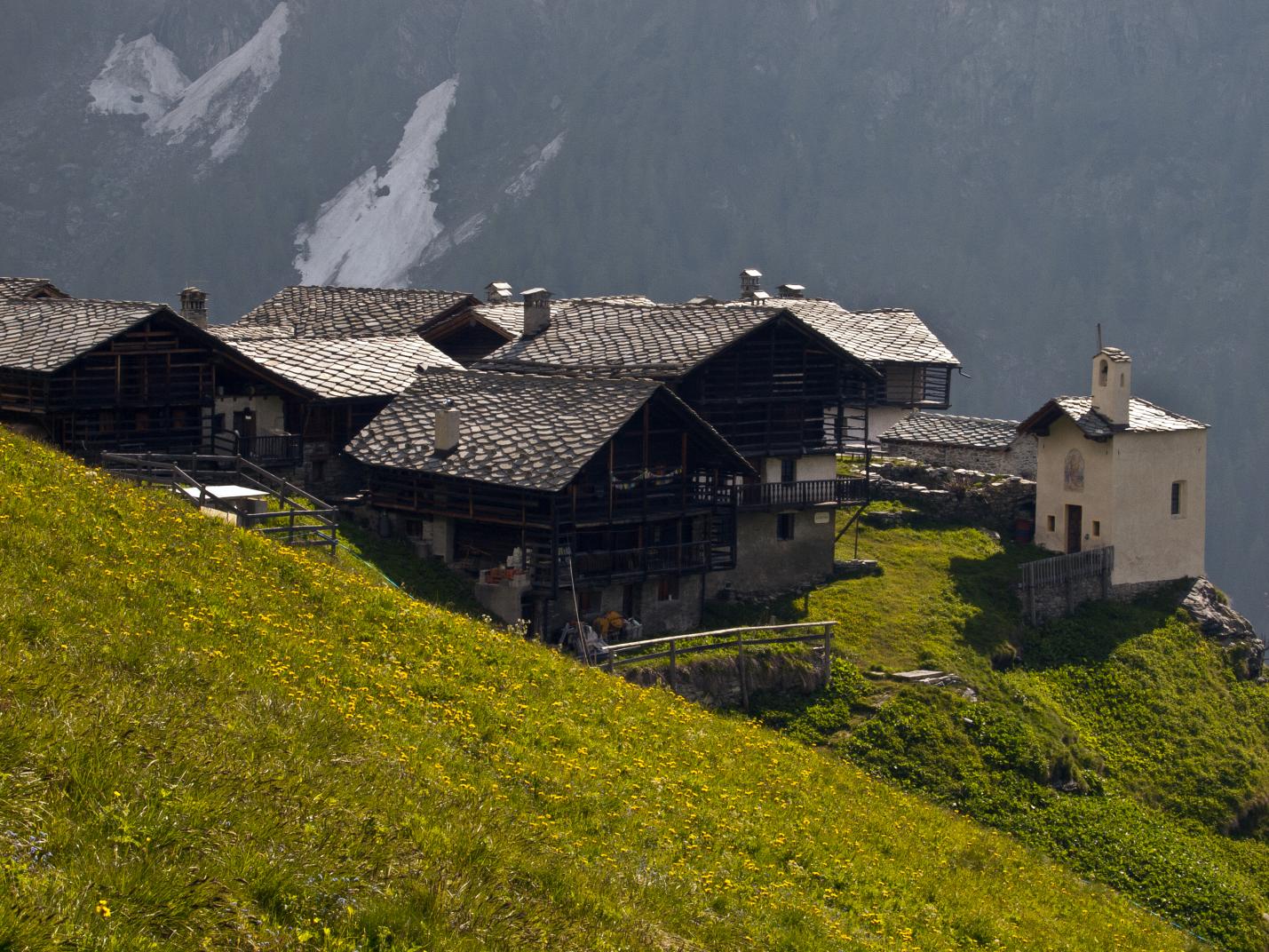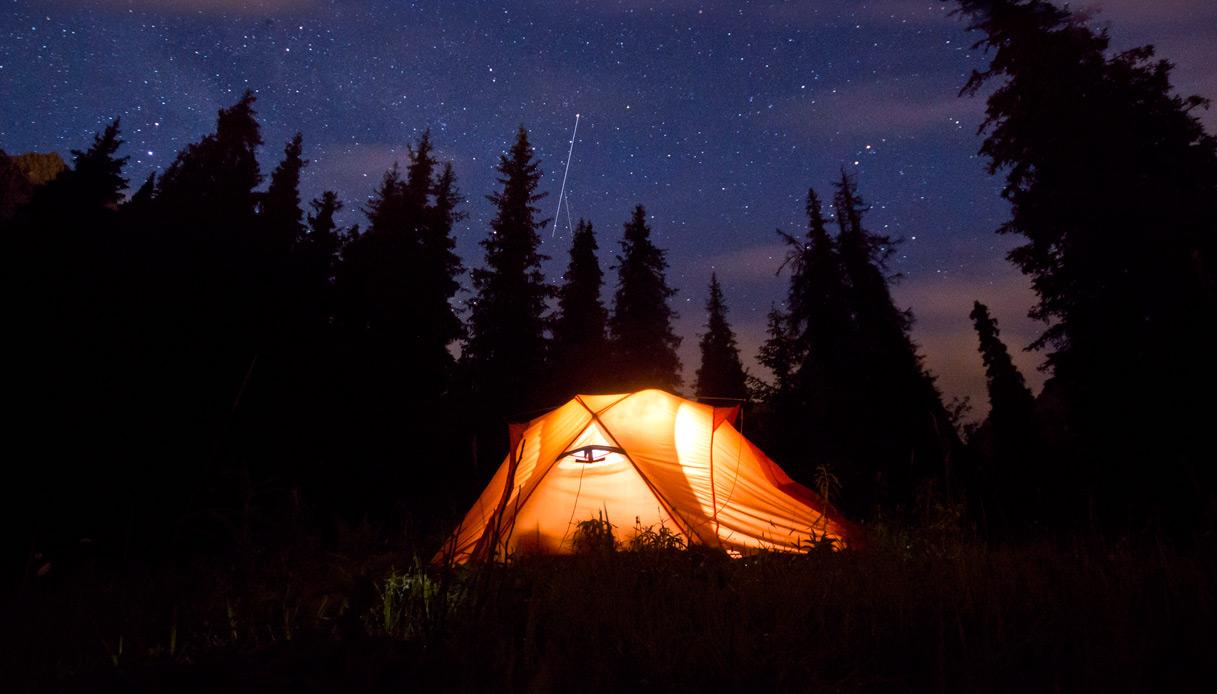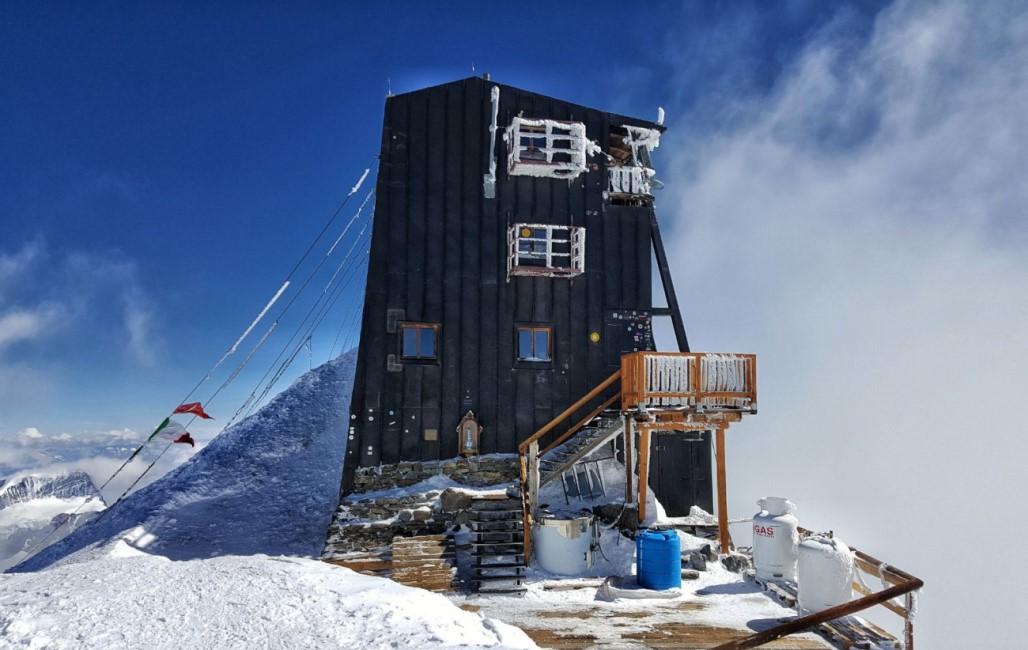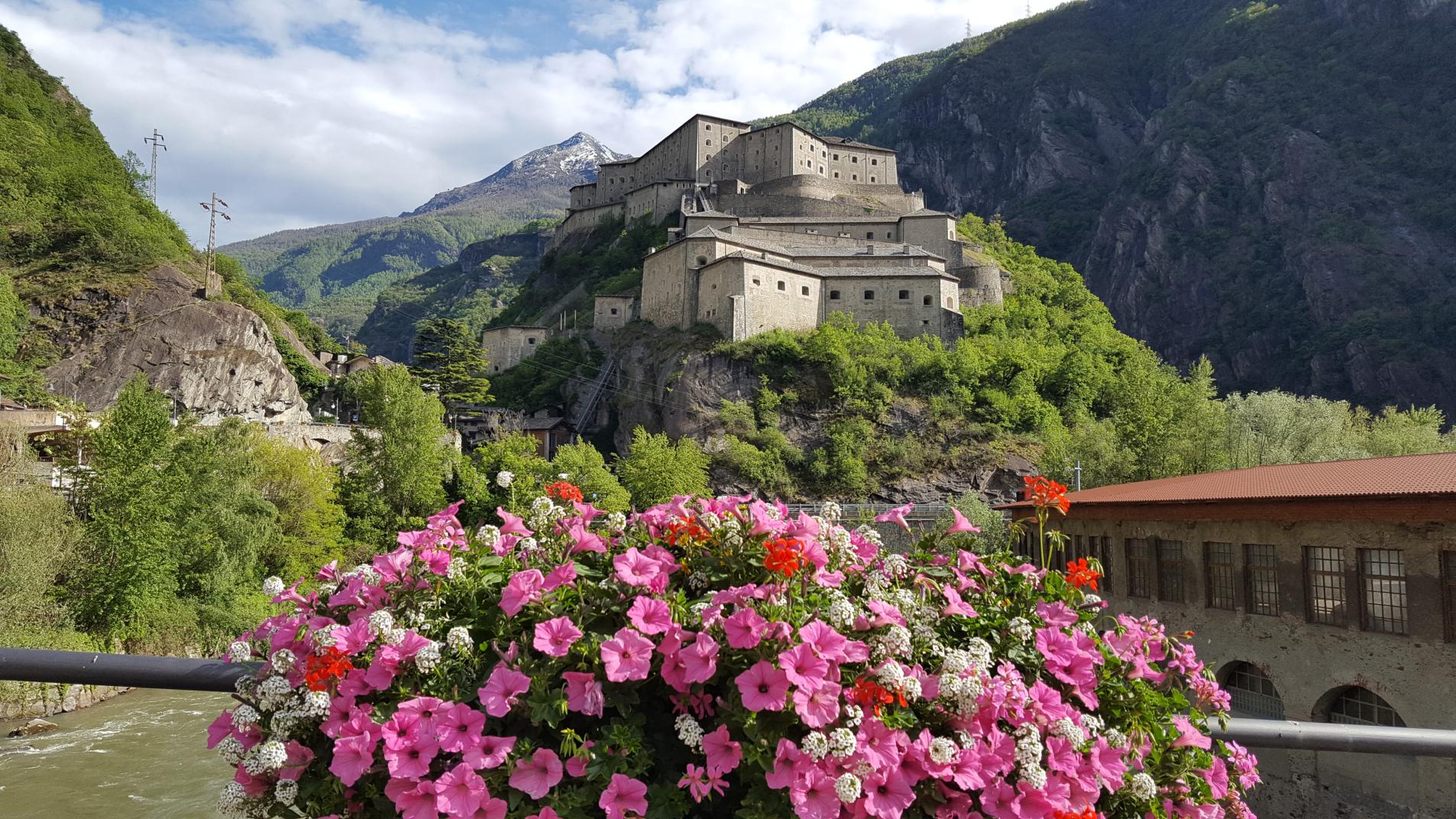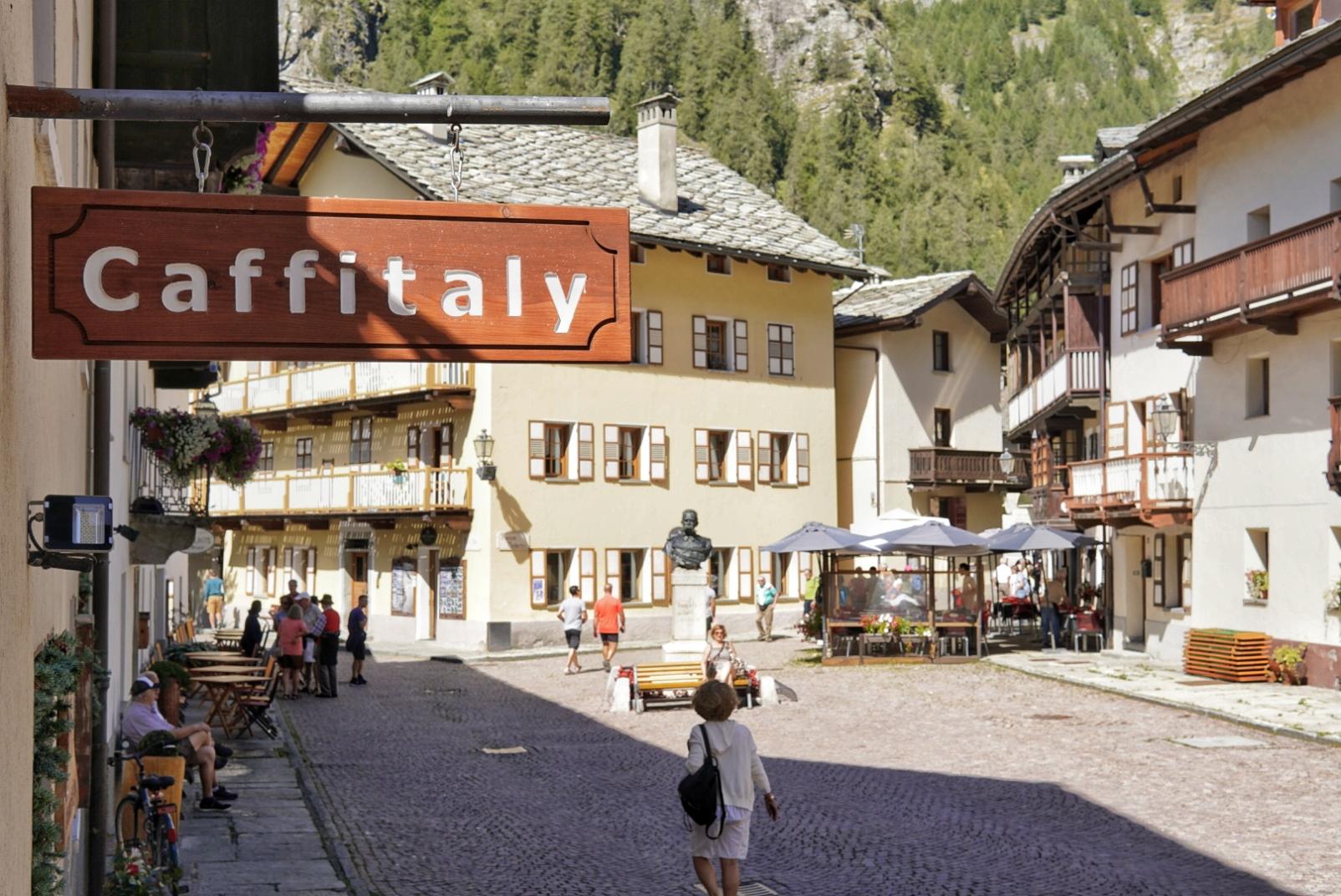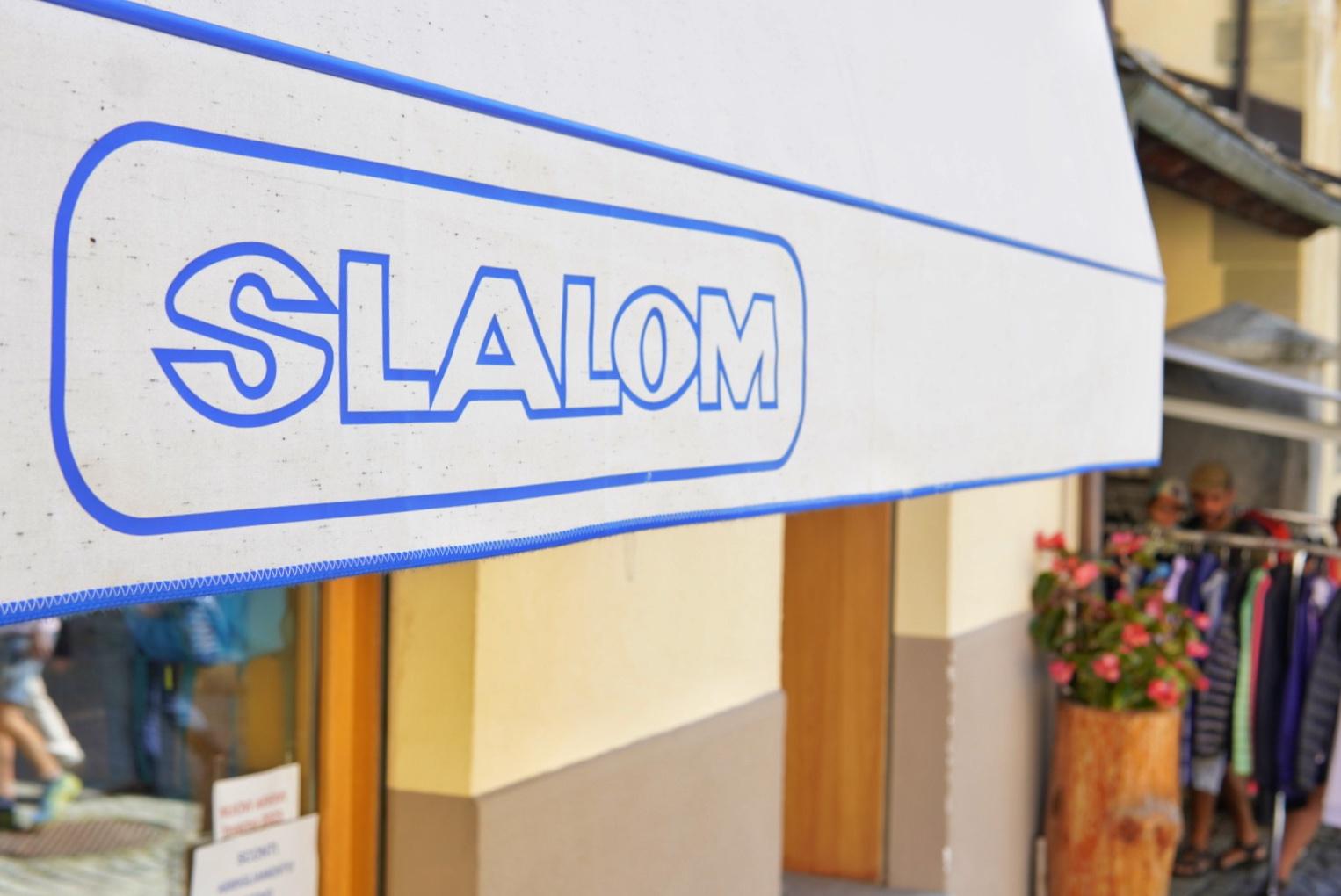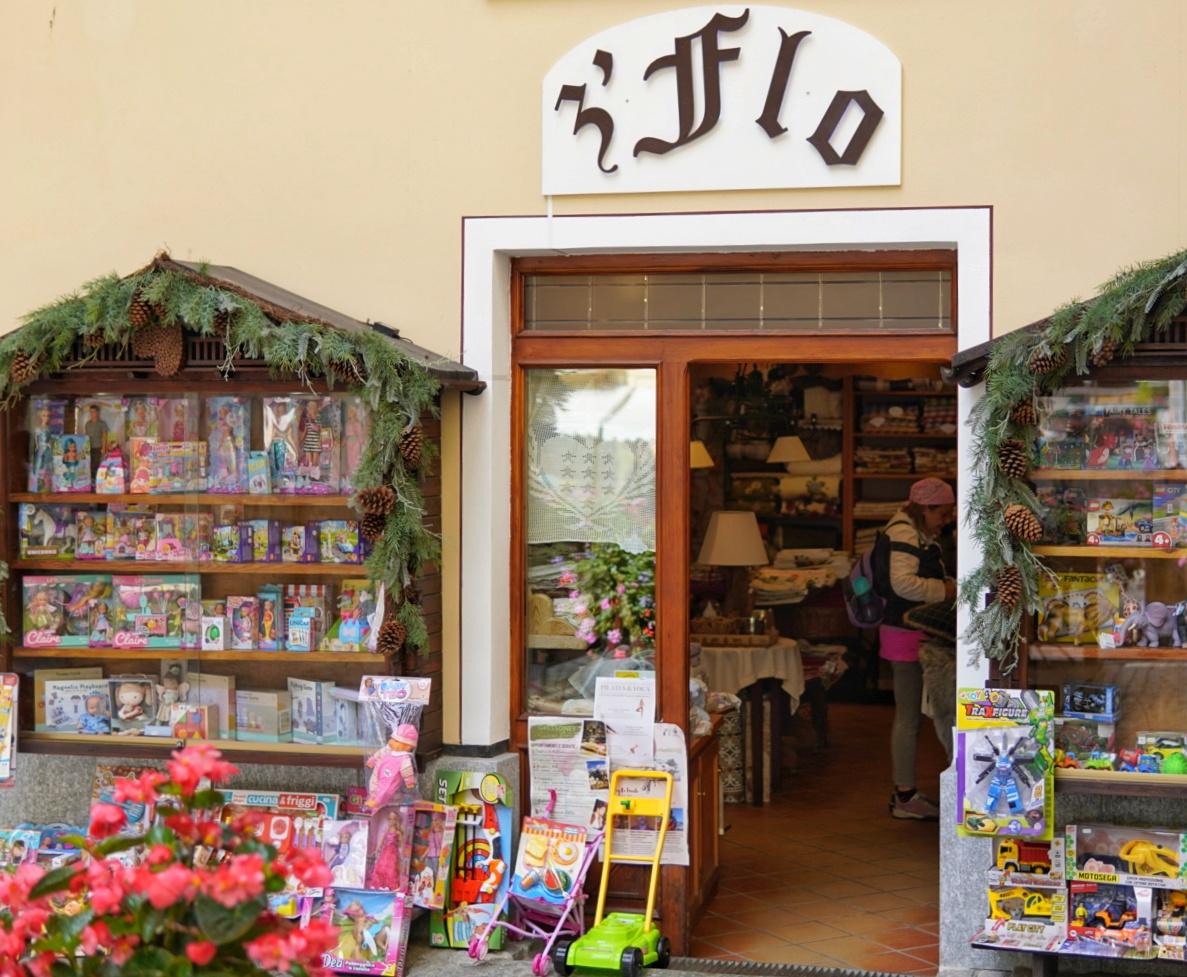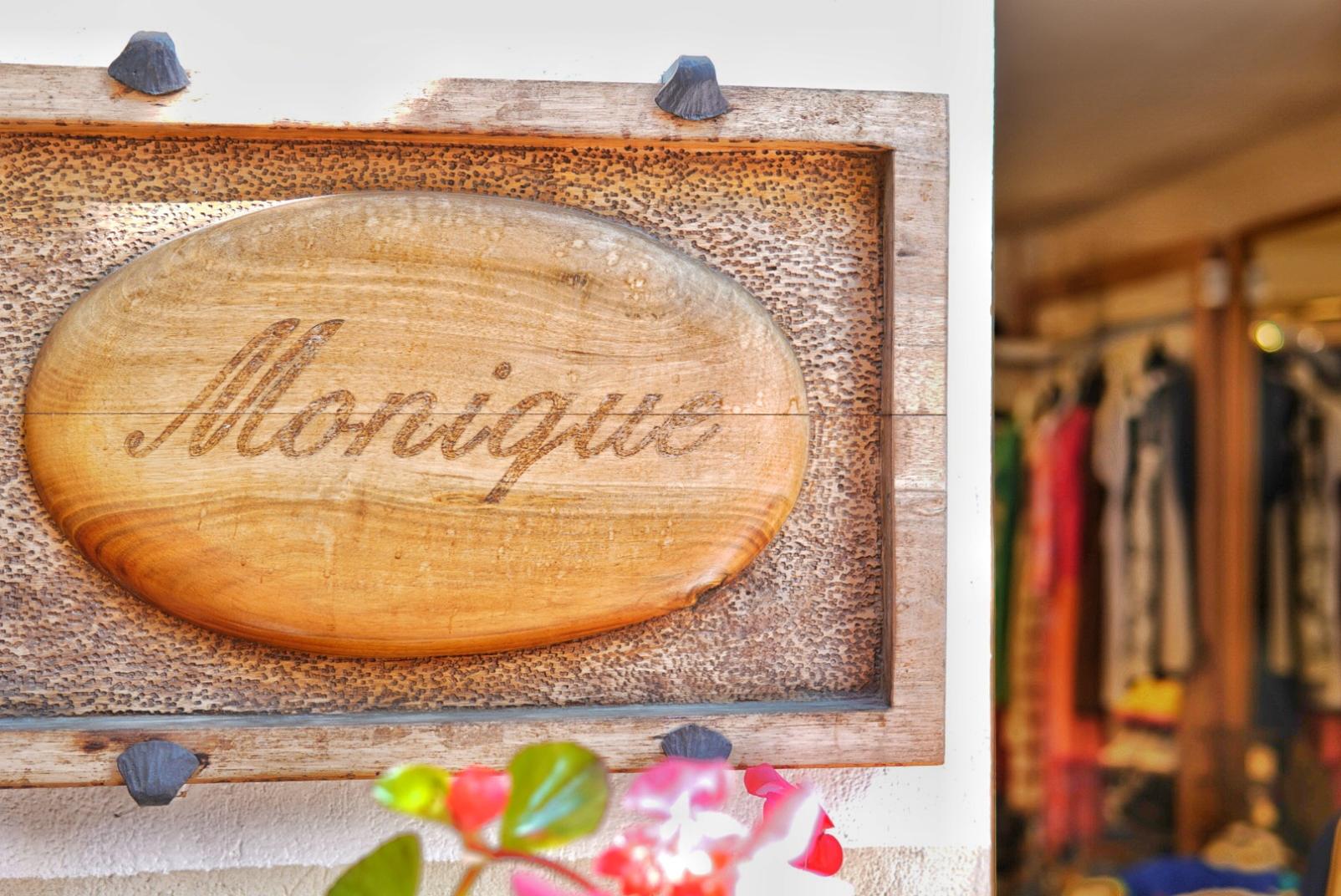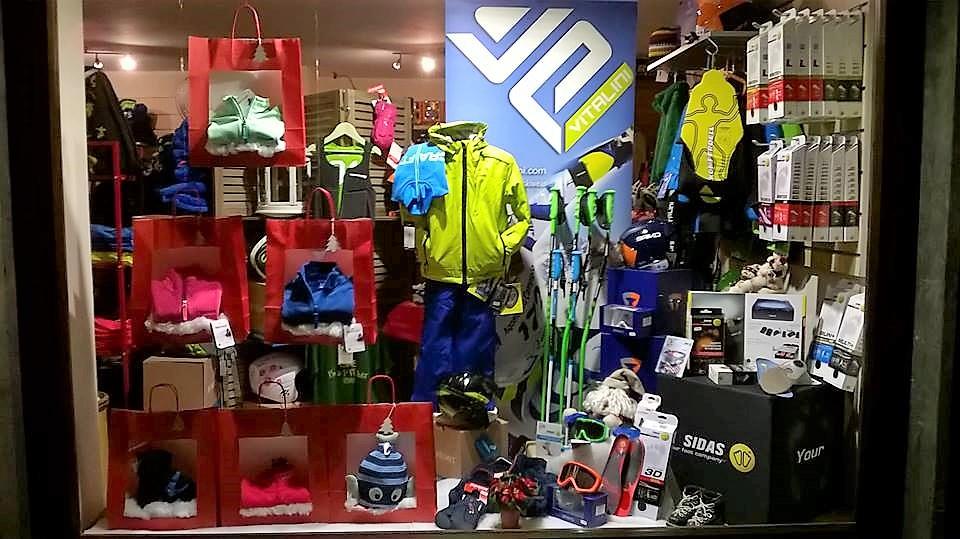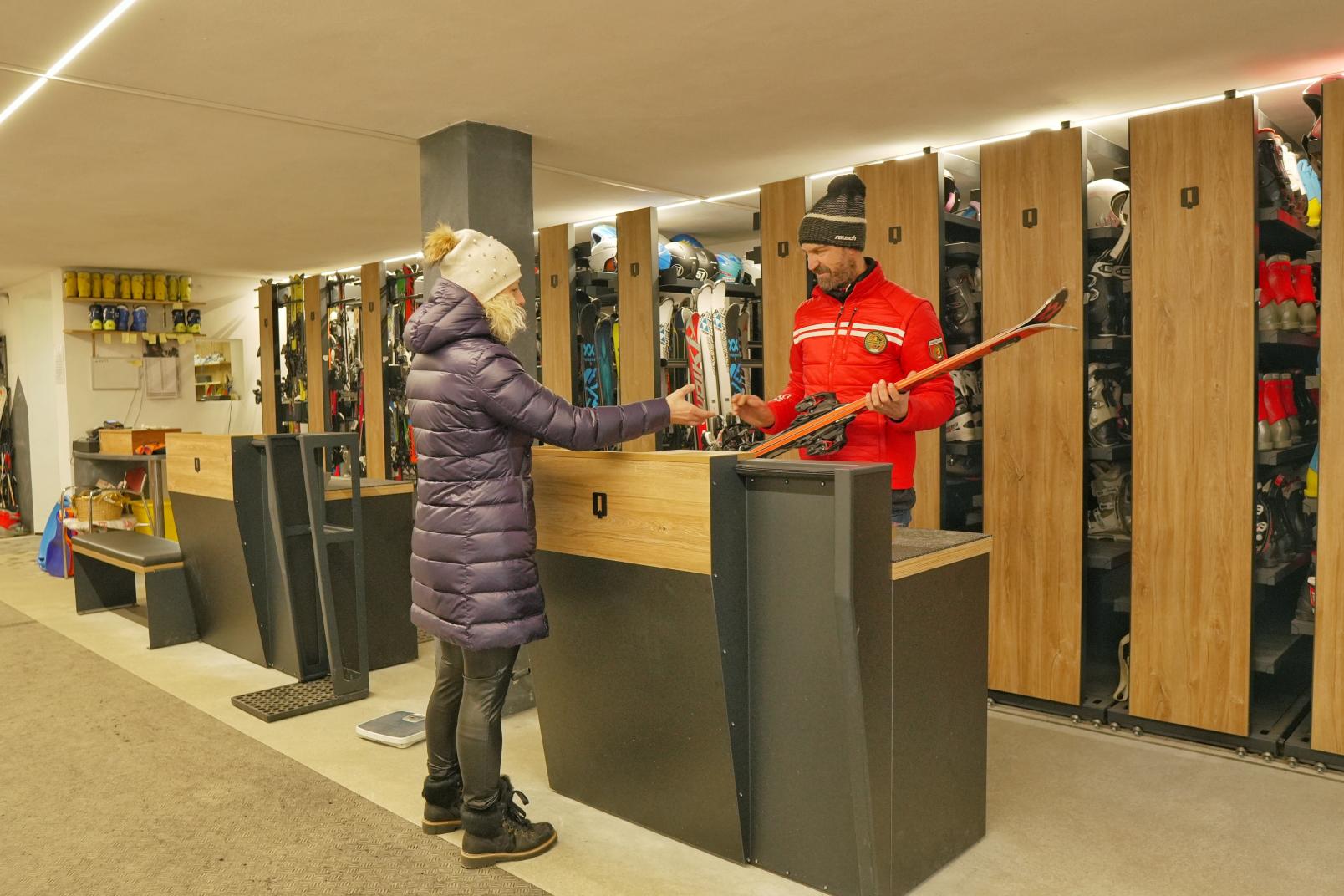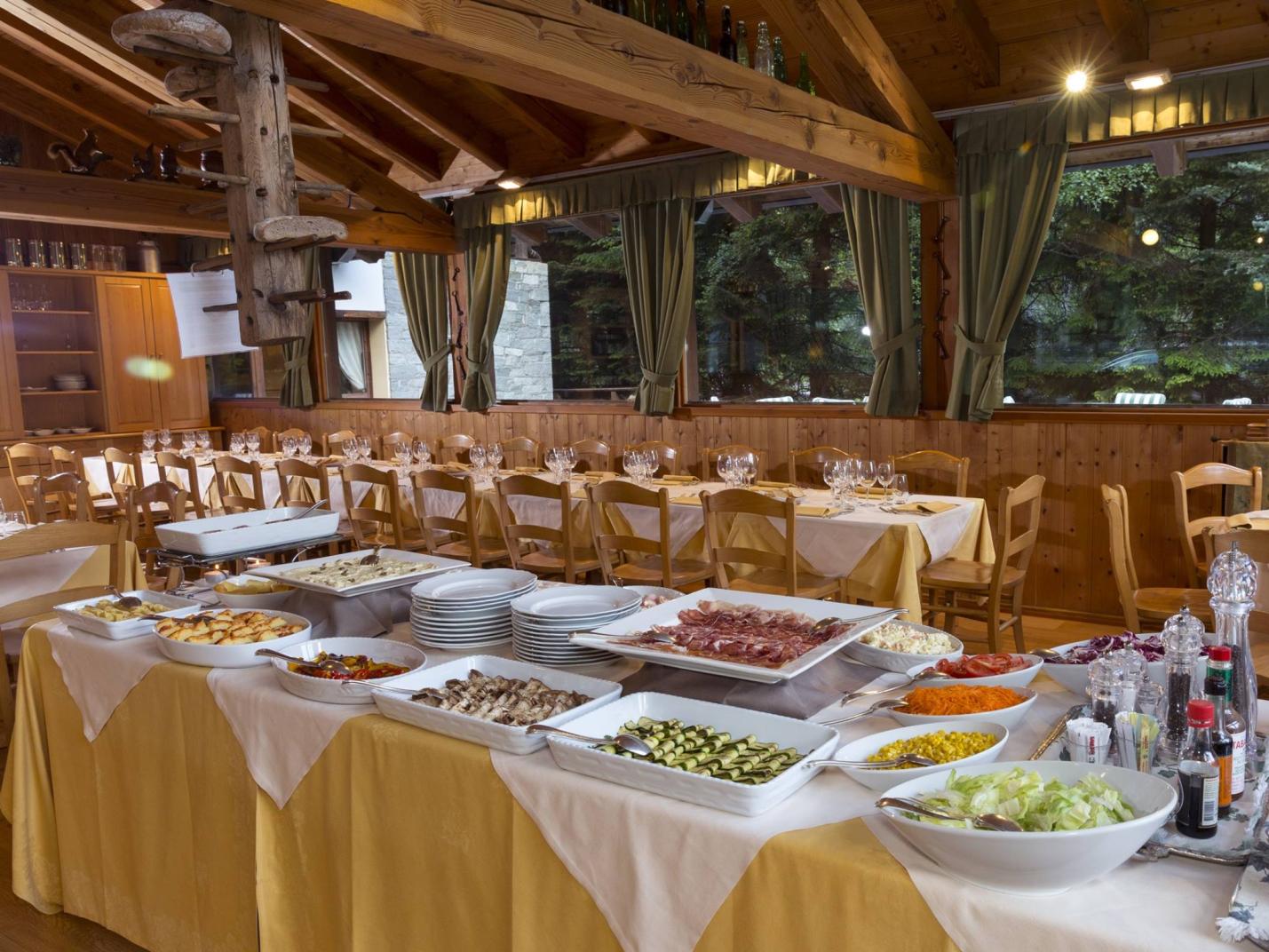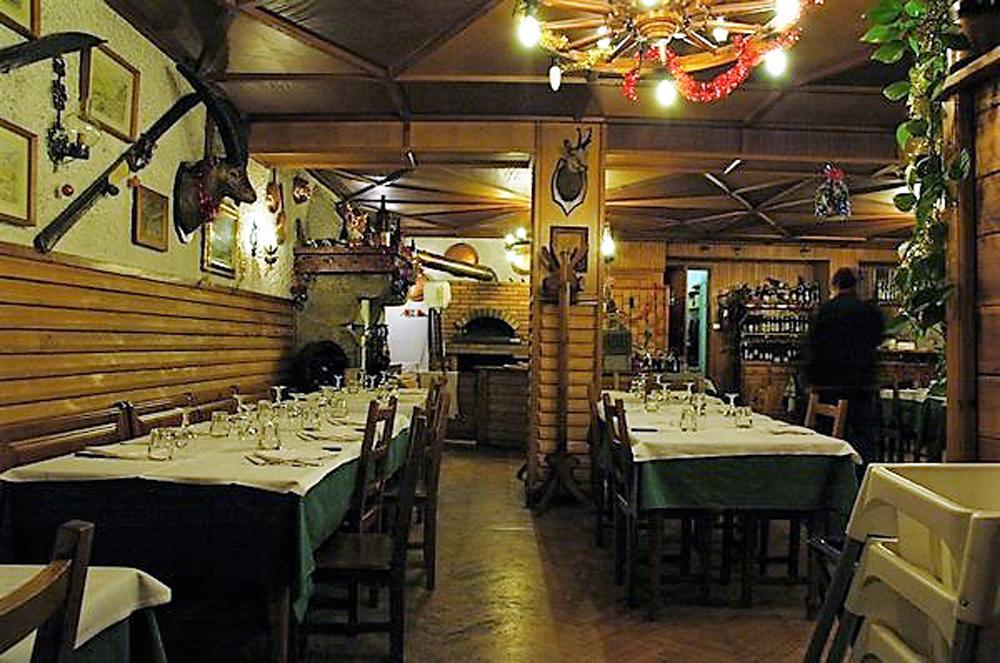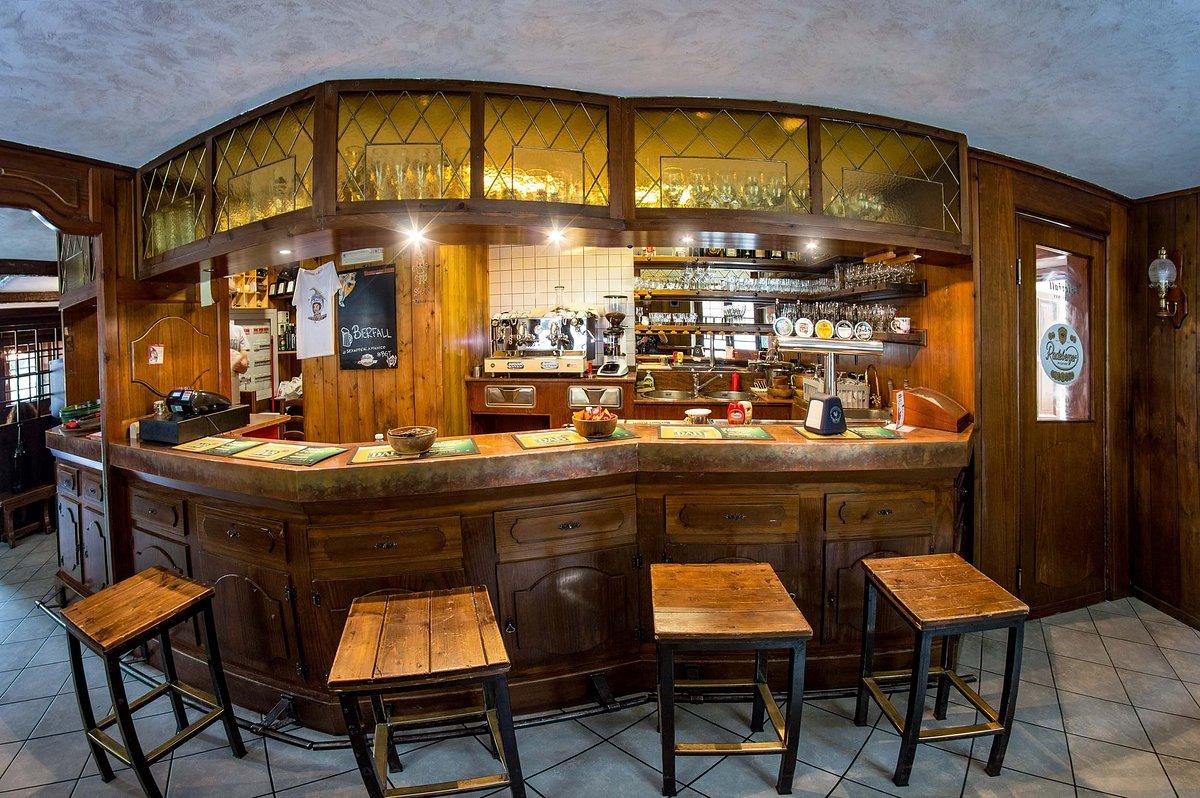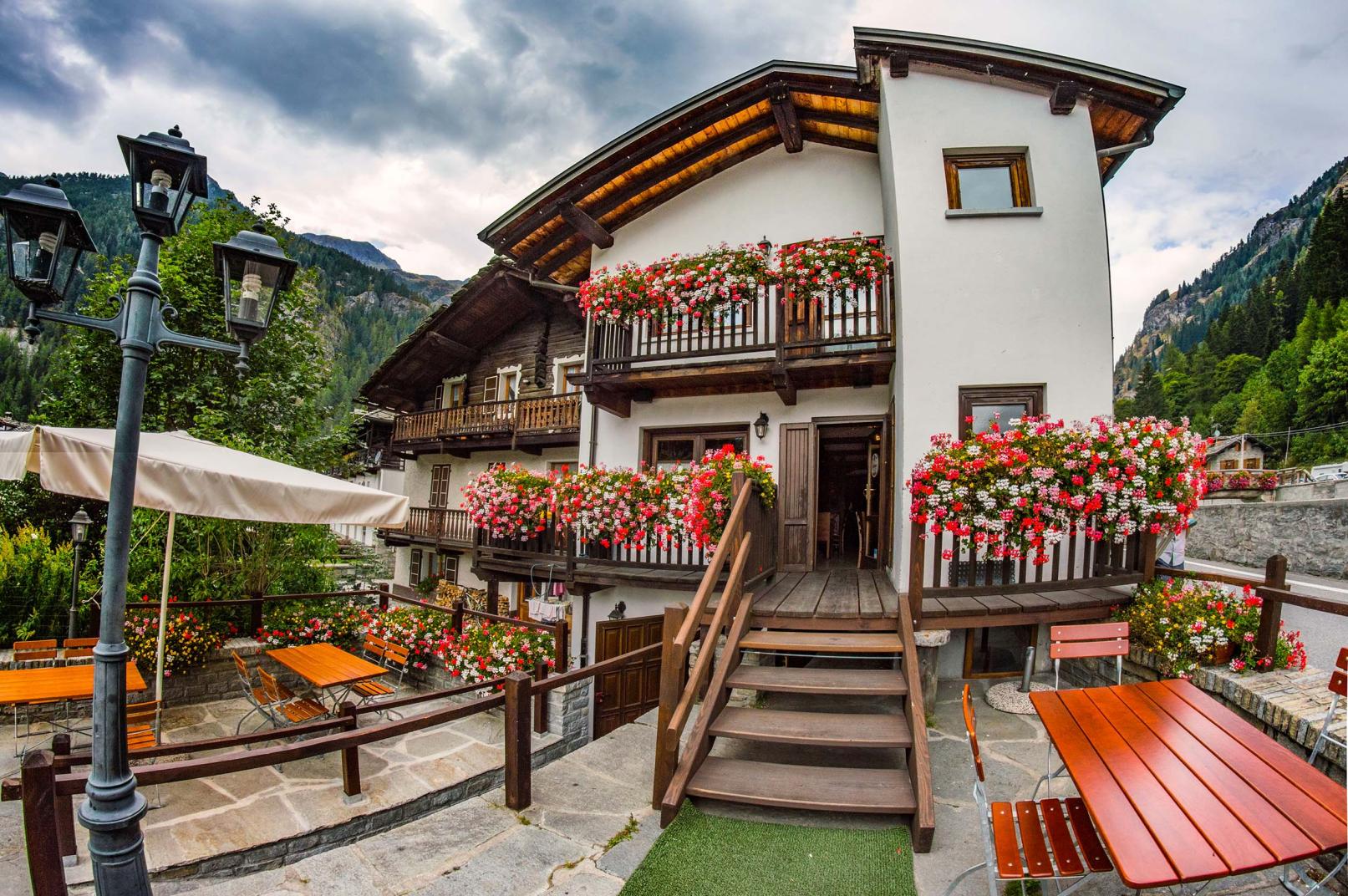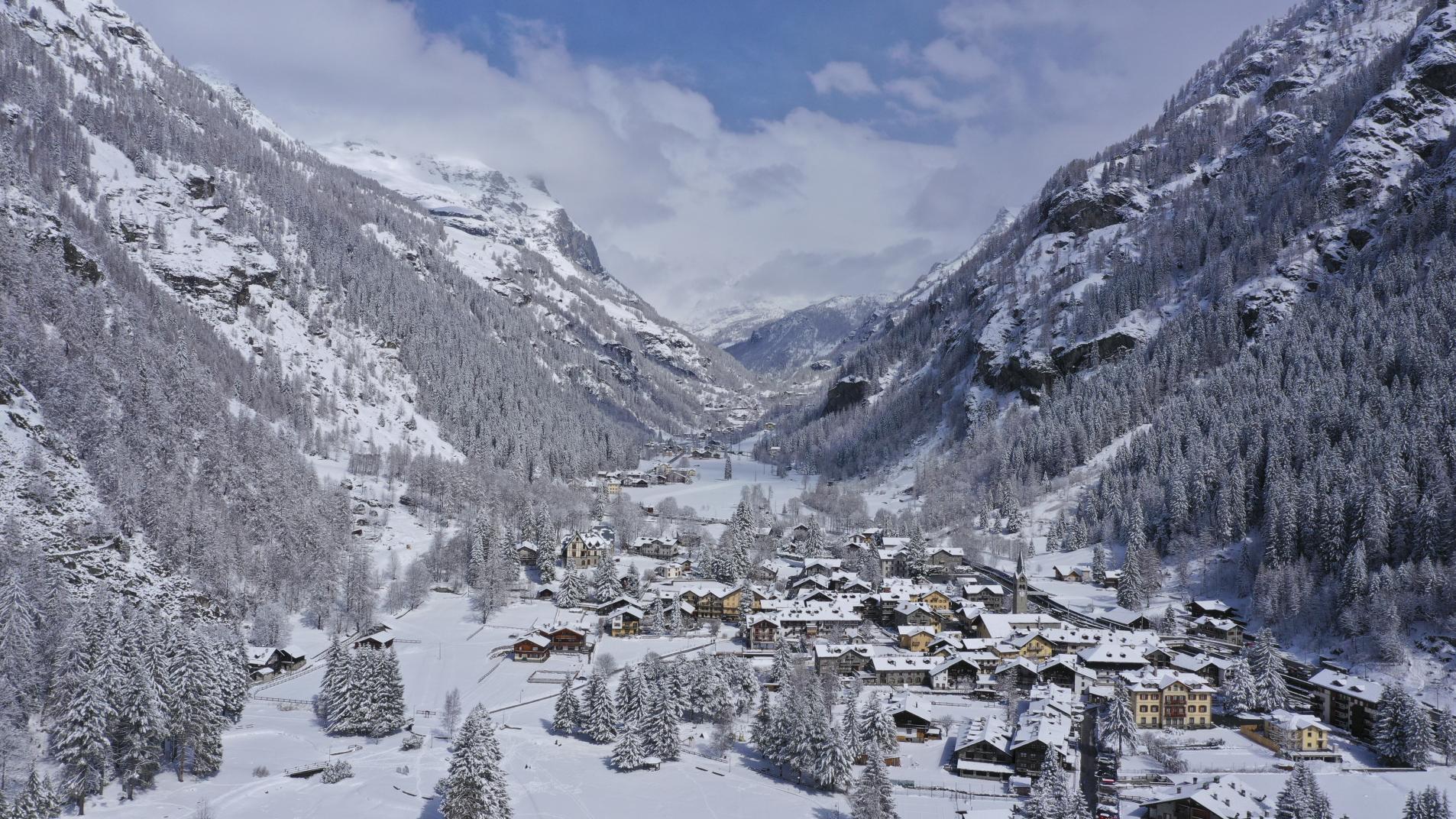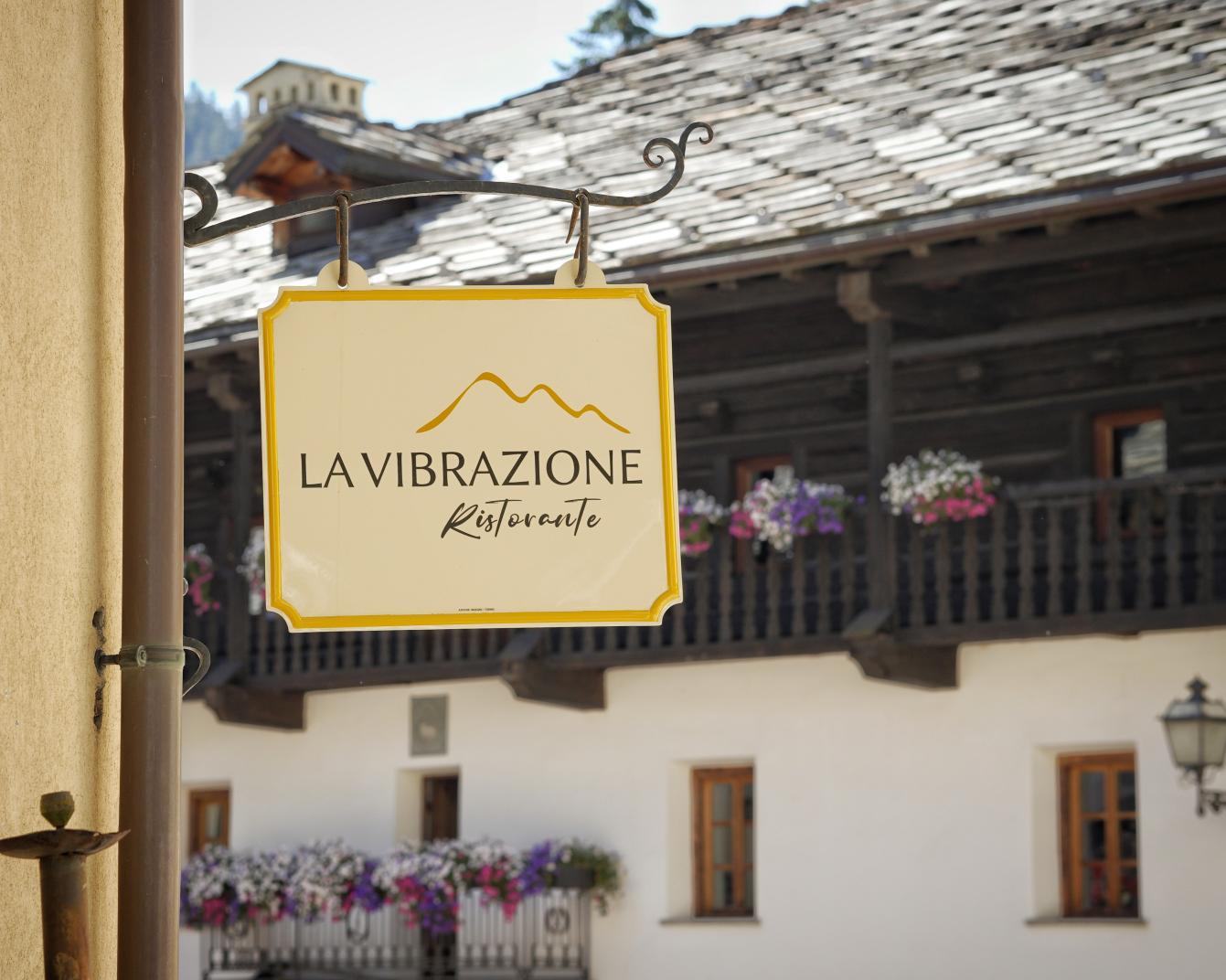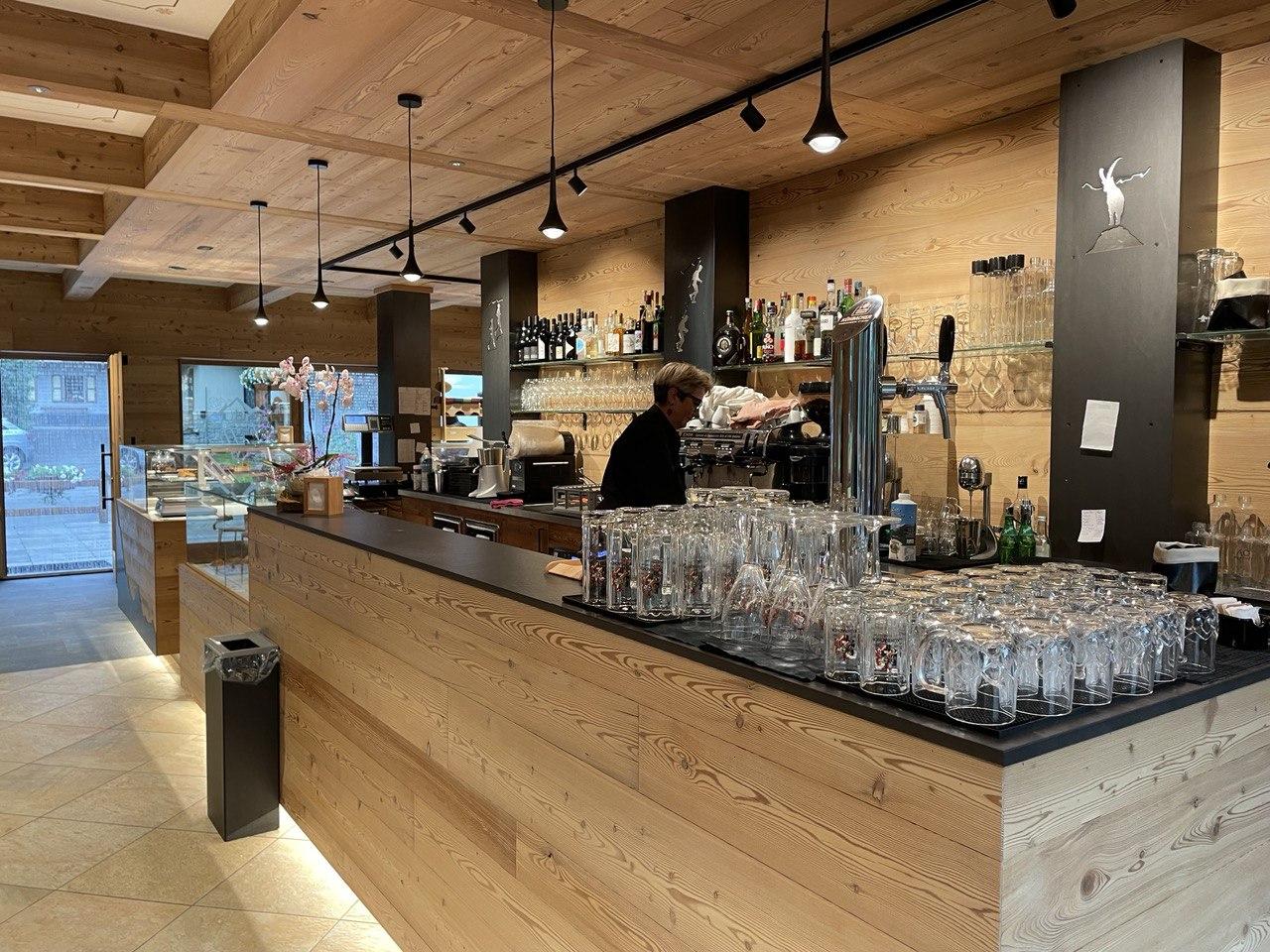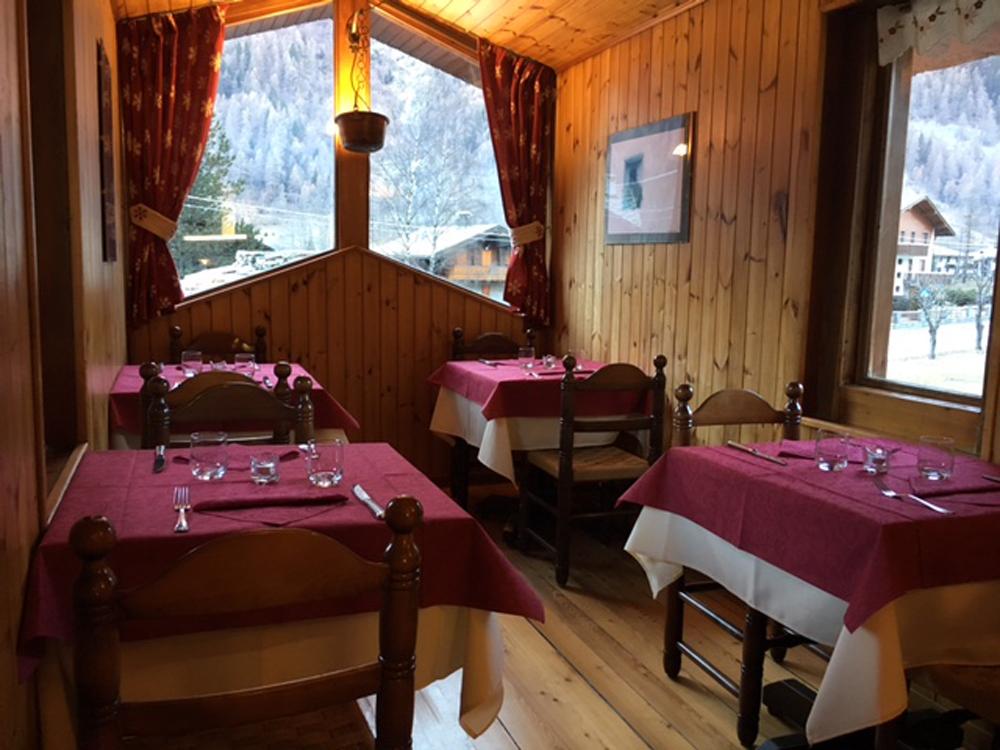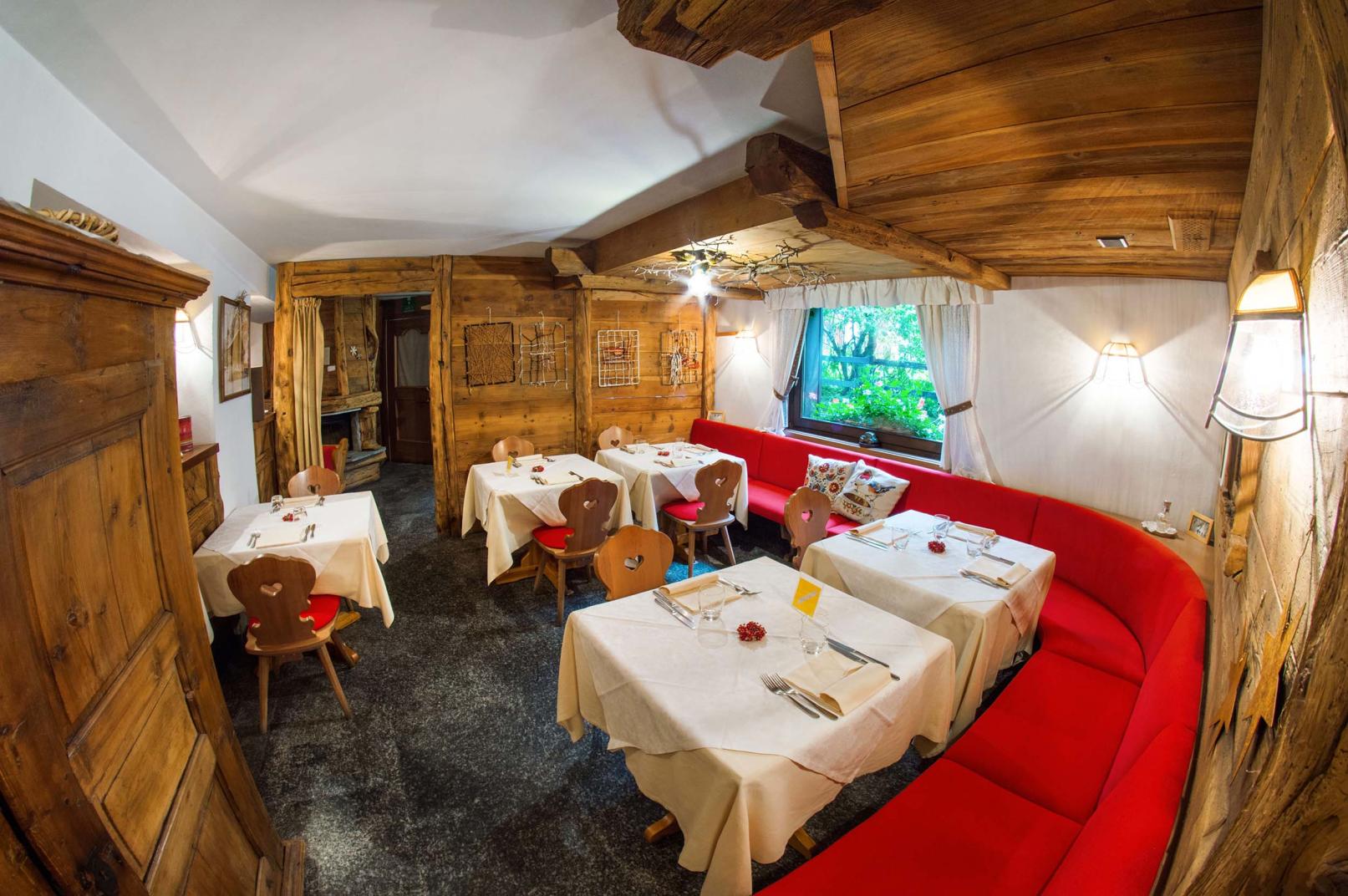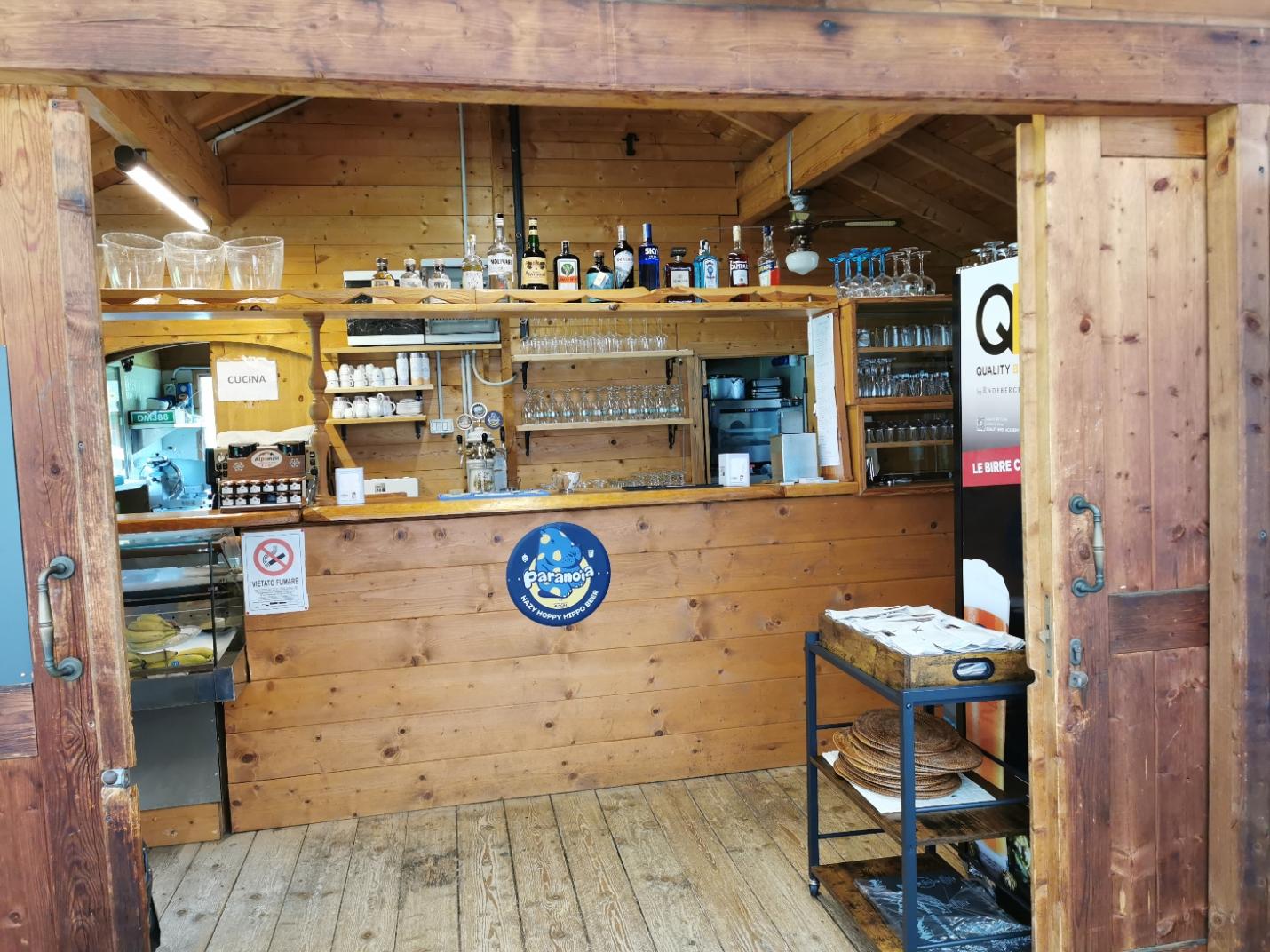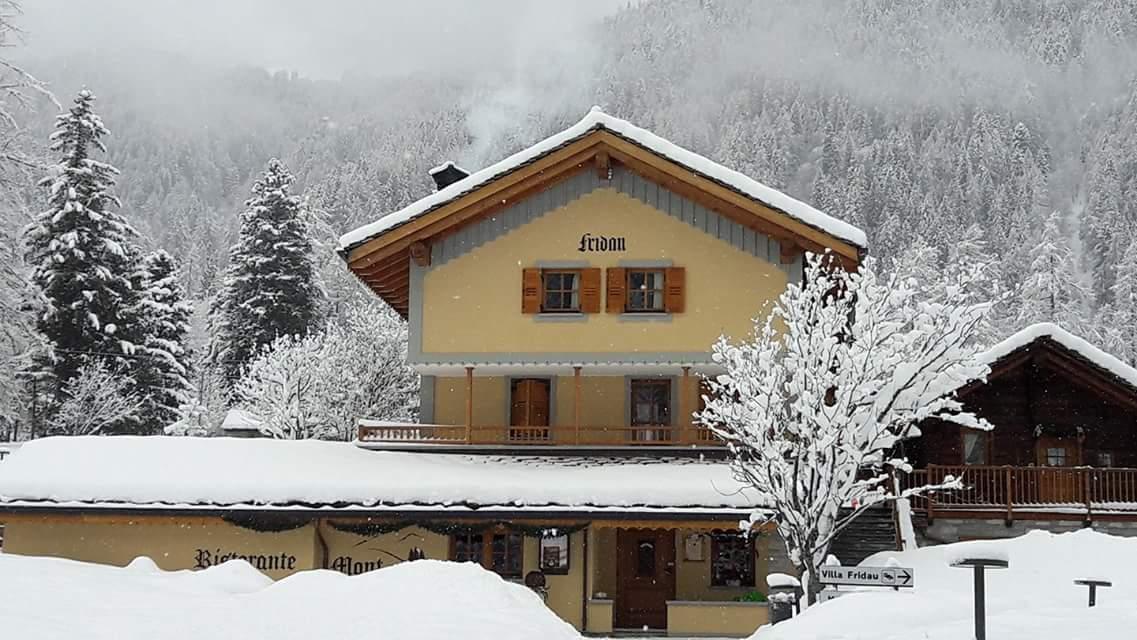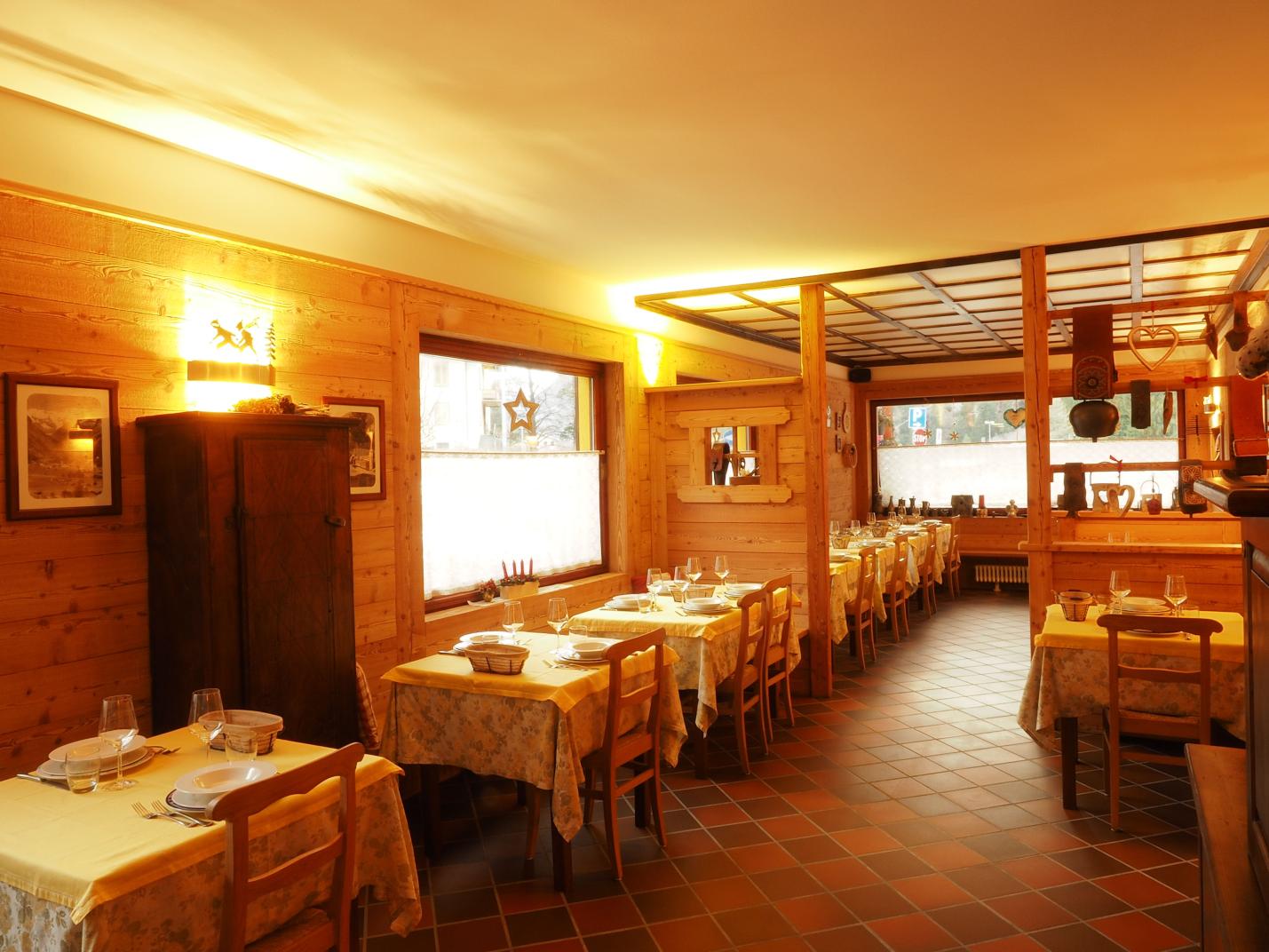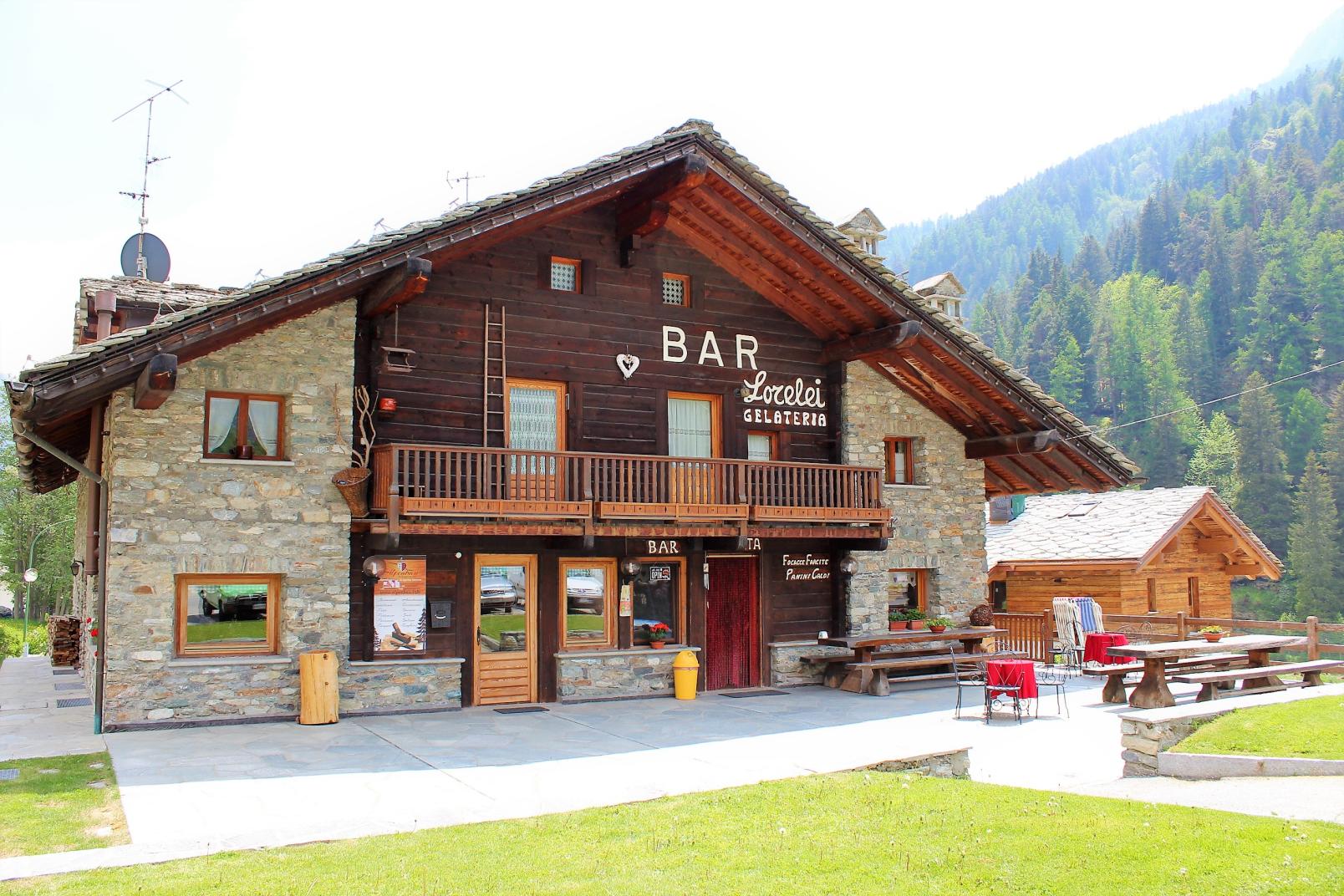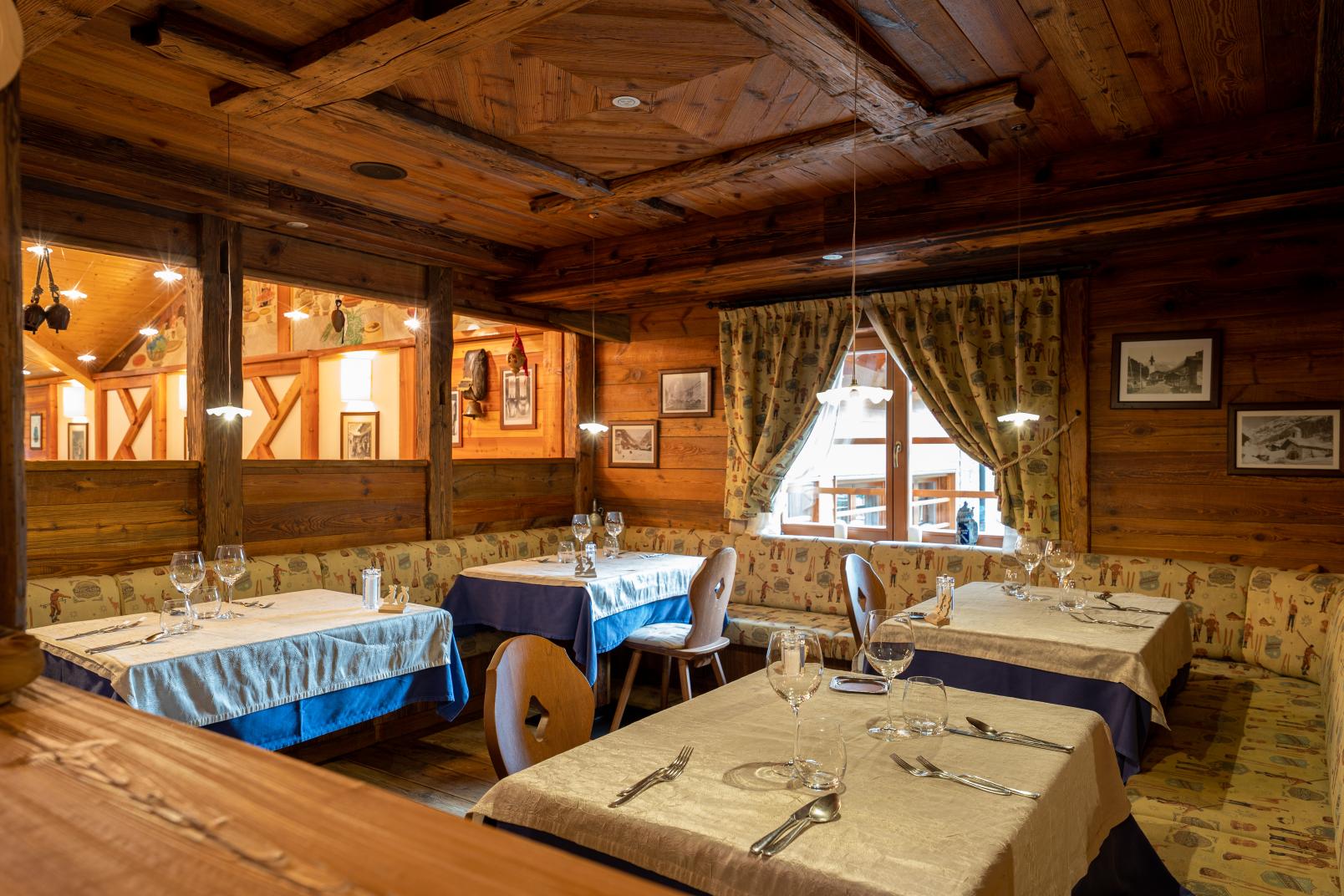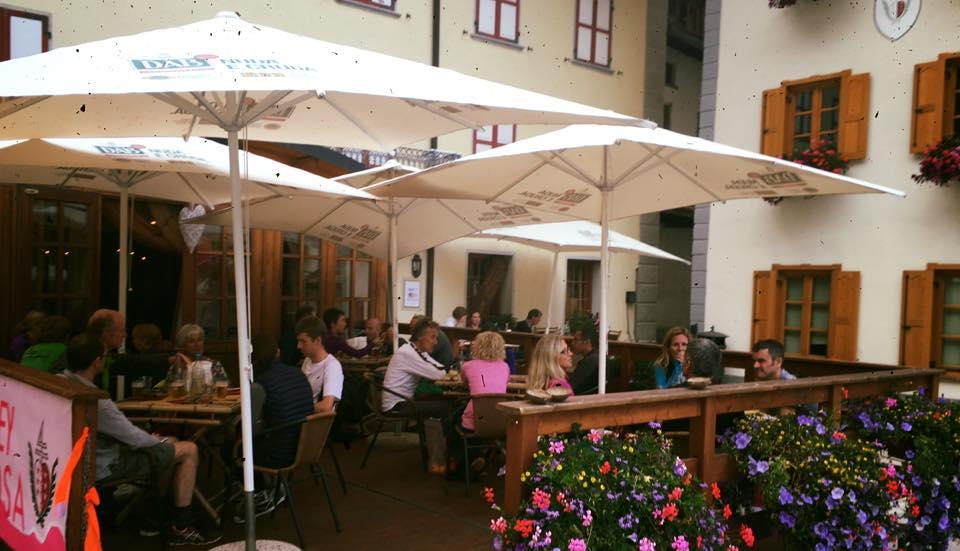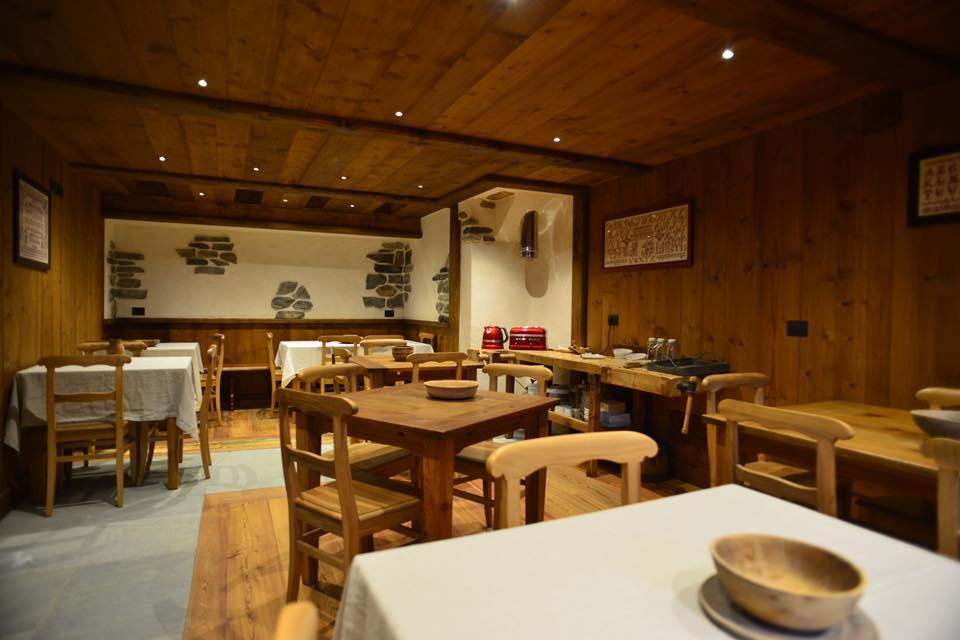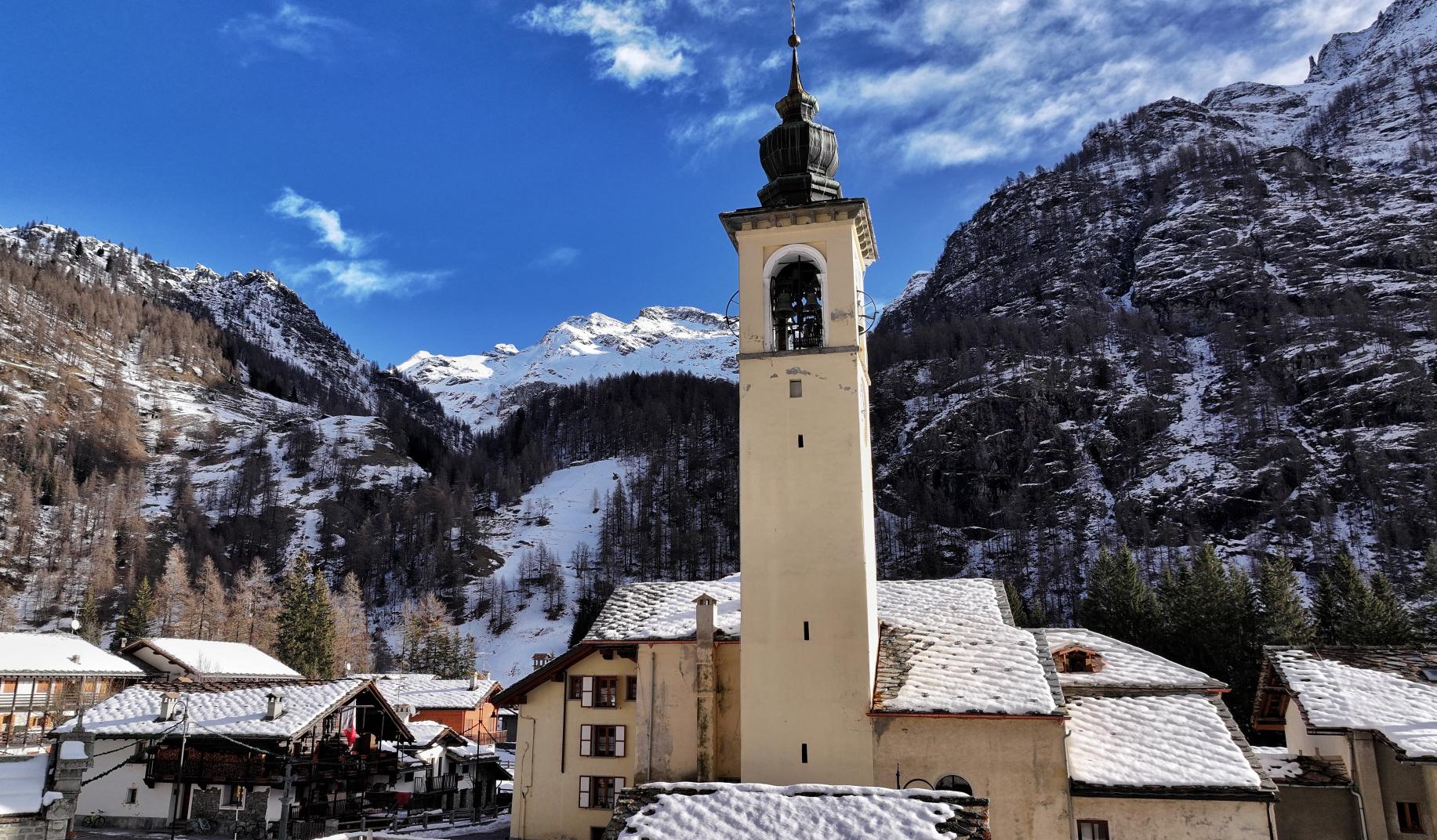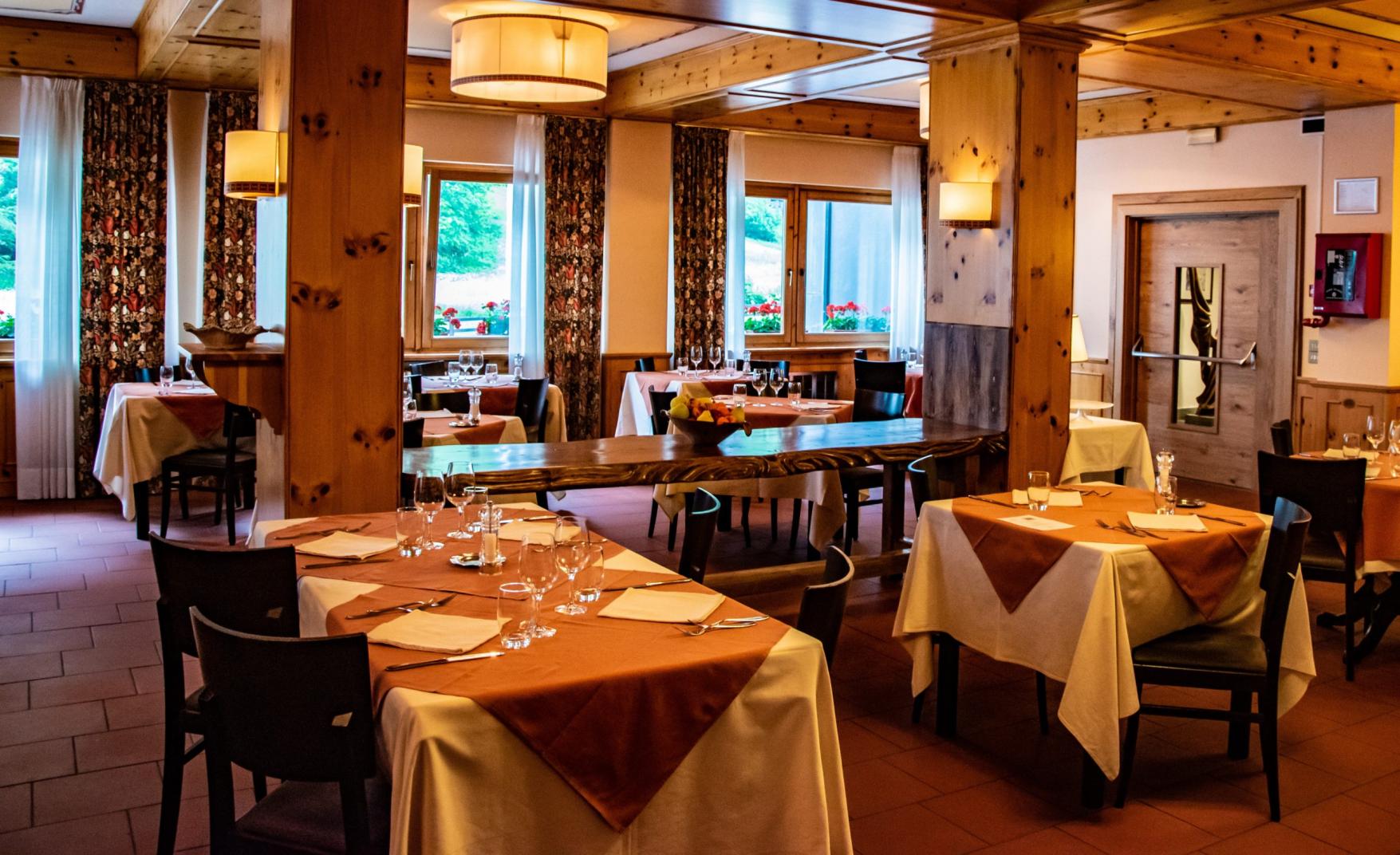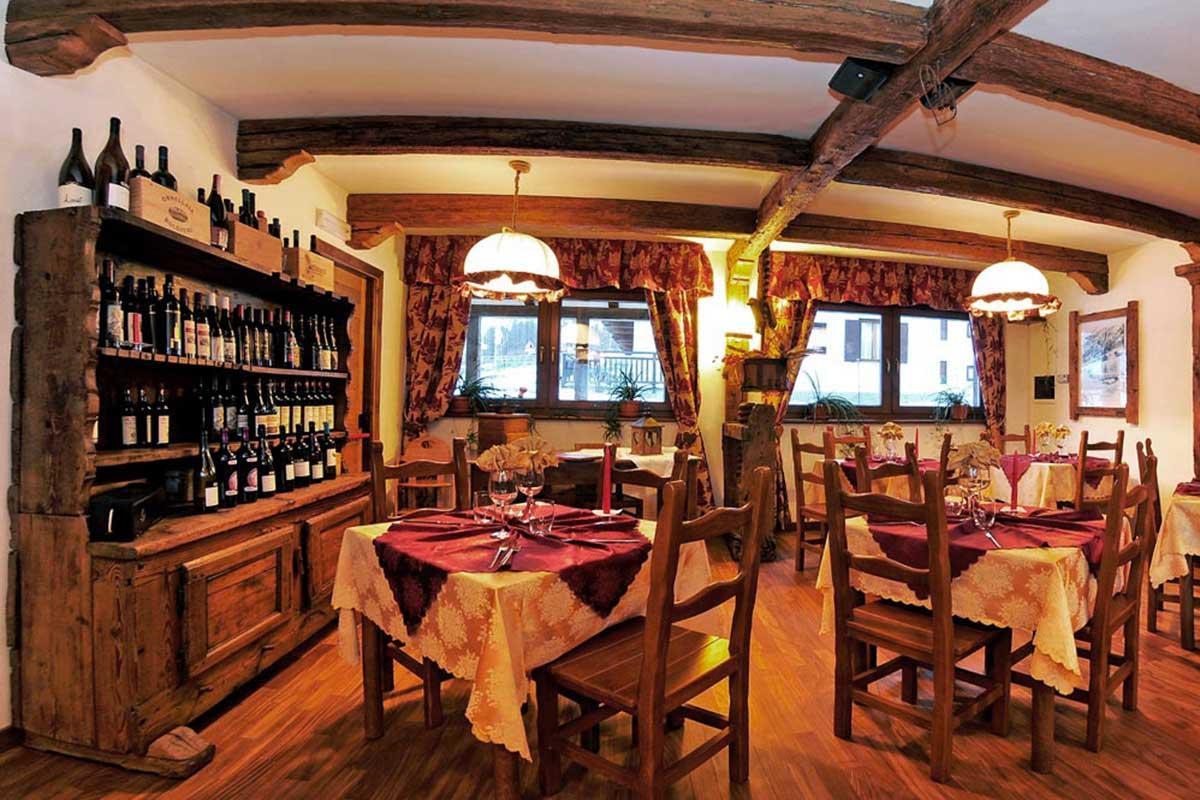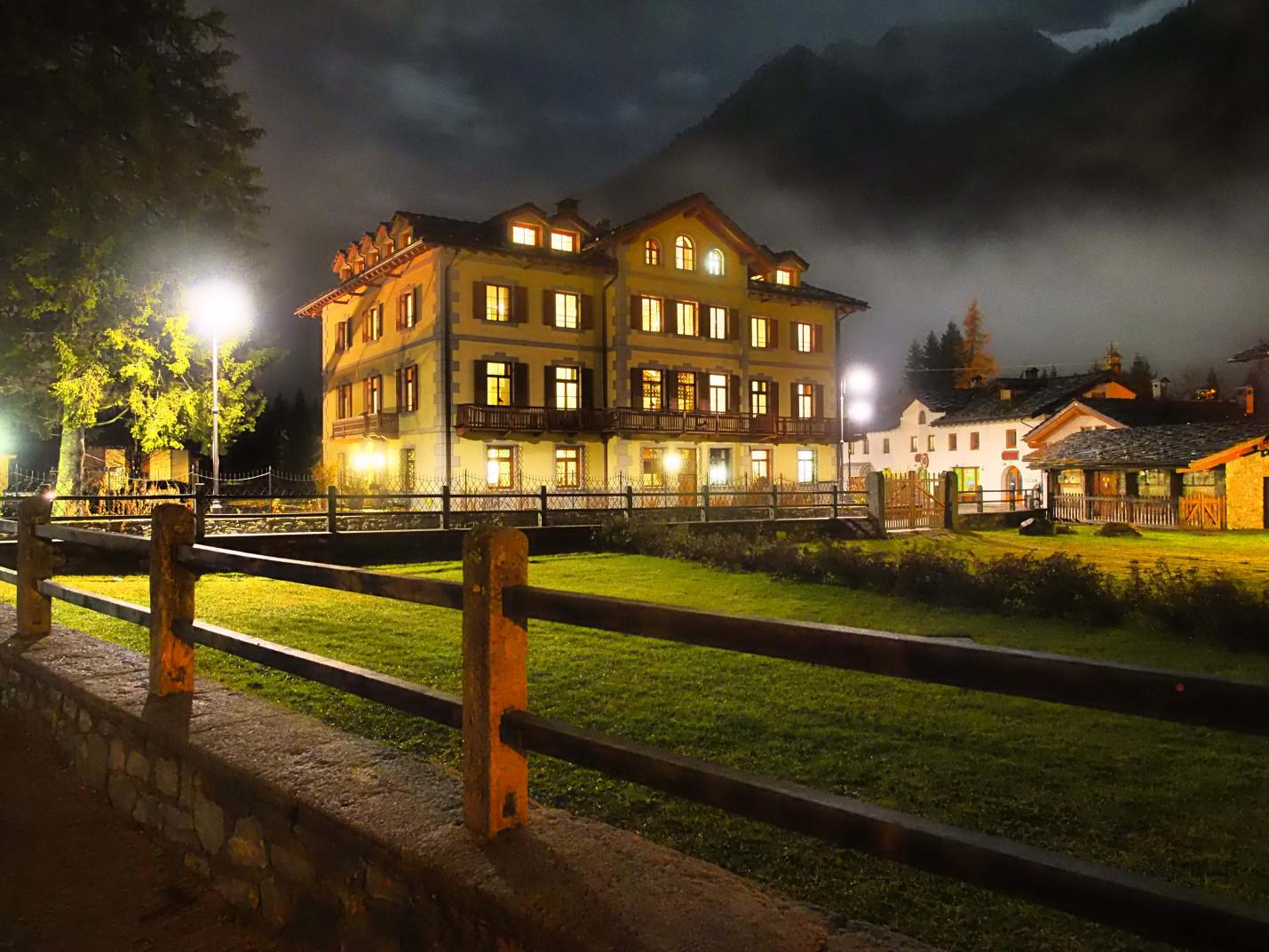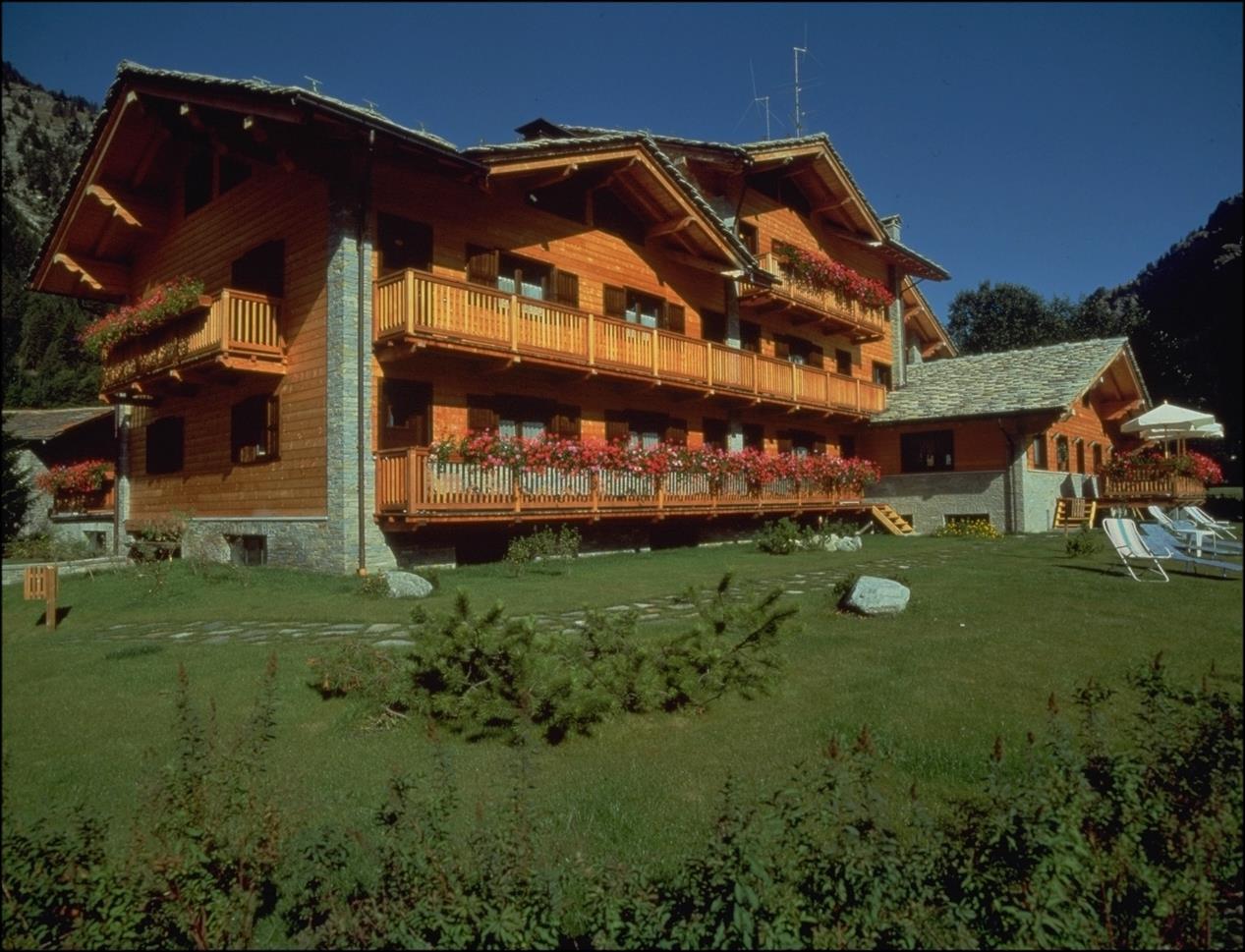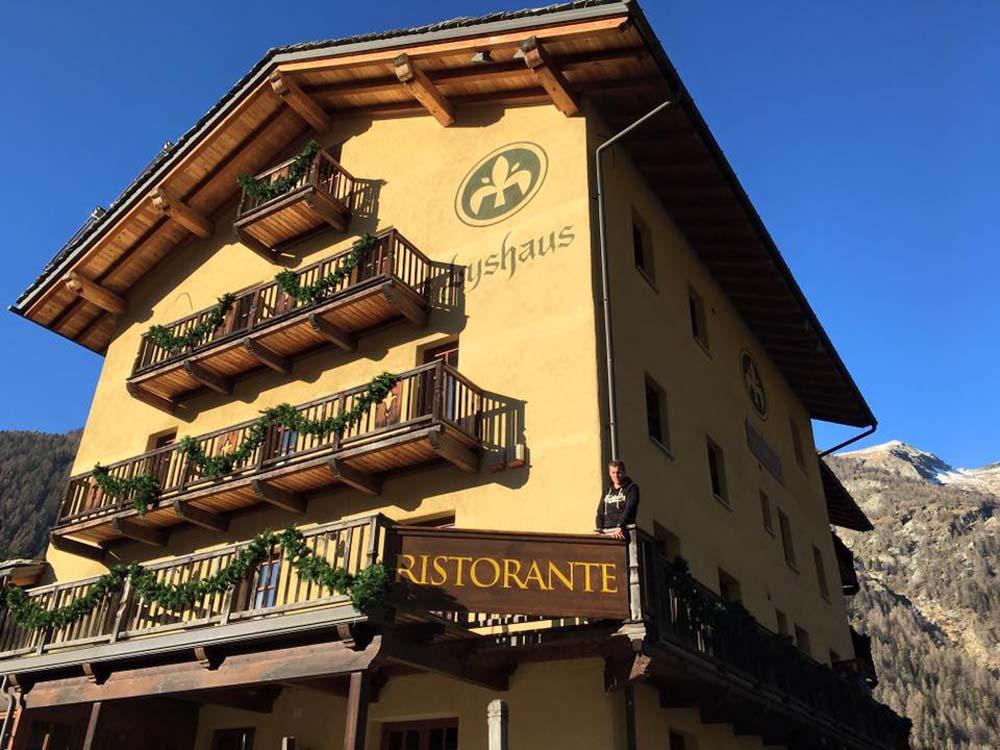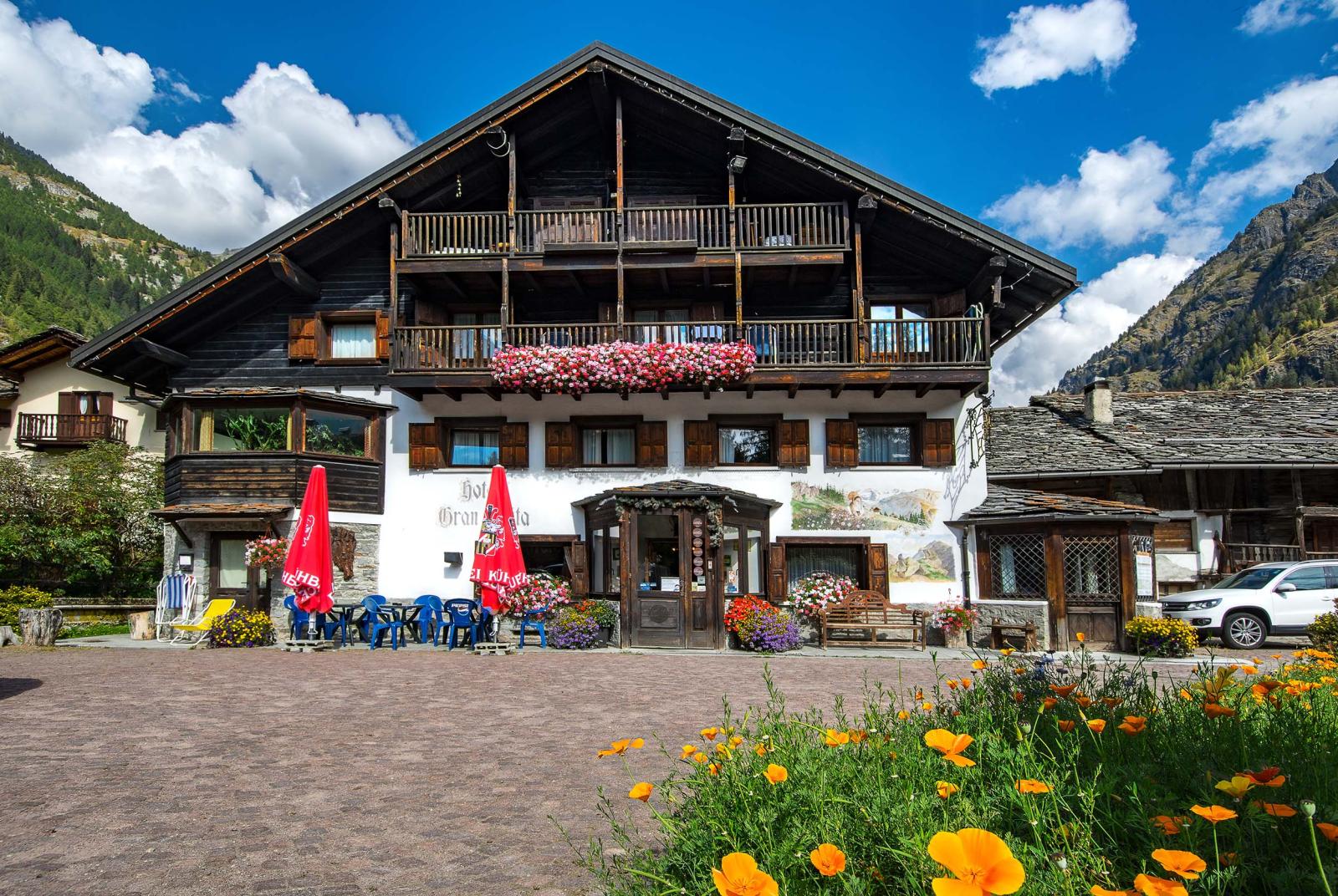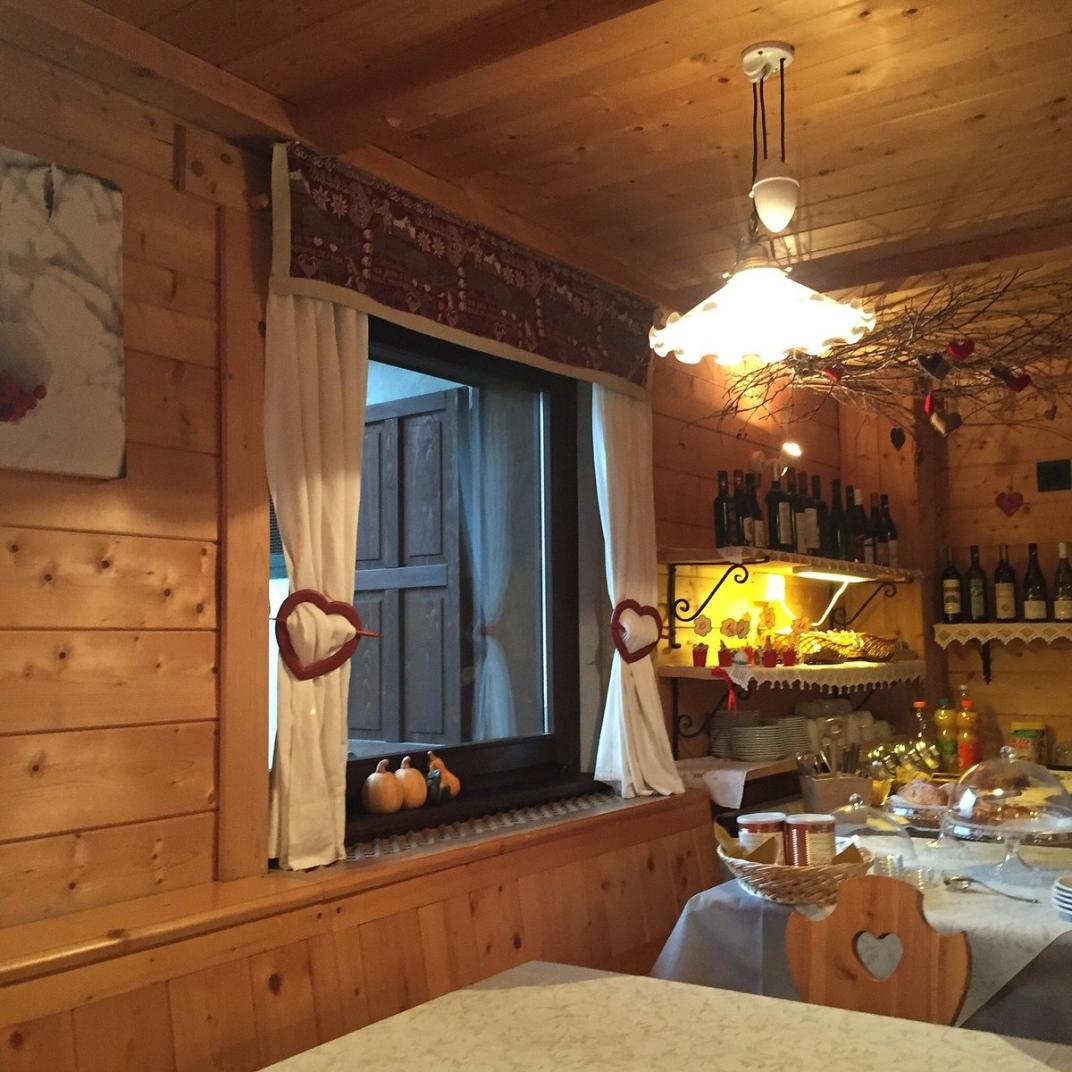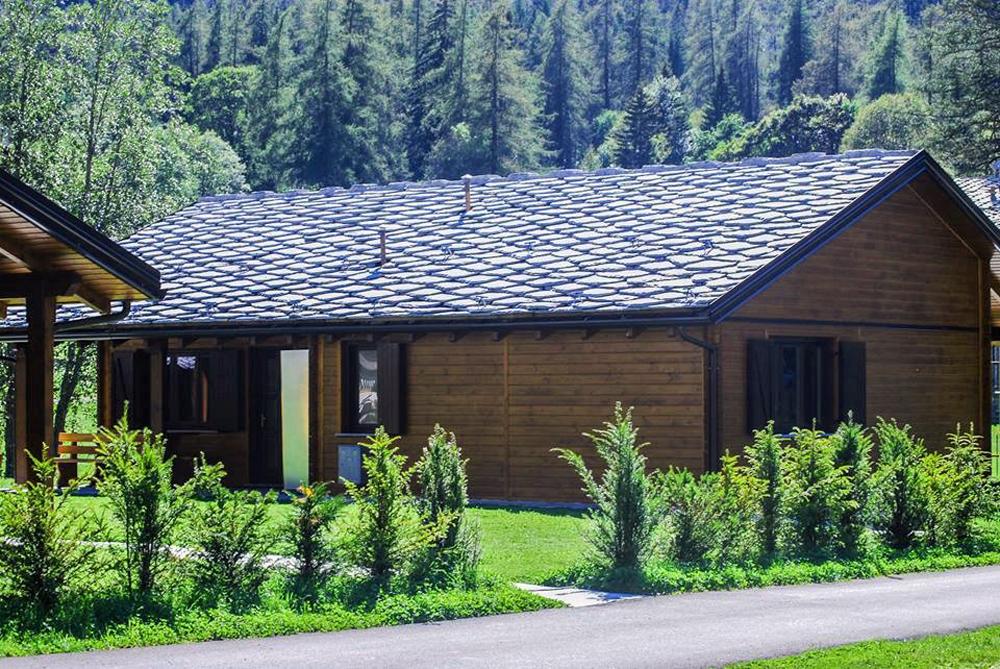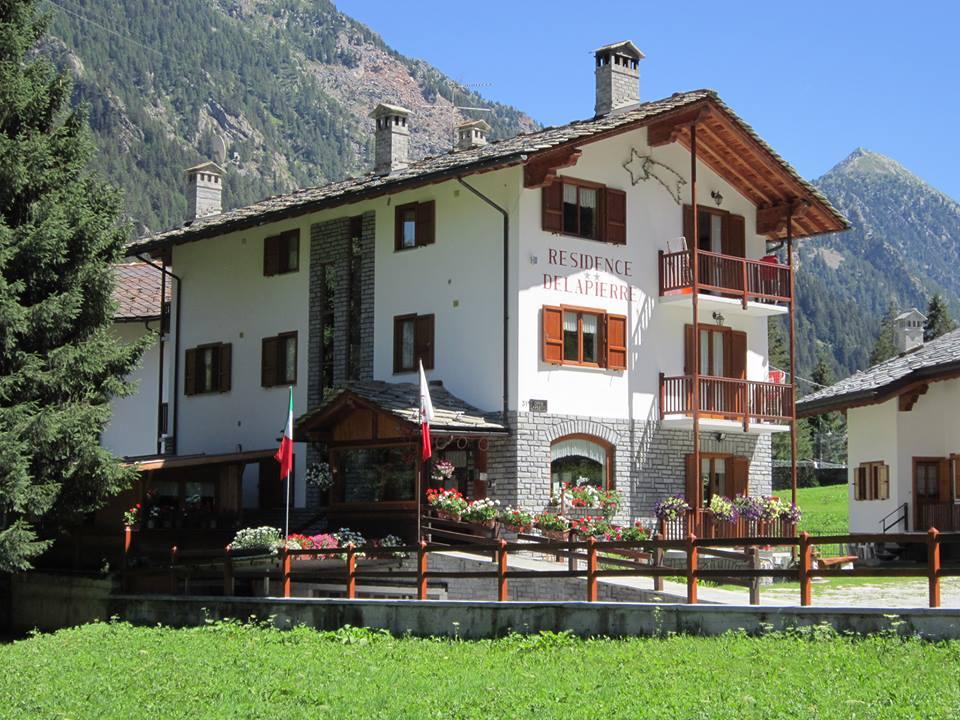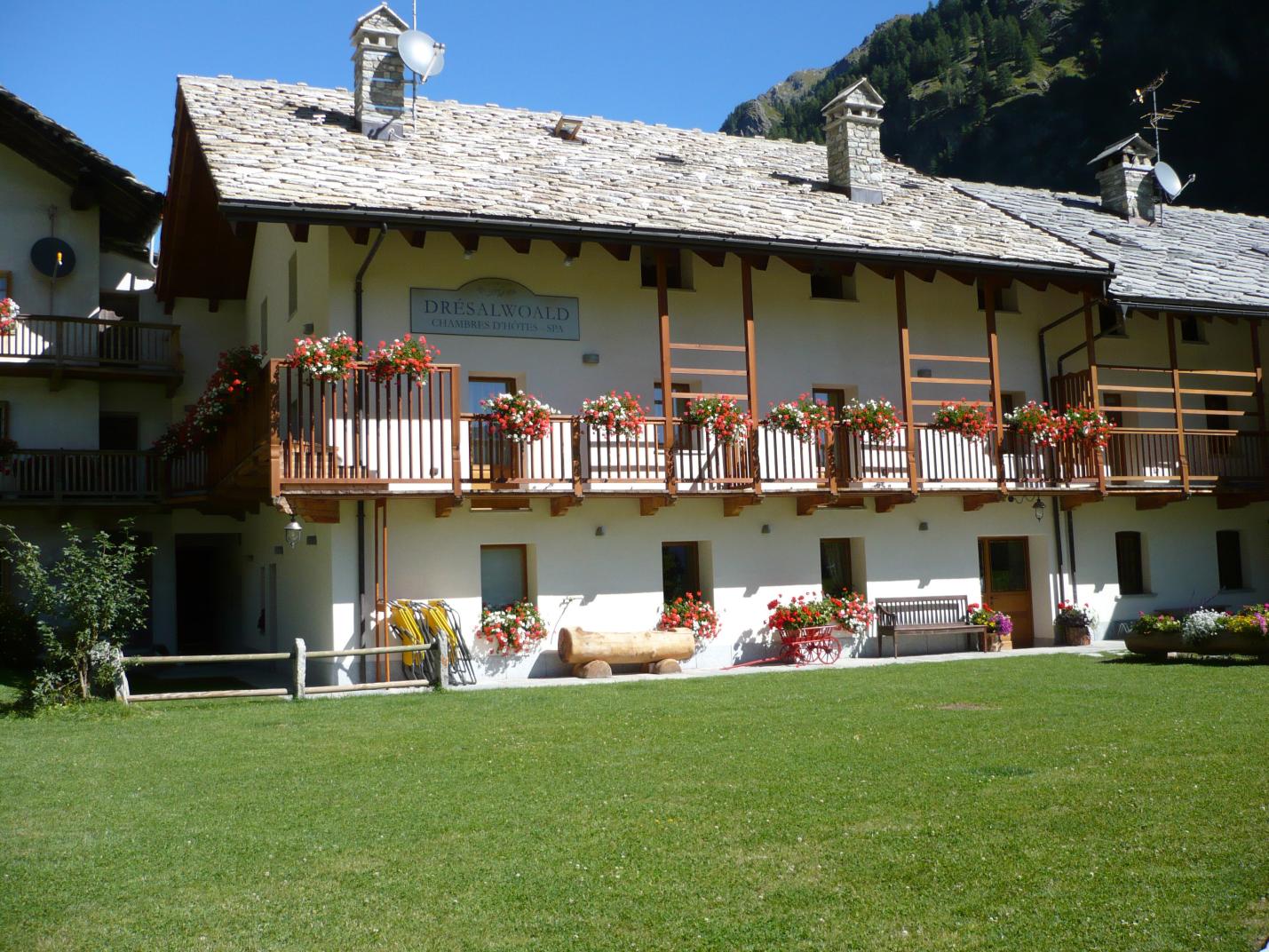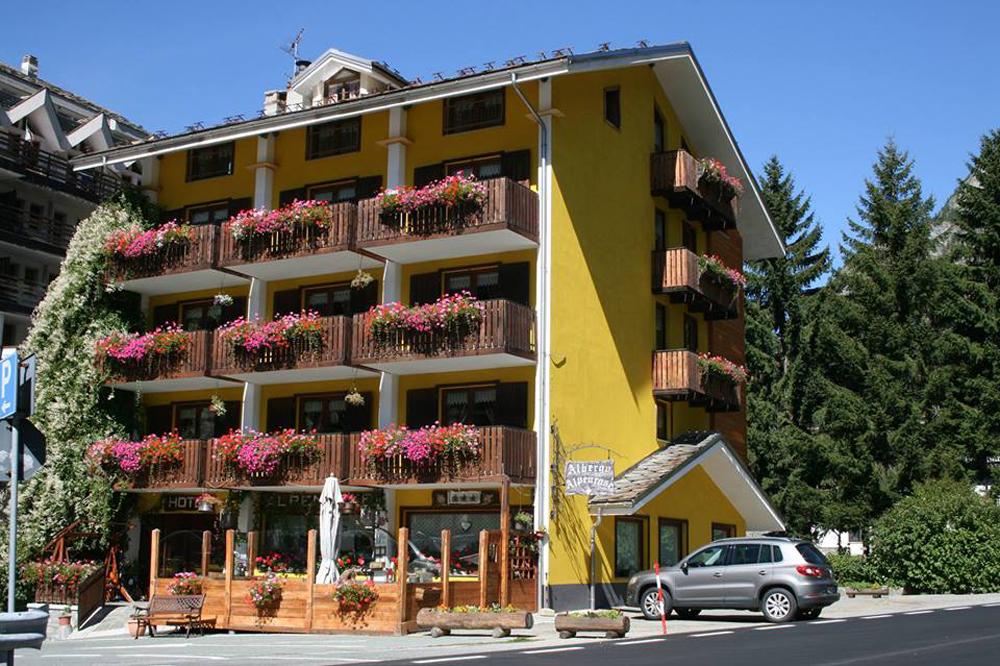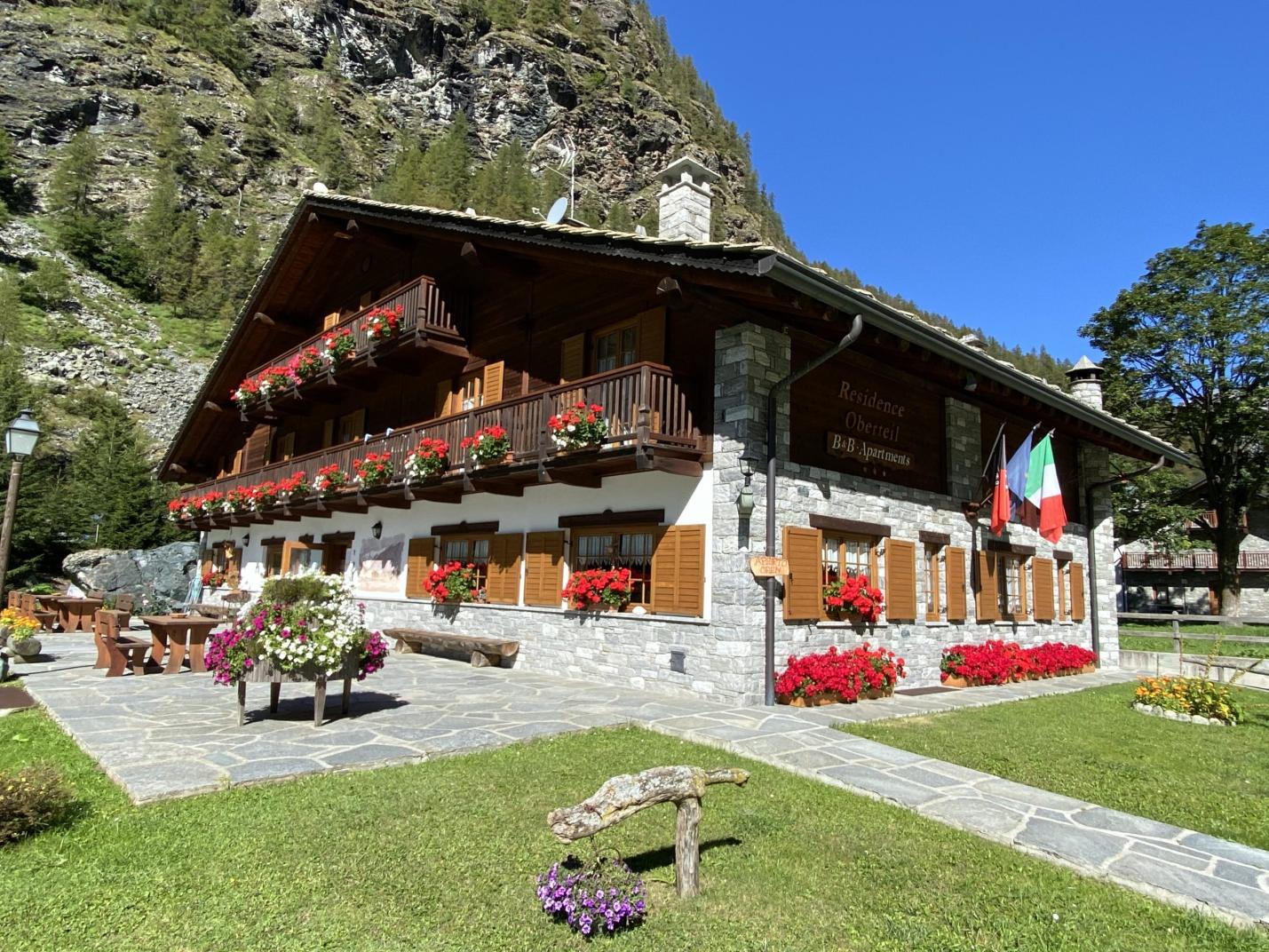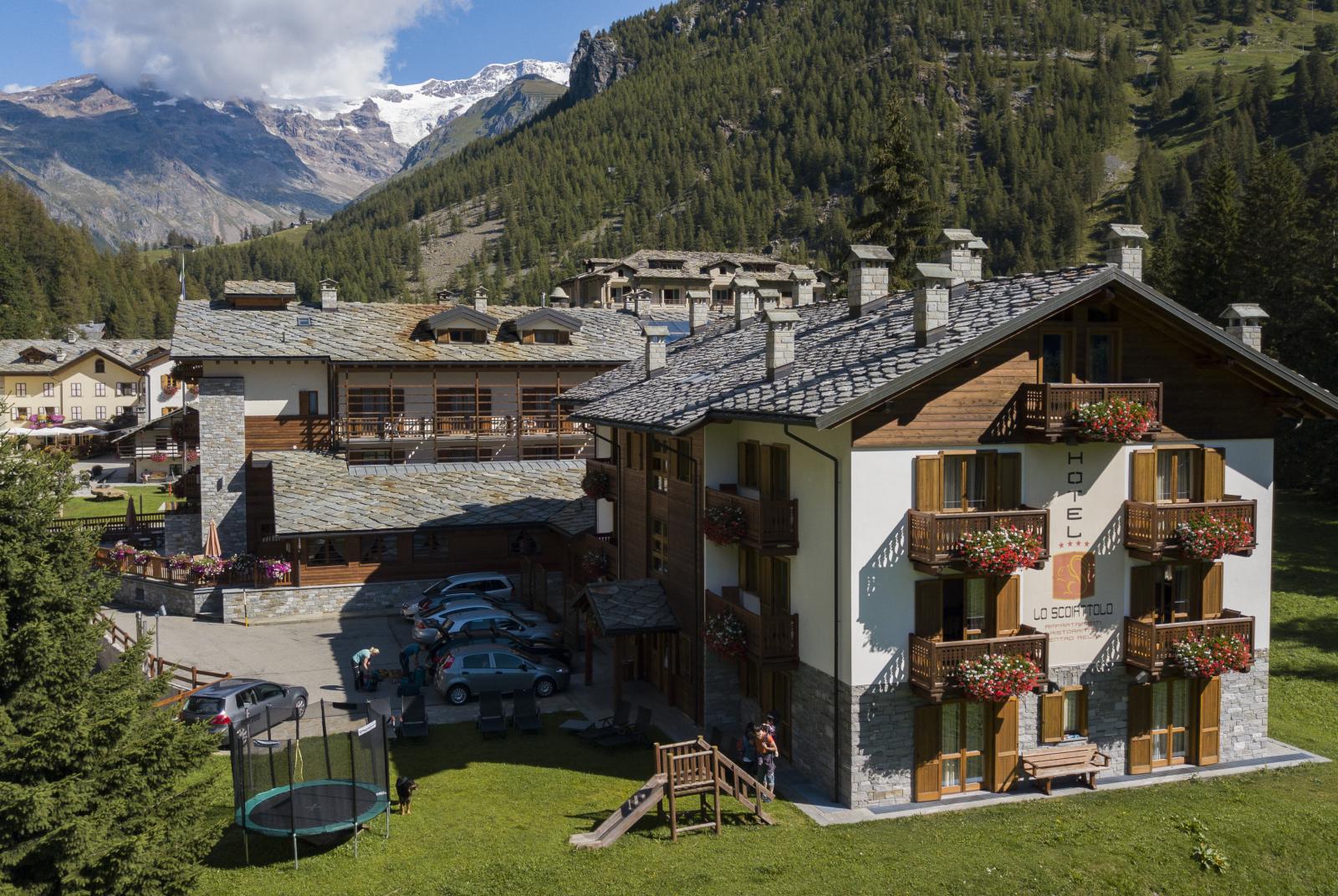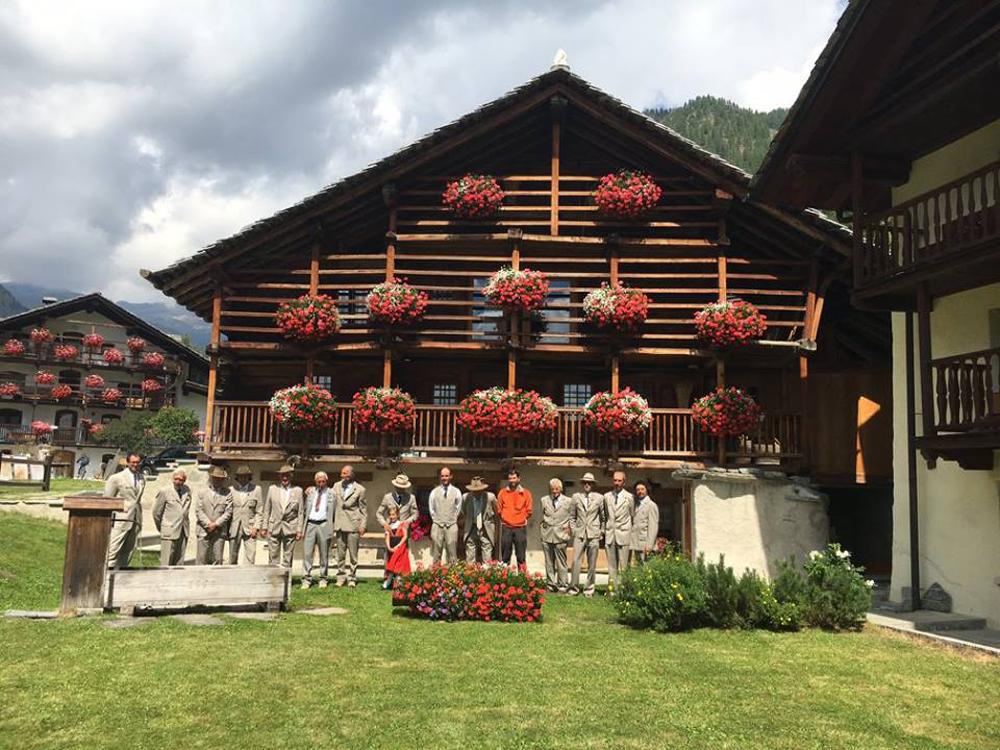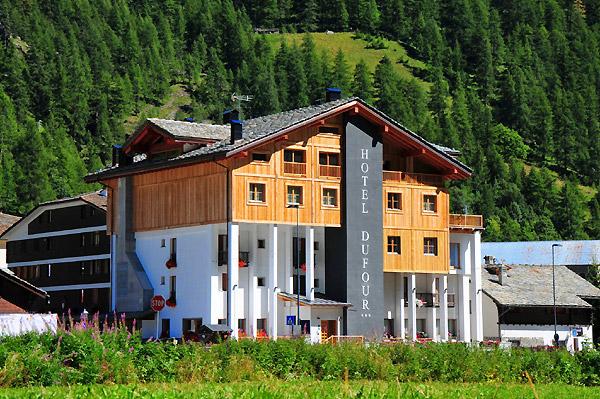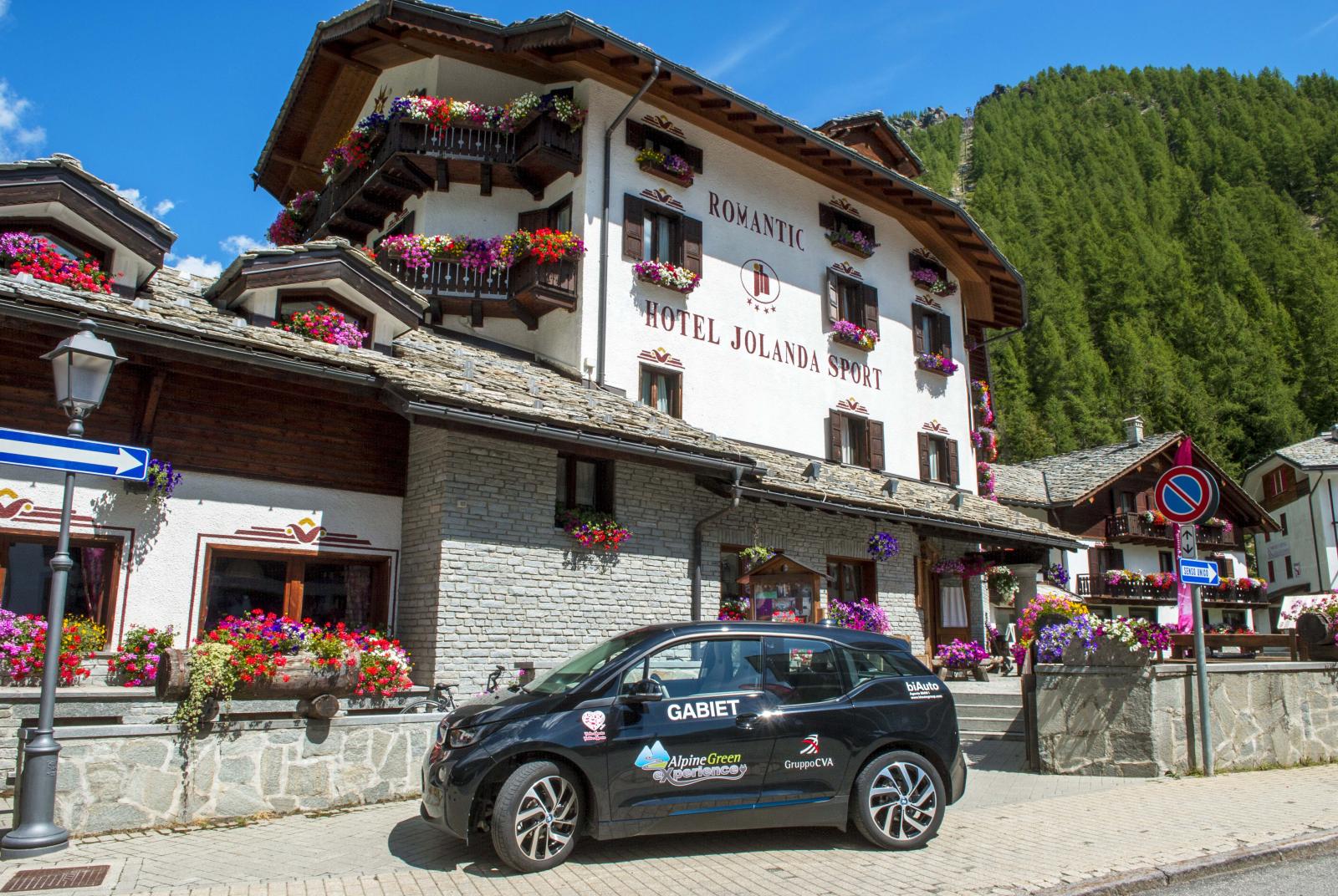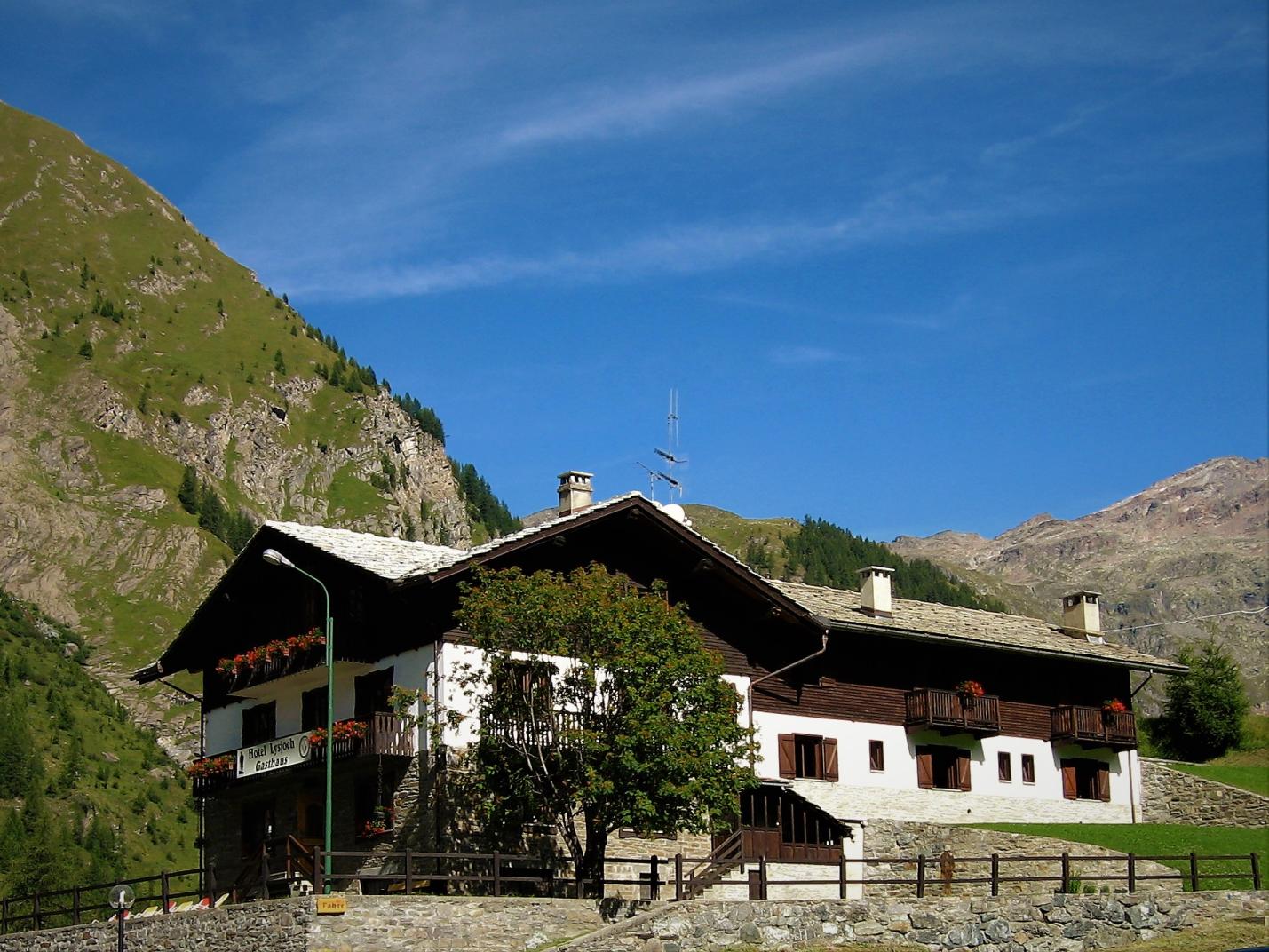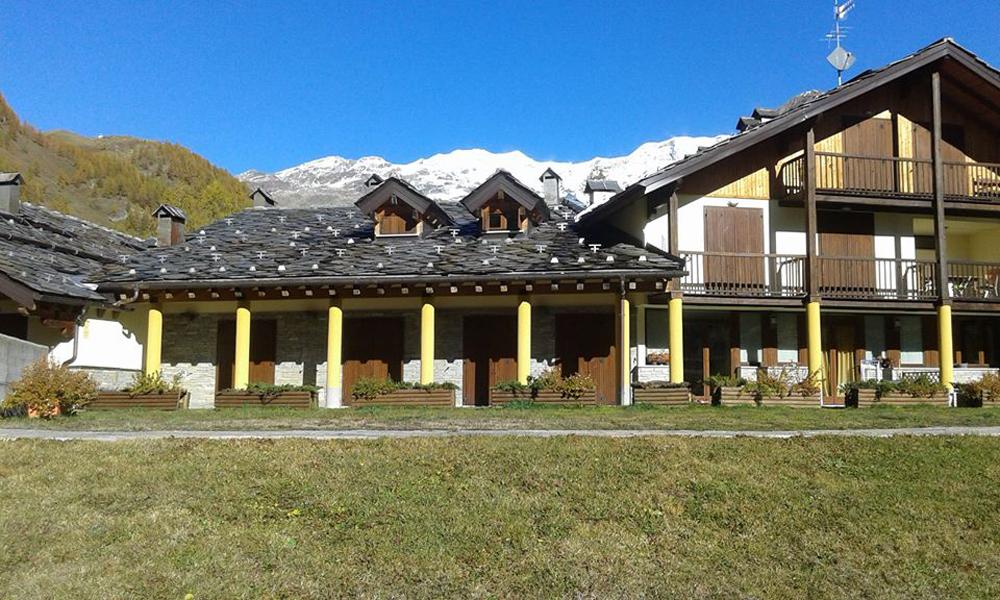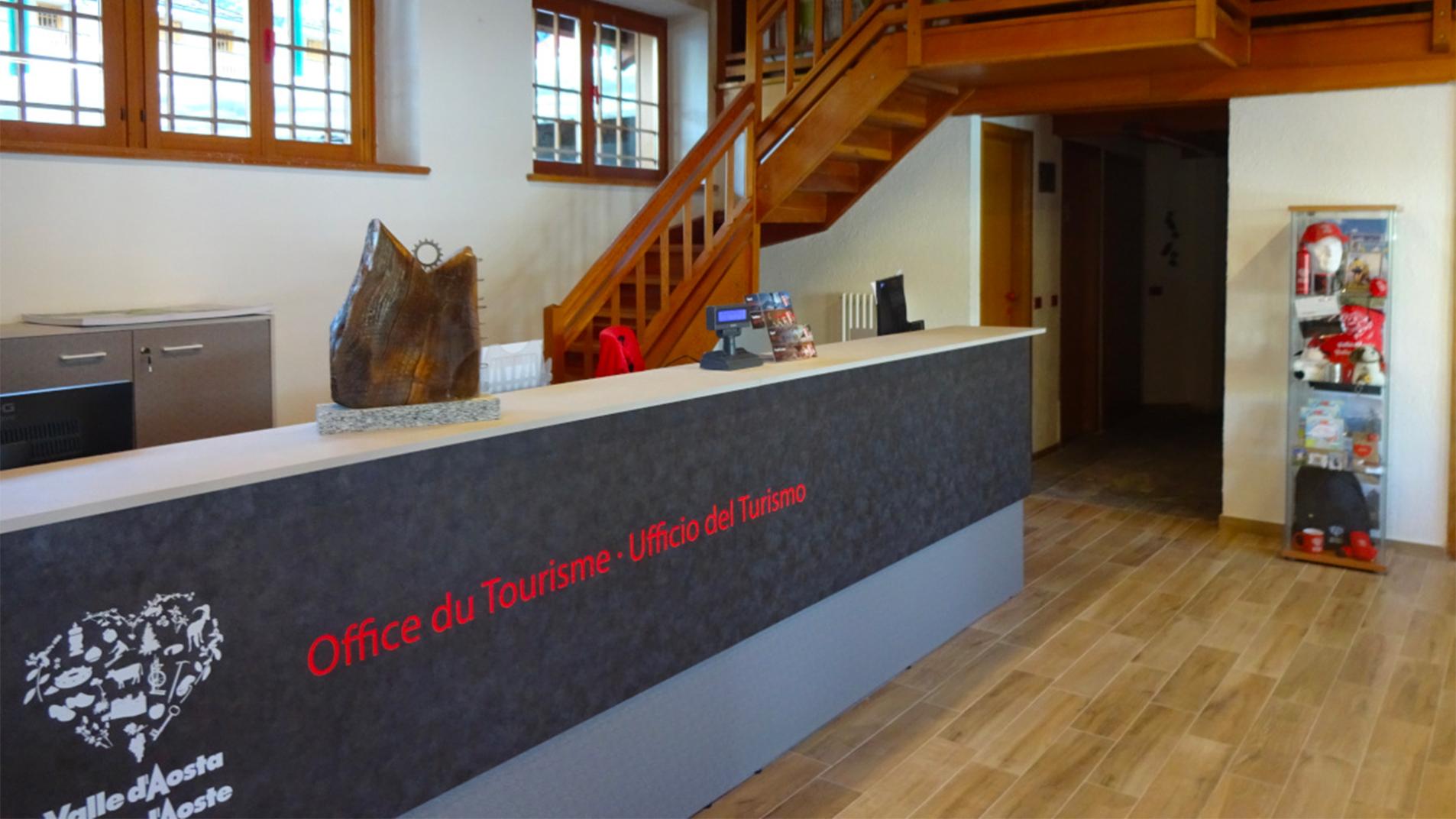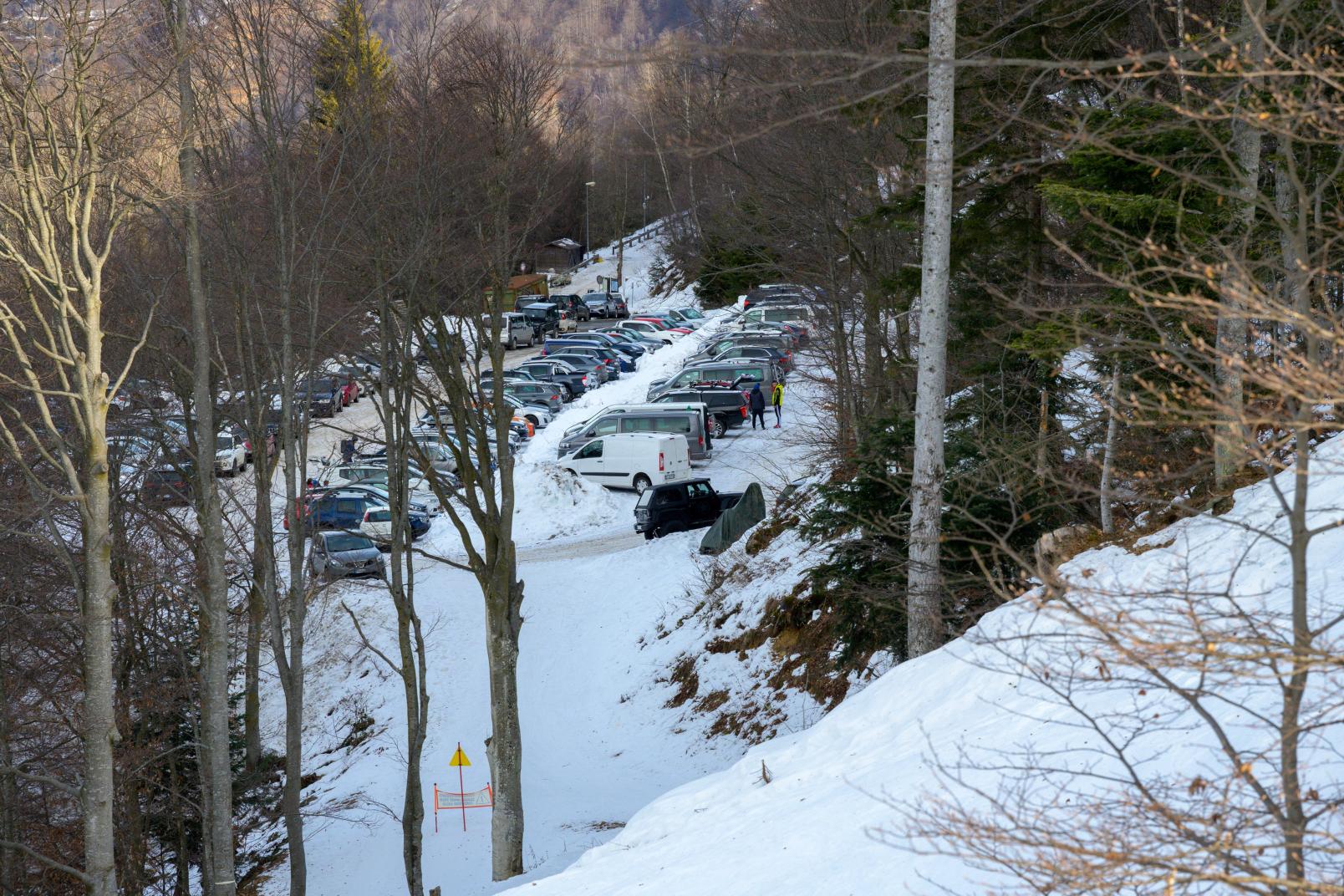At the foot of Monte Rosa, on a splendid plain in the Lys valley, Gressoney Saint Jean has always been a magnet for hikers, climbers and skiers.
A place enriched by history and traditions, linked to the Walser population, in whose presence it has left its mark in the culture, in the 'titsch' language and in the architecture of its villages, many of which are populated and well-preserved with their typical stone and wood houses, the 'Stadel'.
A visit to Gressoney-Saint-Jean is also worth it if only for a walk through the old town, among its little shops spread between the two beautiful little squares. The lower one, "Ondre platz", is named in honour of King Umberto I, to whom a monument is also dedicated, and is surrounded by characteristic 17th-18th century buildings, including the village's first wooden tavern, dated 1717, which has a stone shield of the Liscoz family on its exterior.
The upper 'Obre platz', where the buildings are more recent, 18th-19th centuries, is dominated by the beautiful church of St John the Baptist, renovated in 1733 but of even older origins.
On the façade of the church is a bronze bust representing Queen Margherita di Savoia of Italy, who was always very attached to Gressoney-Saint-Jean, so much so that between 1889 and 1925 she made it her usual summer resort, as well as the base for her excursions to the glaciers of Monte Rosa.
In 1893, at an altitude of 4554 metres, on the Punta Gnifetti of Monte Rosa, the Capanna Margherita, the refuge and meteorological observatory named after her, was inaugurated.
A visit to Castel Savoia, the fairy-tale summer residence that Margherita had built between 1900 and 1904, is a must. The fancy construction in local stone was designed by Emilio Stramucci in 15th-century Castelluccio Lombardo style, with five cusped towers. The interior, which can be visited, preserves the decorations of the period, as well as a scenic oak staircase with a double helicoidal ramp.
Next to the Savoy Castle, an alpine botanical garden houses in a series of rock beds flowers and main plants from the Aosta Valley mountains and also from other parts of the world.
While waiting for her castle to be completed, Queen Margherita spent her holidays from 1889 to 1903 in the villa of the Barons Beck-Peccoz, three floors designed in Art Nouveau style, with furnishings from Germany, including large glazed ceramic stoves. Today, the villa, known as Villa Margherita, is home to the Gressoney-Saint-Jean municipality.
A reminder of the illustrious baronial family is the 'Beck-Peccoz' Alpenfaunamuseum, just outside the village, which exhibits the most significant specimens of the region's fauna. It is dedicated to Baron Anton, who built this house in 1903 to display his family's collection of hunting trophies gathered during the 19th century. The collection of around 2,000 pieces (antlers mounted on shields) includes chamois, ibex, deer, roe and various trophies of domestic and exotic wildlife, weapons, as well as valuable family relics such as portraits, paintings, books and publications on Alpine fauna and flora.
Near the village is also Gover Lake, surrounded by centuries-old pines and firs, which reflects the beautiful panorama of Monte Rosa. It is an ideal destination for families, who find a large, well-equipped playground, as well as for those who wish to go fishing in summer or skating in winter.
A 30-minute walk in the woods connects the lake to the Savoy Castle, is called the Queen's Walk and is one of the many itineraries that lead to the wonderful places that this beautiful village is so rich in.

